Not only is the land of great resources, the homeland of epics and gong musical instruments, the Central Highlands is also rich in cultural identity with many unique festivals such as the Buon Don Elephant Racing Festival, the Coffee Festival, the Gong Festival, the Ben Nuoc worshiping ceremony..., of which the most prominent is definitely the Po Thi (grave abandonment) ceremony.
The
Po Thi (grave abandonment) ceremony is considered the largest festival, with high cultural value and community spirit of the Jrai (Gia Rai) people. The Gia Rai believe that death is a transition to live in another world - the world of ancestors. Therefore, every day, the living still visit the graves of their relatives, clean them and bring food and water to the deceased. This only ends after the
Po Thi (grave abandonment) ceremony is completed, usually from 1 to 3 years, depending on the family's economy. Because this is a big, expensive ceremony that requires careful preparation, poor families will "raise the ghost" for 1 year and then abandon it, while richer families can extend it to 3 years. In addition, the work of building a tomb also takes a long time, sometimes lasting a whole month. Villagers often help the homeowner build the tomb.
Every year, from the end of February to April, after the harvest, the Gia Lai people in the Northern
Central Highlands will organize the
Po Thi ceremony for the dead.
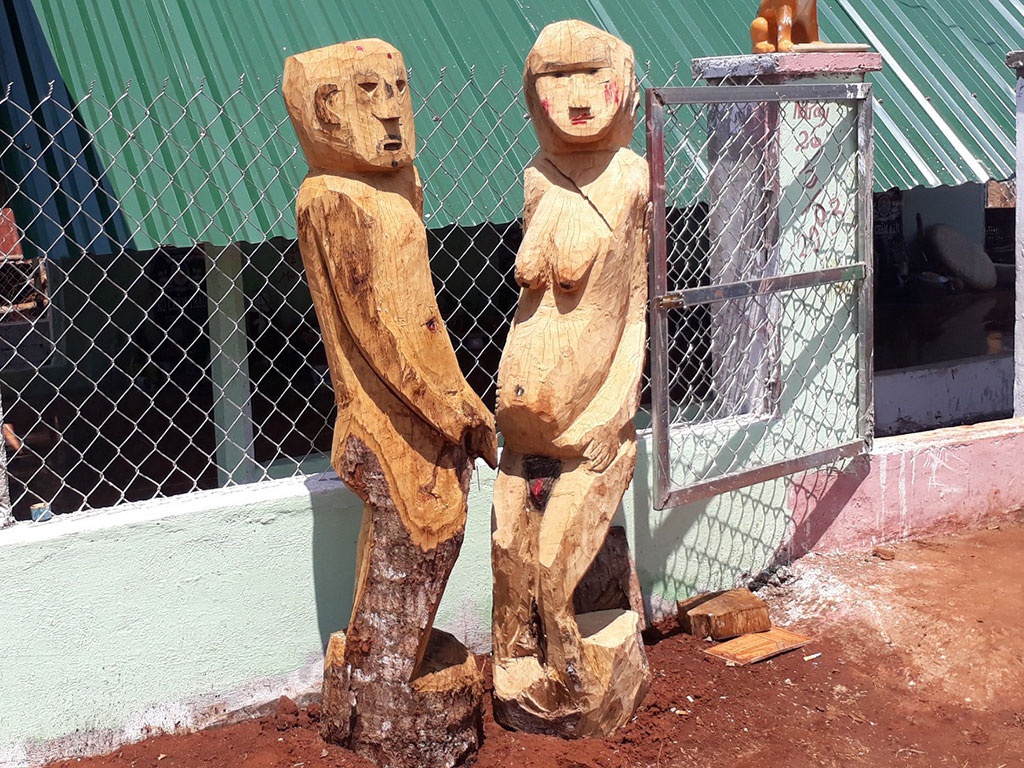
To prepare for the
Po Thi festival, relatives and young people in the village have to go into the forest many days in advance to find good wood to bring back and carve to make Kra Com (tomb statues): people who guard the sleep of the dead - an indispensable part of the
Po Thi ceremony.
The
Po Thi festival is usually held for 3 days and 3 nights, making the participants "drunk" literally and figuratively; must be “dizzy” in the wine, in the space of gong culture and in the rhythmic xoang dance of the Gia Rai people.
On the first day of the
Po Thi festival, everyone in the village began to flock to the tomb area with full jars of wine next to the flickering fire, the sound of gongs and drums echoed.

One of the important rituals of the Grave-Leaving Ceremony is the ritual of sacrificing buffaloes and cows for the deceased. The buffalo and cow sacrifice ceremony is an act of showing respect for the deceased. The buffalo and cow sacrifices are brought to be tied to wooden stakes behind the tomb. When the sun just appeared, the young men in the village began to kill the buffalo and cows to offer to the deceased. The buffalo and cow meat is processed into food to serve everyone in the Grave-Leaving Ceremony.
On the second day, the village elder (shaman - a prestigious person) conducts the ceremony. He pours wine into the wine strings to soak into the grave, then reads the farewell prayers to the deceased. When the village elder finishes the ceremony, the family members enter the tomb together to cry and say goodbye to their loved ones for the last time.

Some young men in the village go to the water source, smear mud and dirt on their bodies, and wear masks to disguise themselves as Brams (ghosts). According to the Gia Rai people's belief, the Prams follow to protect and lead the atâu to the world of Yang (gods).
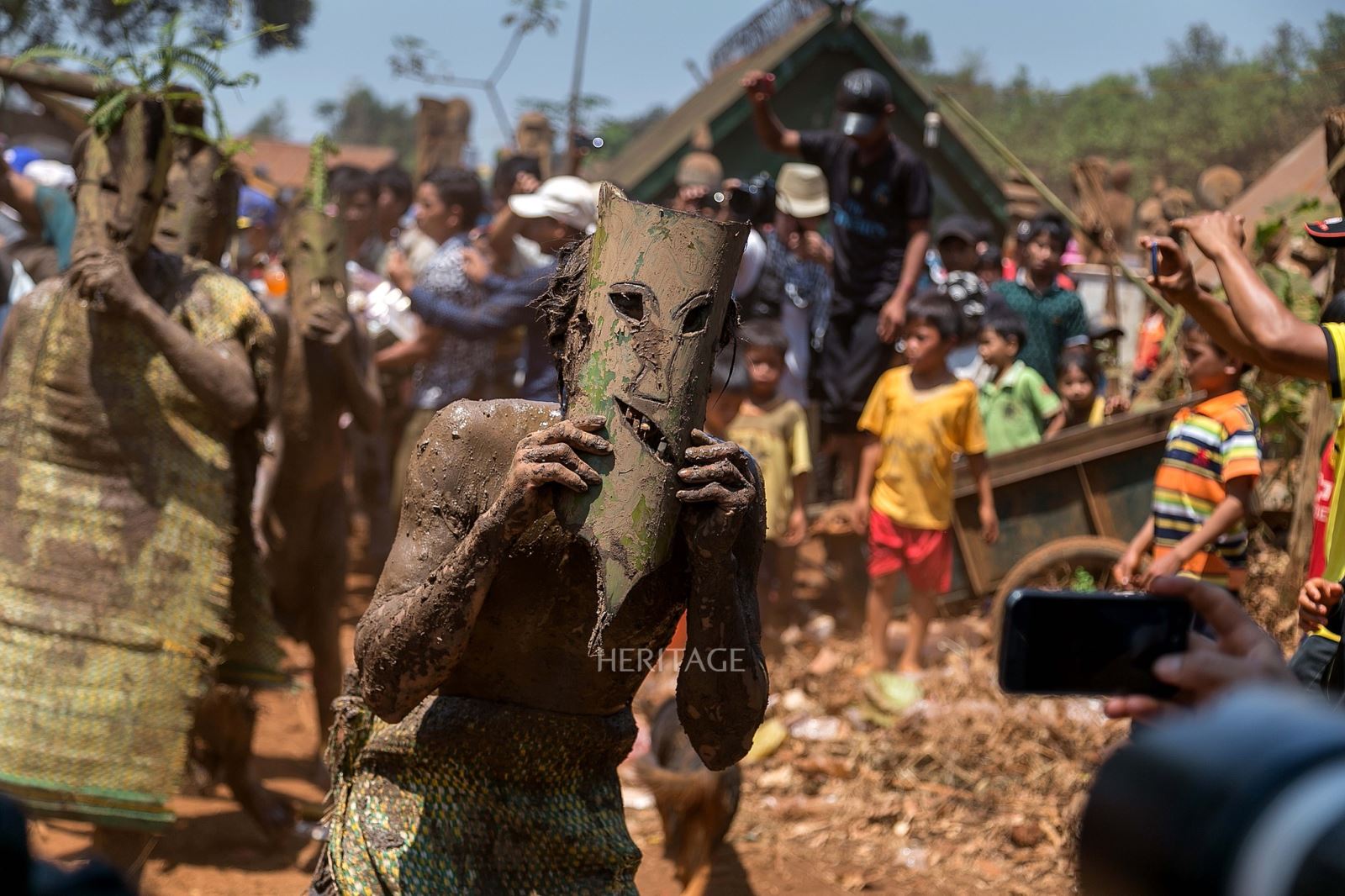
The third night of the white night. This is the last night with the deceased, so all the villagers will stay up all night. The tomb area is lit up by the fire with the echoing sound of gongs and endless xoang dances. Both the gongs and people stay up all night to say goodbye to the deceased for the last time, once and for all.
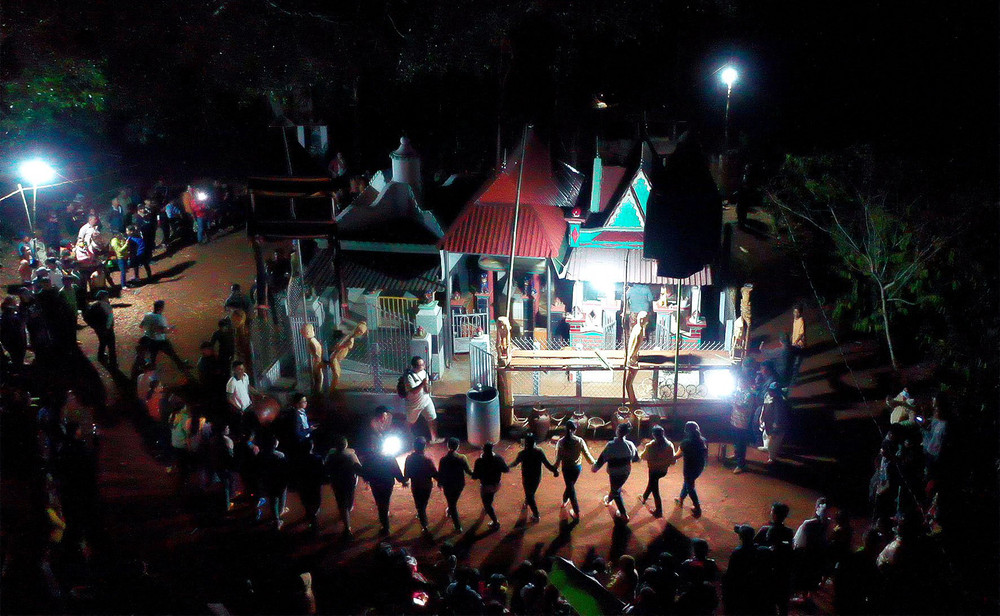
After the
Po Thi (leaving the tomb) ceremony takes place, the old tomb will be demolished (the temporary tomb at first), the Gia Rai people will build a new, larger and more beautiful tomb, at which time the deceased's soul can be liberated, leave the mortal world and enter the new world peacefully. The family also considers the mourning period to be over. At that time, the family will completely part ways with the deceased, ending the practice of bringing food or taking care of the tomb.
The
Po Thi Festival is an opportunity for the Gia Rai (Jrai) to express their community solidarity, and is also a place where the most unique cultural features are performed and passed down. Here, the space of
Central Highlands gong culture - a UNESCO heritage - is expressed by the Gia Rai in the most natural and unique way.
 To prepare for the Po Thi festival, relatives and young people in the village have to go into the forest many days in advance to find good wood to bring back and carve to make Kra Com (tomb statues): people who guard the sleep of the dead - an indispensable part of the Po Thi ceremony.
To prepare for the Po Thi festival, relatives and young people in the village have to go into the forest many days in advance to find good wood to bring back and carve to make Kra Com (tomb statues): people who guard the sleep of the dead - an indispensable part of the Po Thi ceremony. One of the important rituals of the Grave-Leaving Ceremony is the ritual of sacrificing buffaloes and cows for the deceased. The buffalo and cow sacrifice ceremony is an act of showing respect for the deceased. The buffalo and cow sacrifices are brought to be tied to wooden stakes behind the tomb. When the sun just appeared, the young men in the village began to kill the buffalo and cows to offer to the deceased. The buffalo and cow meat is processed into food to serve everyone in the Grave-Leaving Ceremony.
One of the important rituals of the Grave-Leaving Ceremony is the ritual of sacrificing buffaloes and cows for the deceased. The buffalo and cow sacrifice ceremony is an act of showing respect for the deceased. The buffalo and cow sacrifices are brought to be tied to wooden stakes behind the tomb. When the sun just appeared, the young men in the village began to kill the buffalo and cows to offer to the deceased. The buffalo and cow meat is processed into food to serve everyone in the Grave-Leaving Ceremony. Some young men in the village go to the water source, smear mud and dirt on their bodies, and wear masks to disguise themselves as Brams (ghosts). According to the Gia Rai people's belief, the Prams follow to protect and lead the atâu to the world of Yang (gods).
Some young men in the village go to the water source, smear mud and dirt on their bodies, and wear masks to disguise themselves as Brams (ghosts). According to the Gia Rai people's belief, the Prams follow to protect and lead the atâu to the world of Yang (gods). The third night of the white night. This is the last night with the deceased, so all the villagers will stay up all night. The tomb area is lit up by the fire with the echoing sound of gongs and endless xoang dances. Both the gongs and people stay up all night to say goodbye to the deceased for the last time, once and for all.
The third night of the white night. This is the last night with the deceased, so all the villagers will stay up all night. The tomb area is lit up by the fire with the echoing sound of gongs and endless xoang dances. Both the gongs and people stay up all night to say goodbye to the deceased for the last time, once and for all. After the Po Thi (leaving the tomb) ceremony takes place, the old tomb will be demolished (the temporary tomb at first), the Gia Rai people will build a new, larger and more beautiful tomb, at which time the deceased's soul can be liberated, leave the mortal world and enter the new world peacefully. The family also considers the mourning period to be over. At that time, the family will completely part ways with the deceased, ending the practice of bringing food or taking care of the tomb.
After the Po Thi (leaving the tomb) ceremony takes place, the old tomb will be demolished (the temporary tomb at first), the Gia Rai people will build a new, larger and more beautiful tomb, at which time the deceased's soul can be liberated, leave the mortal world and enter the new world peacefully. The family also considers the mourning period to be over. At that time, the family will completely part ways with the deceased, ending the practice of bringing food or taking care of the tomb.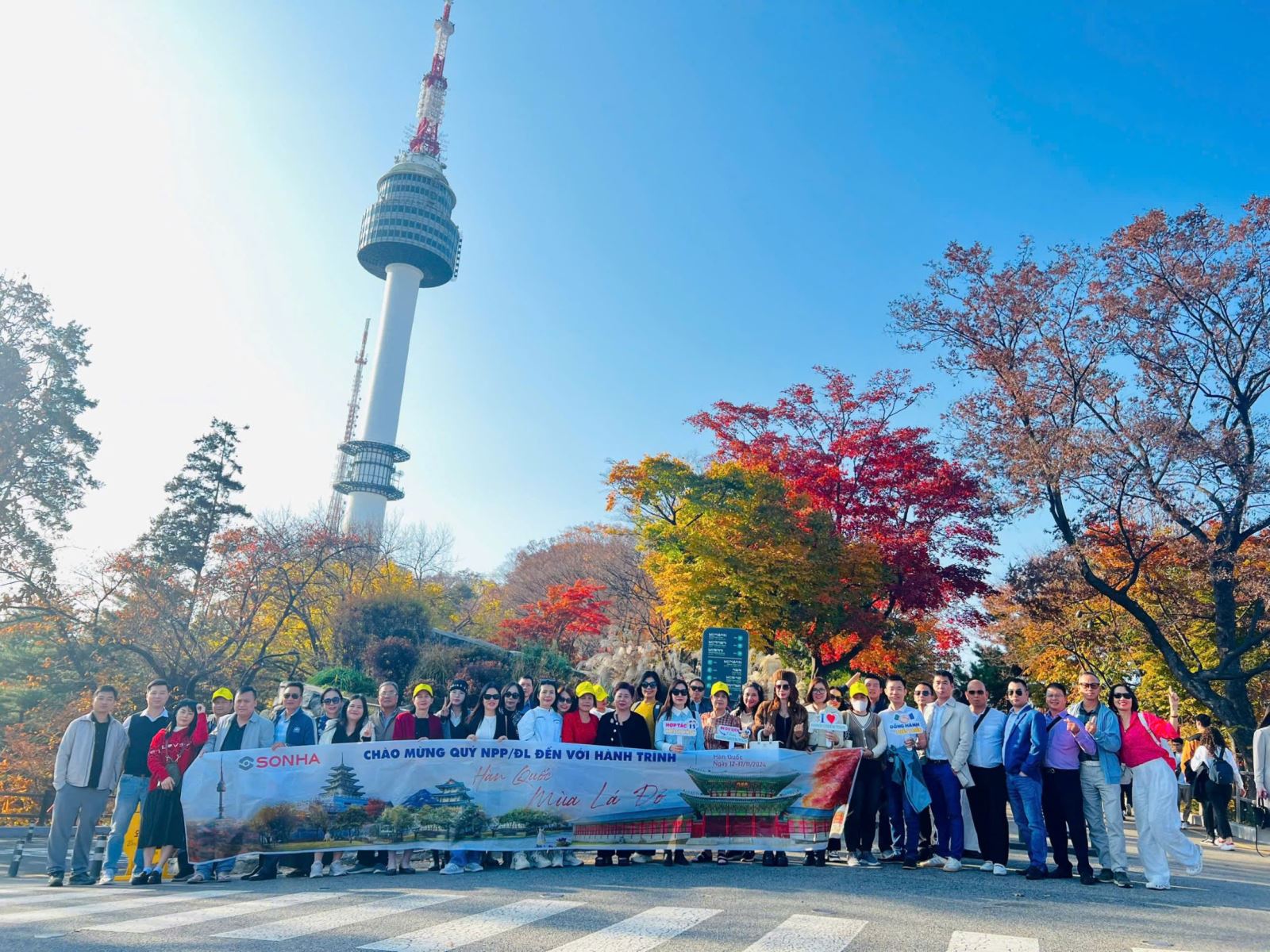
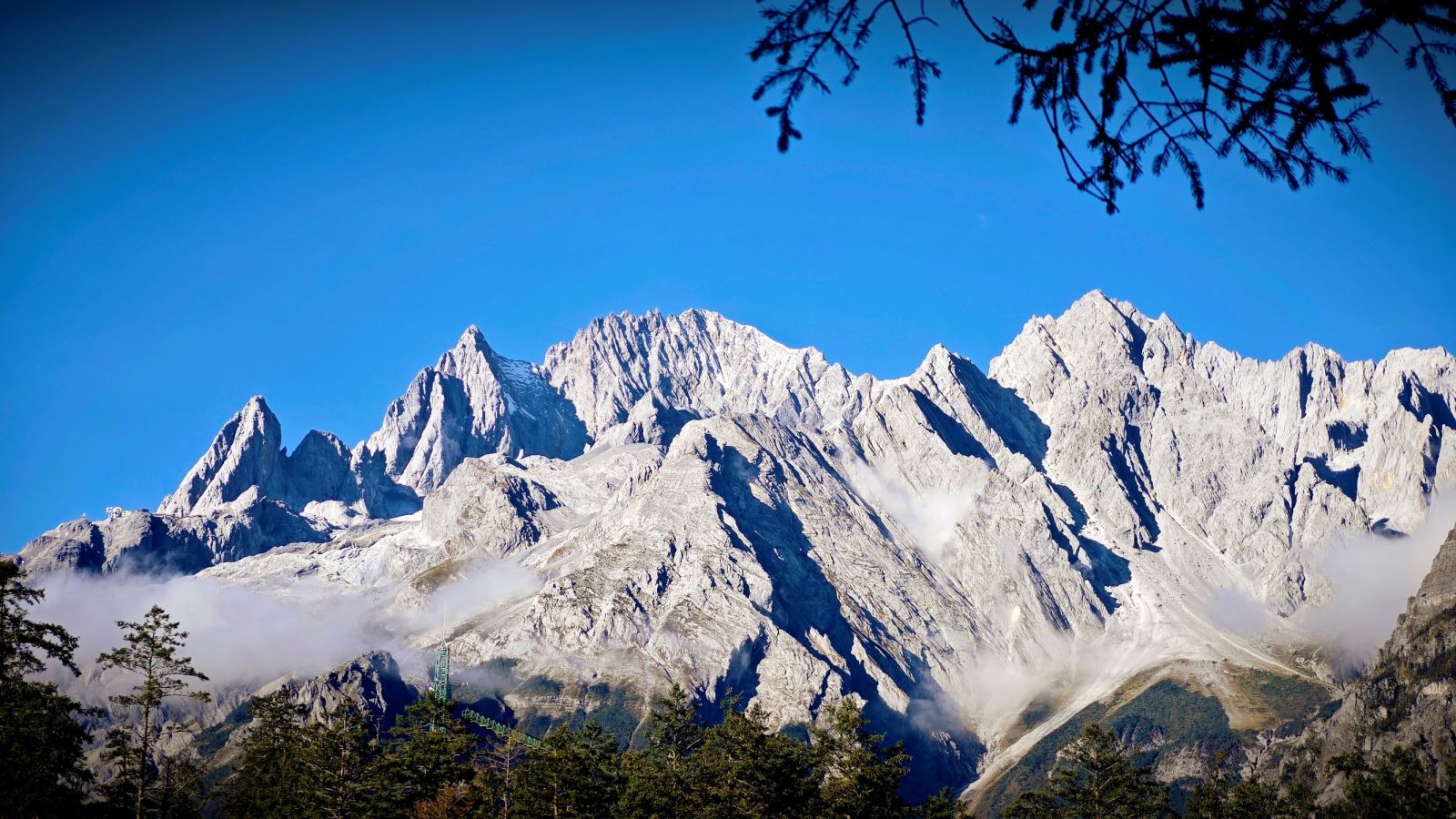

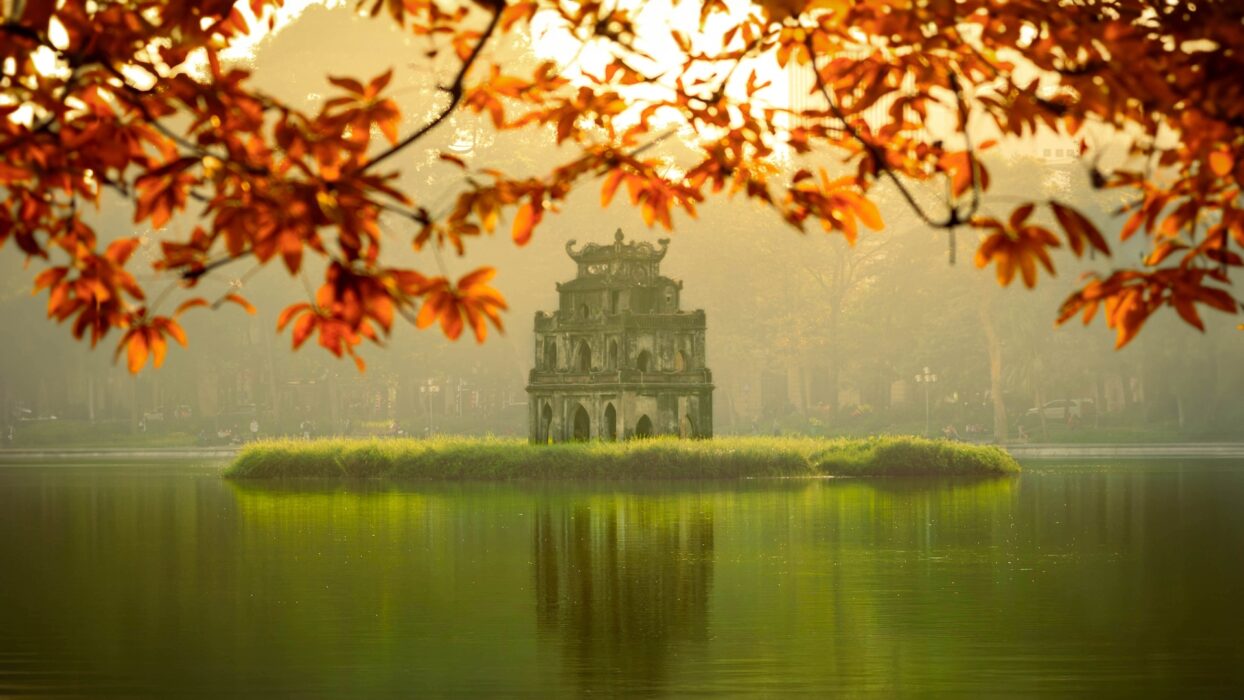
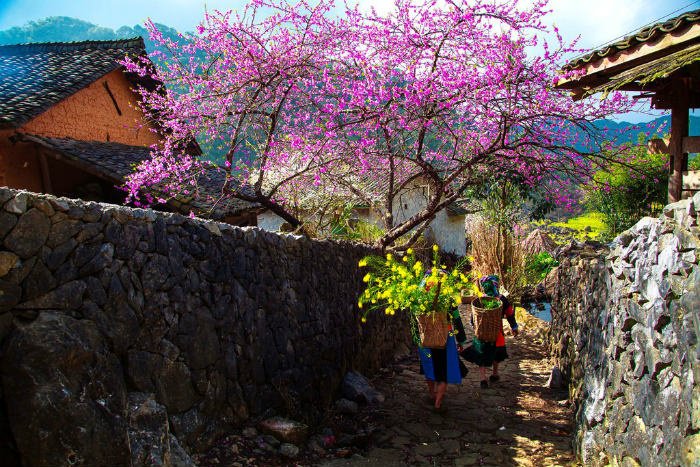


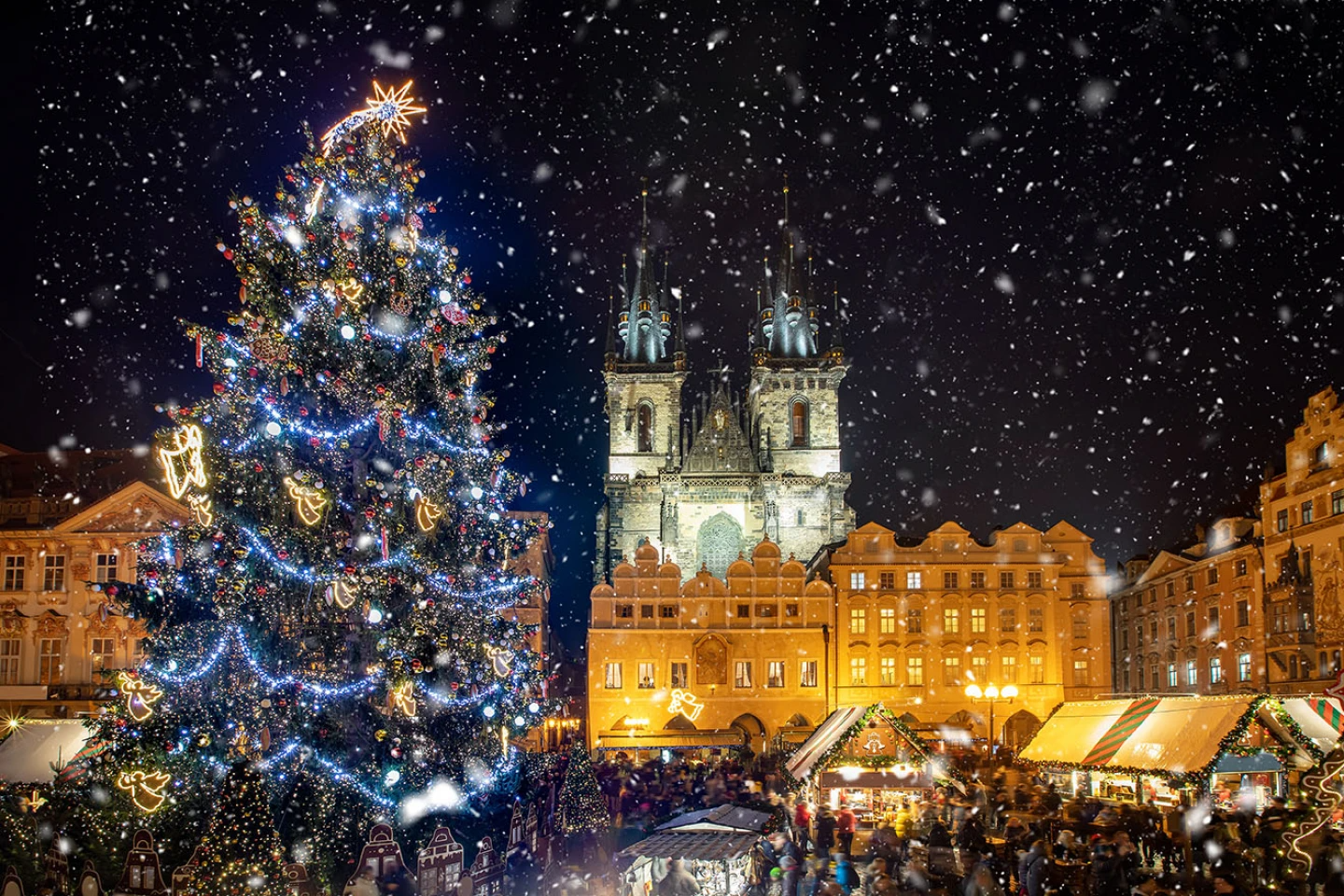




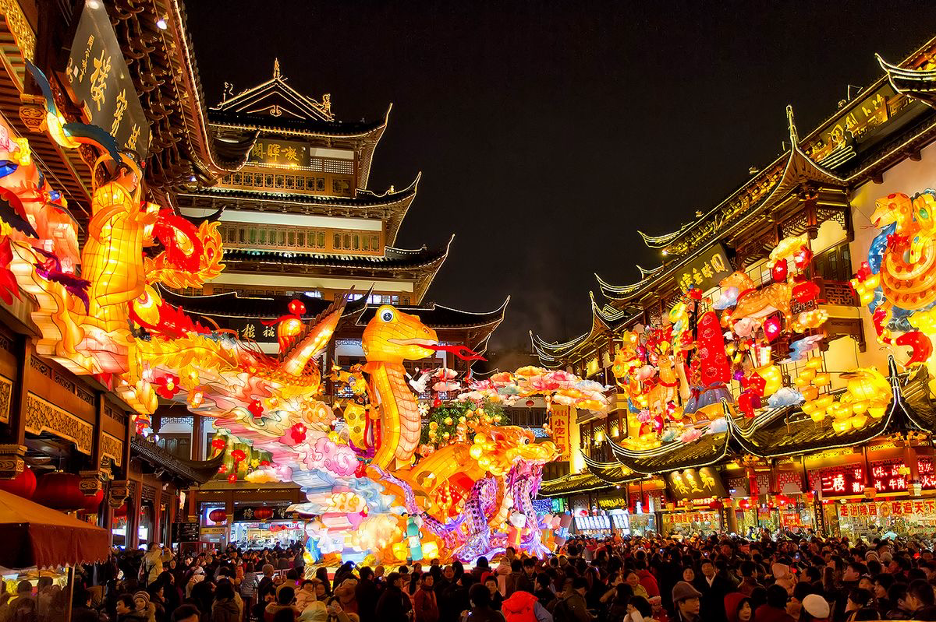

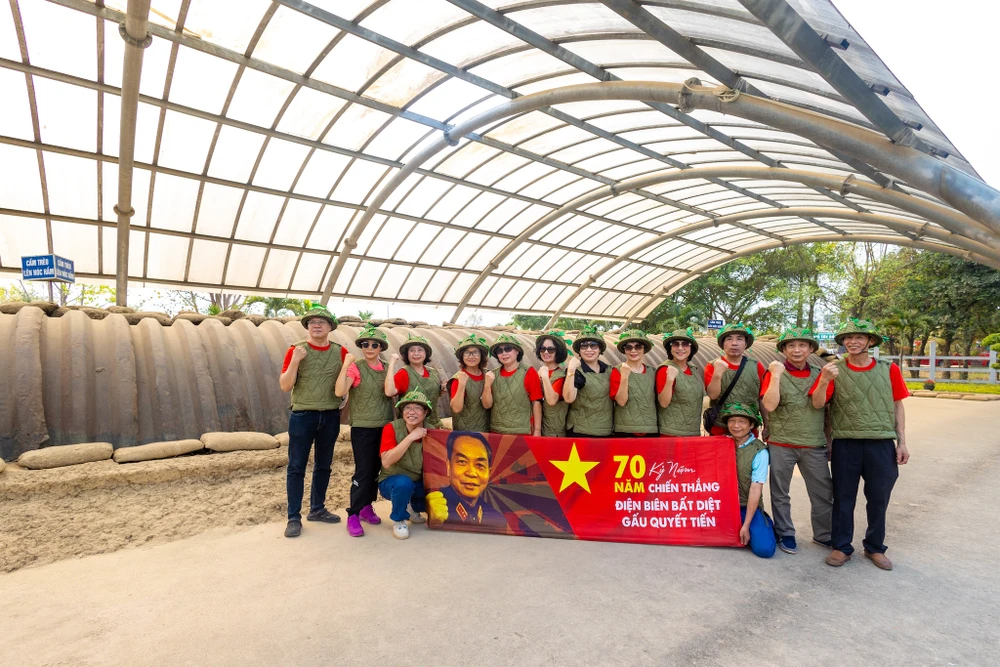

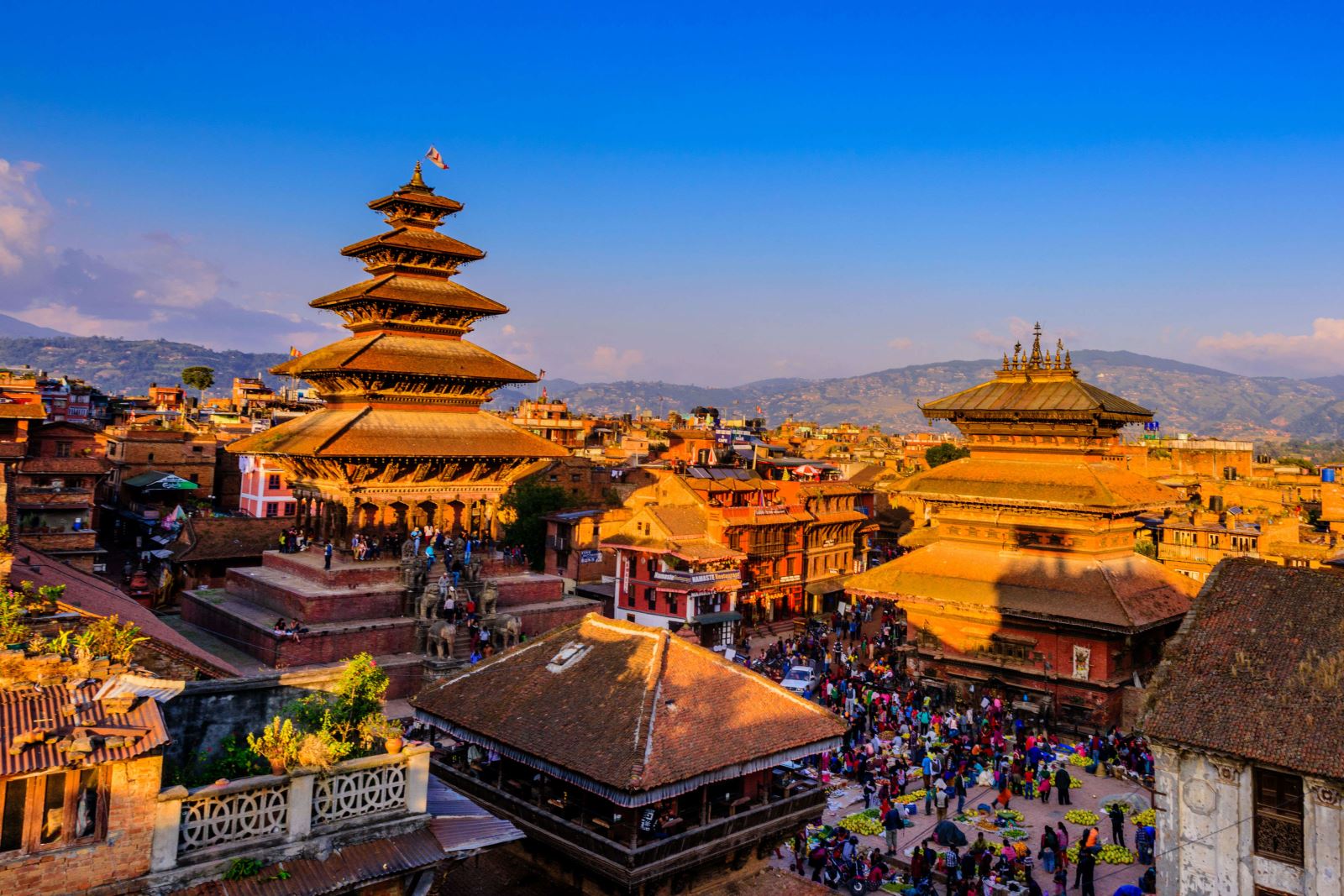


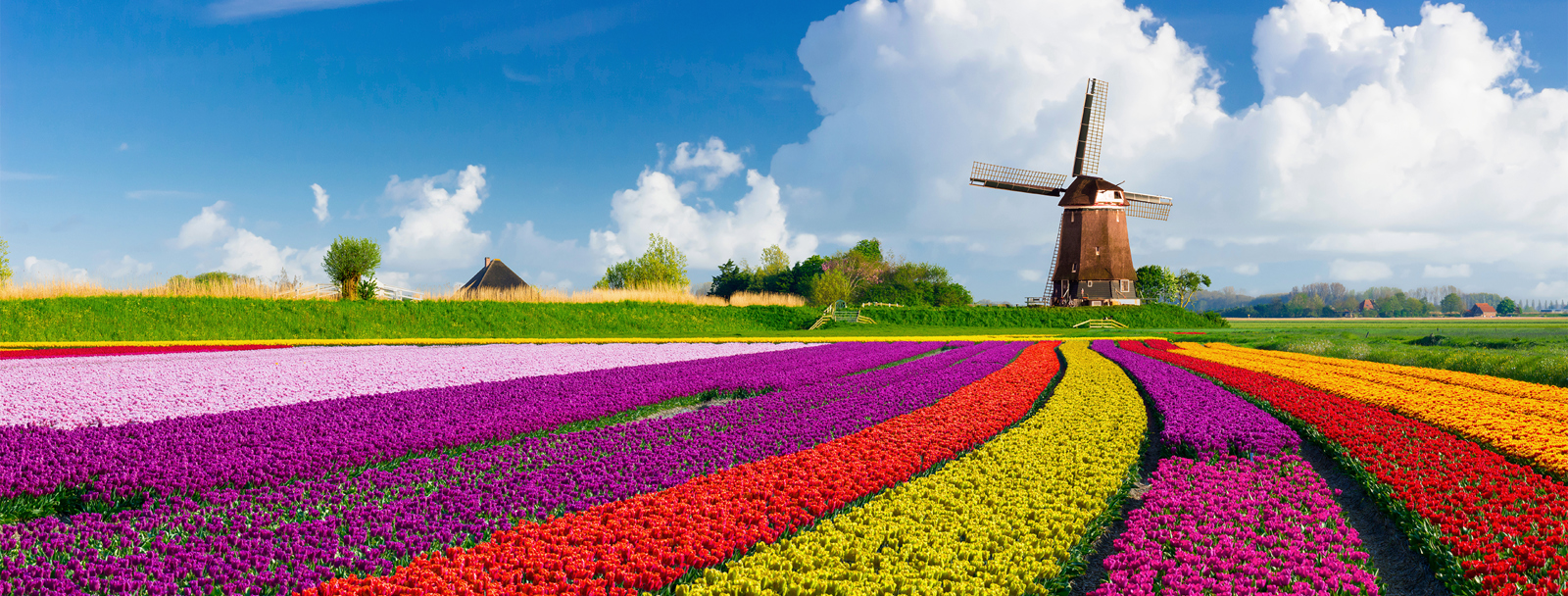
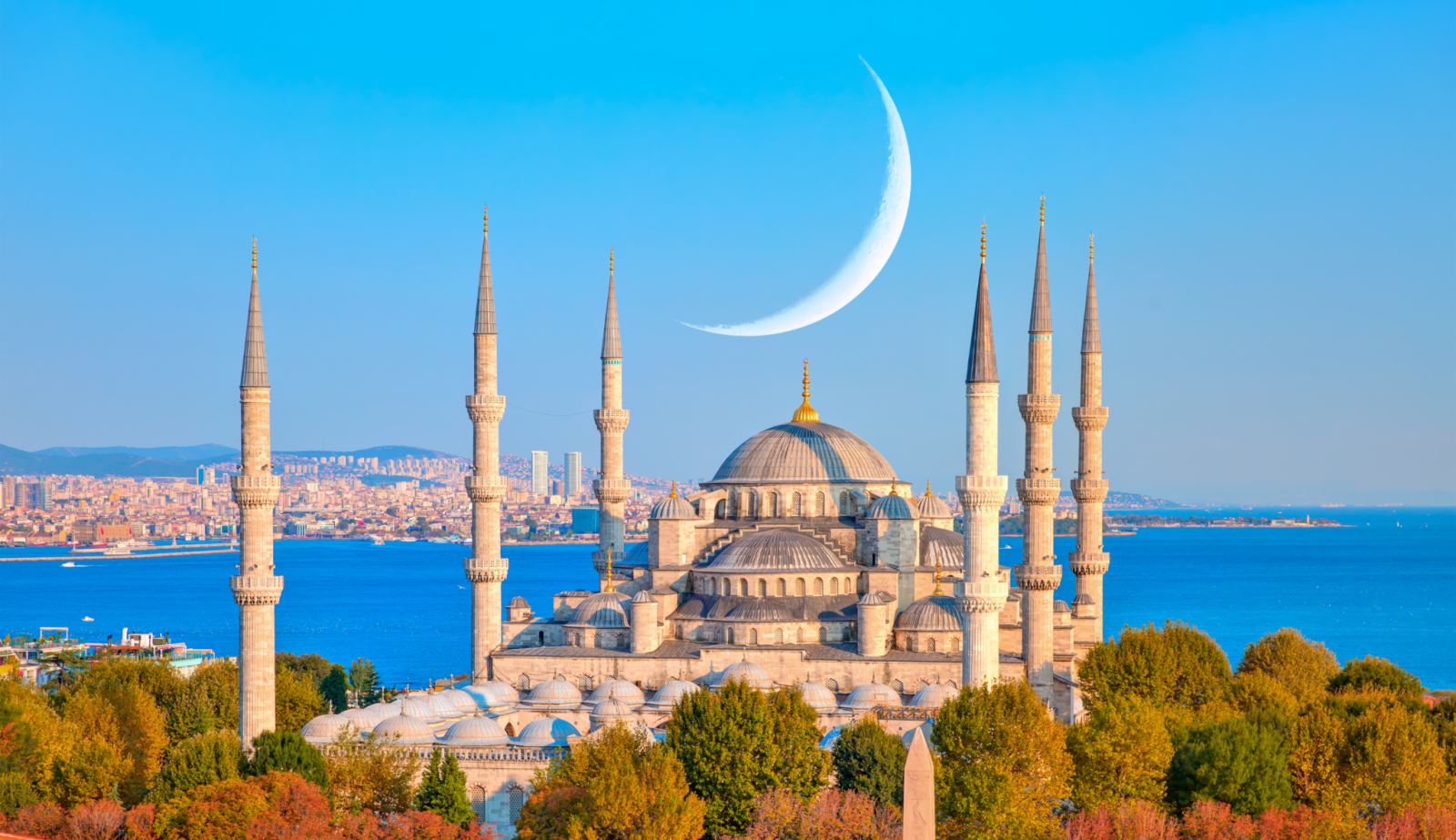




.jpg)



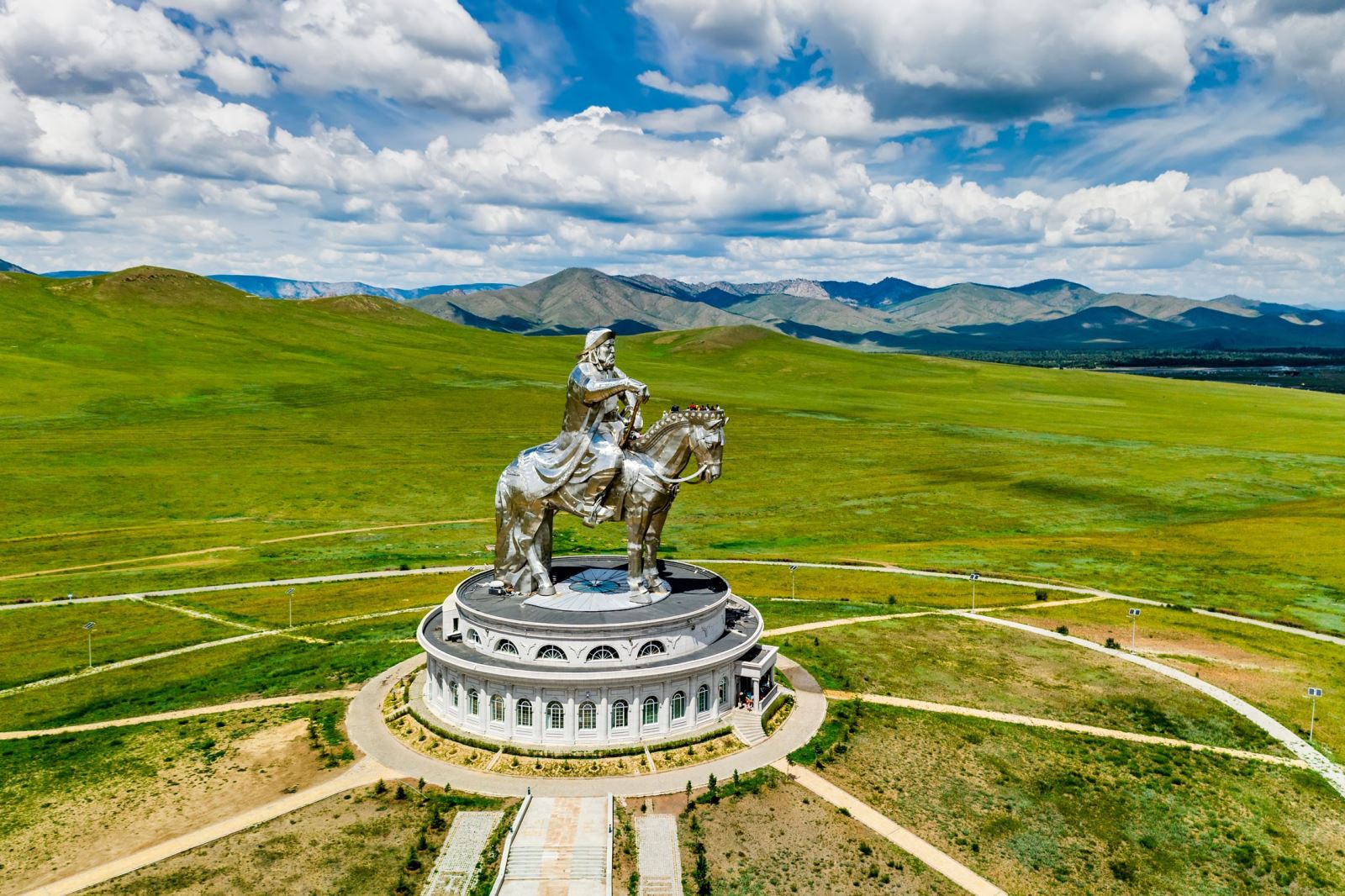

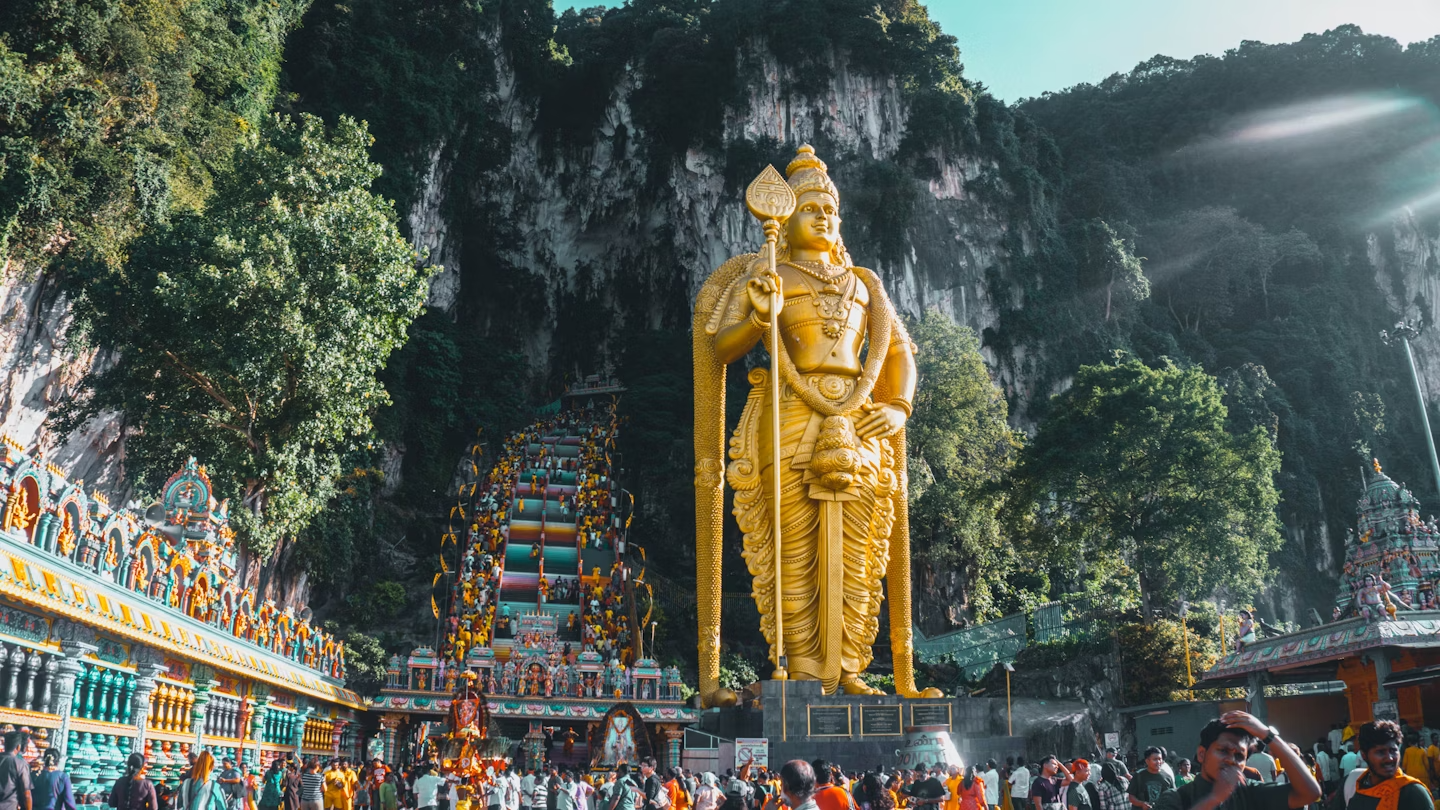
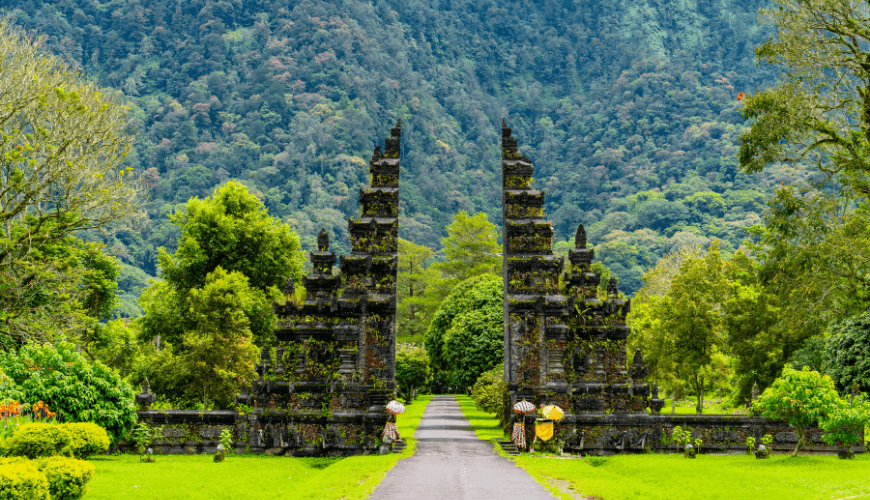
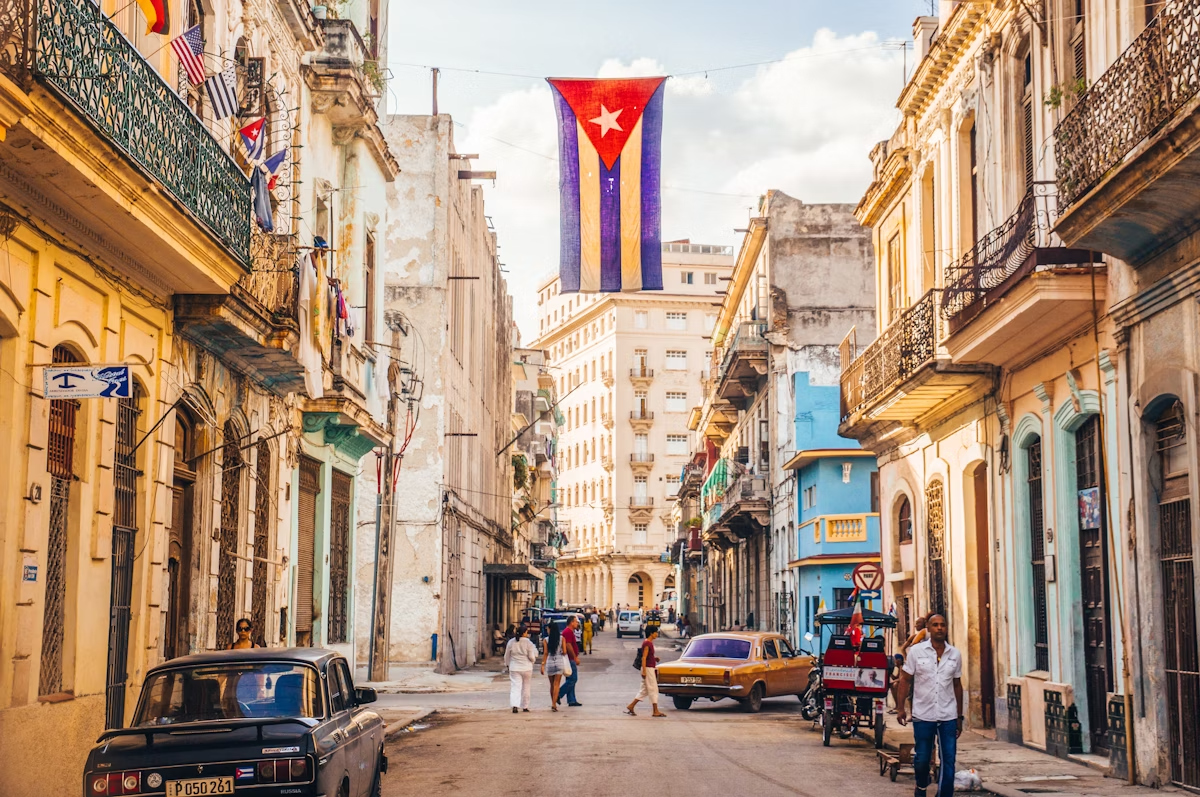
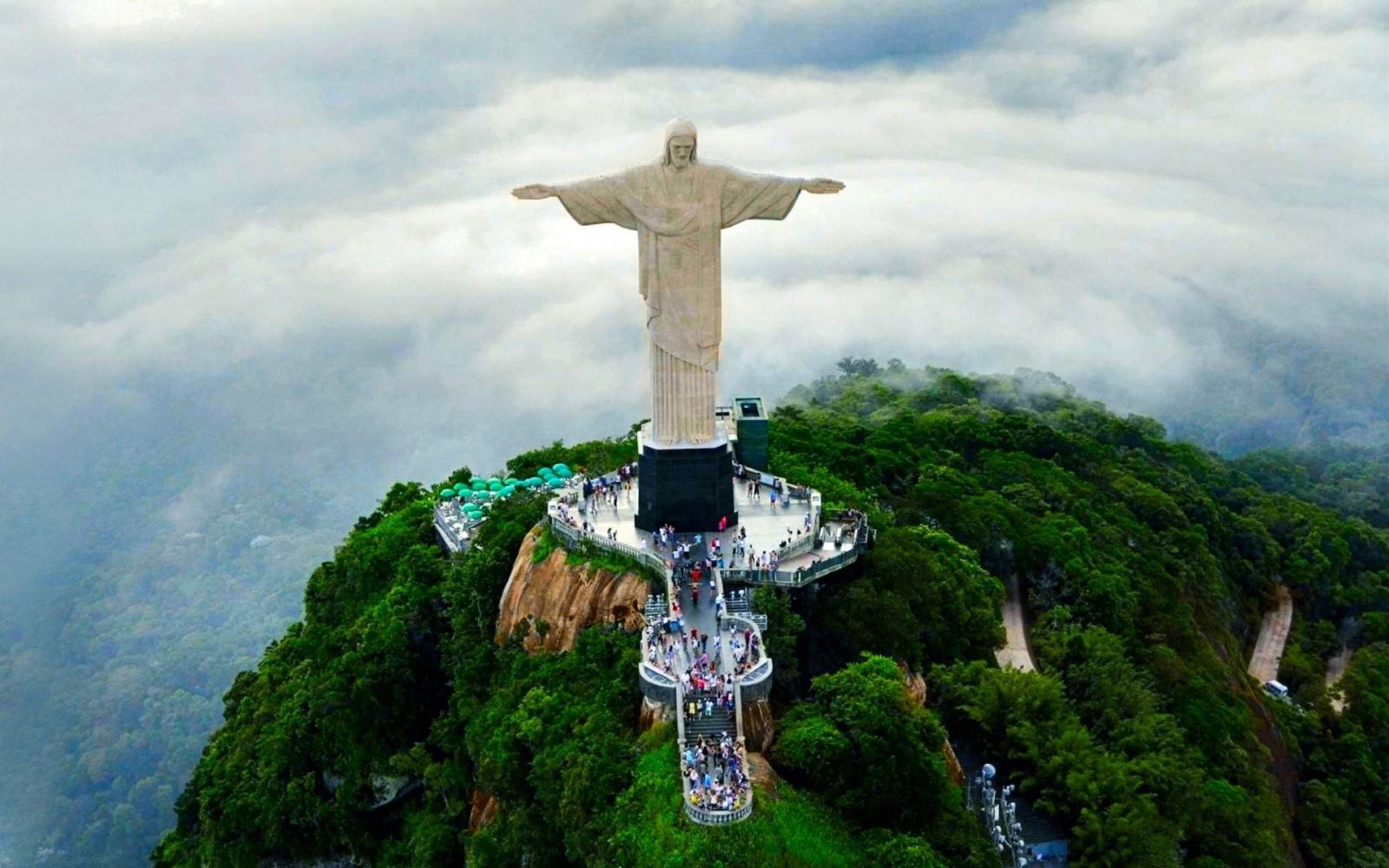
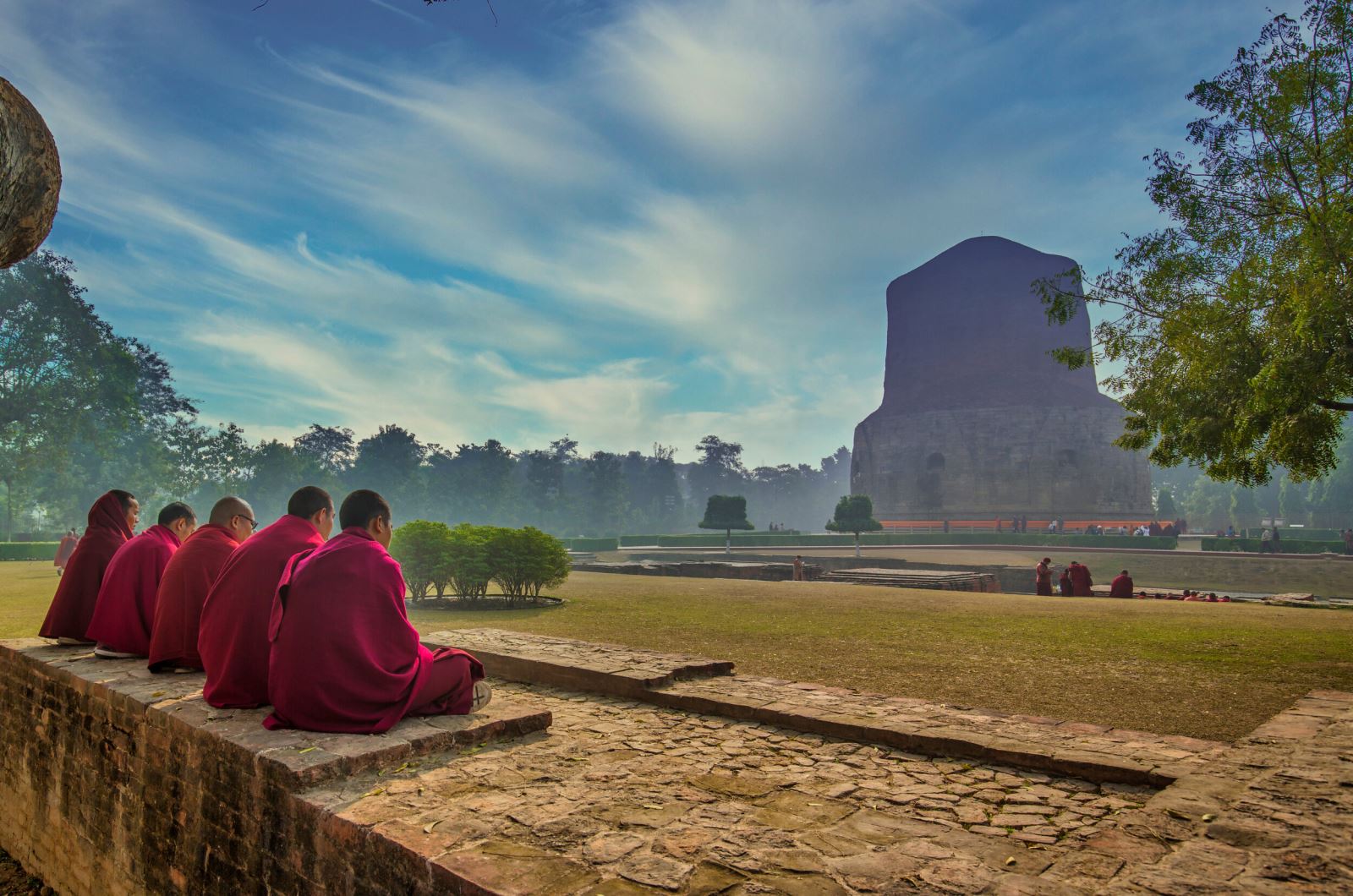
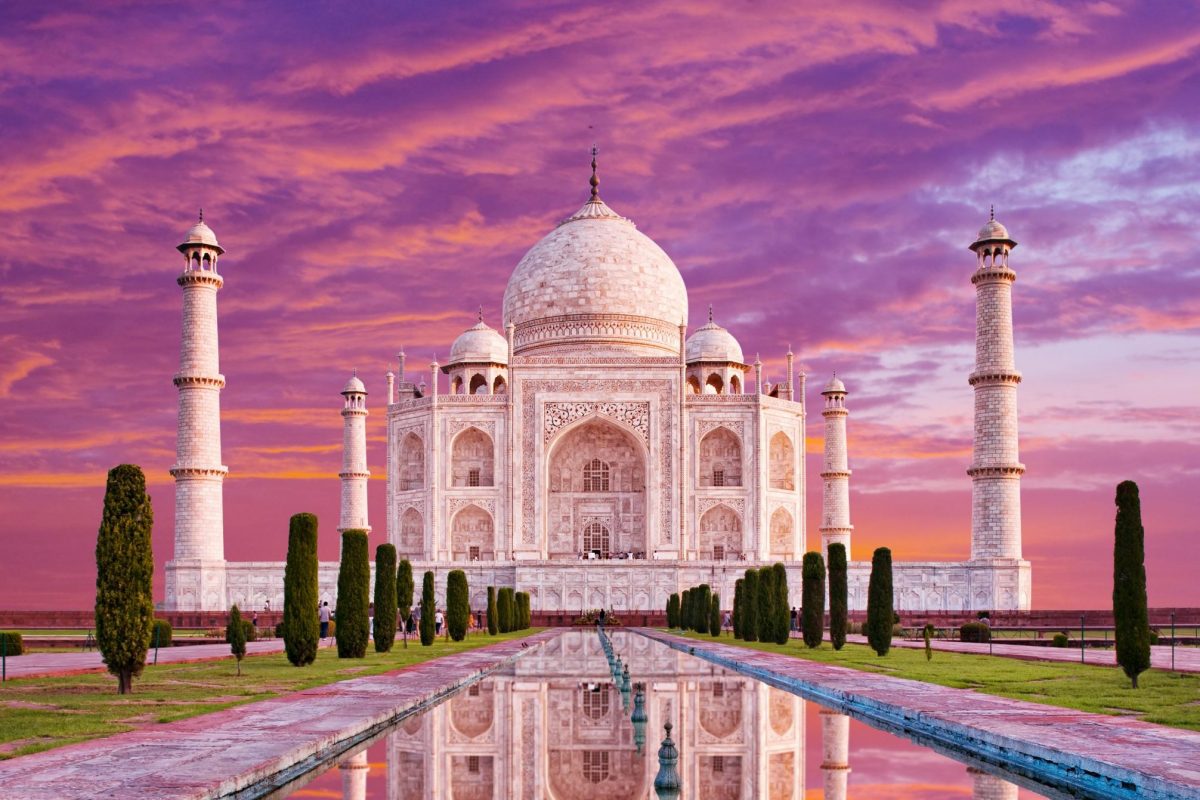


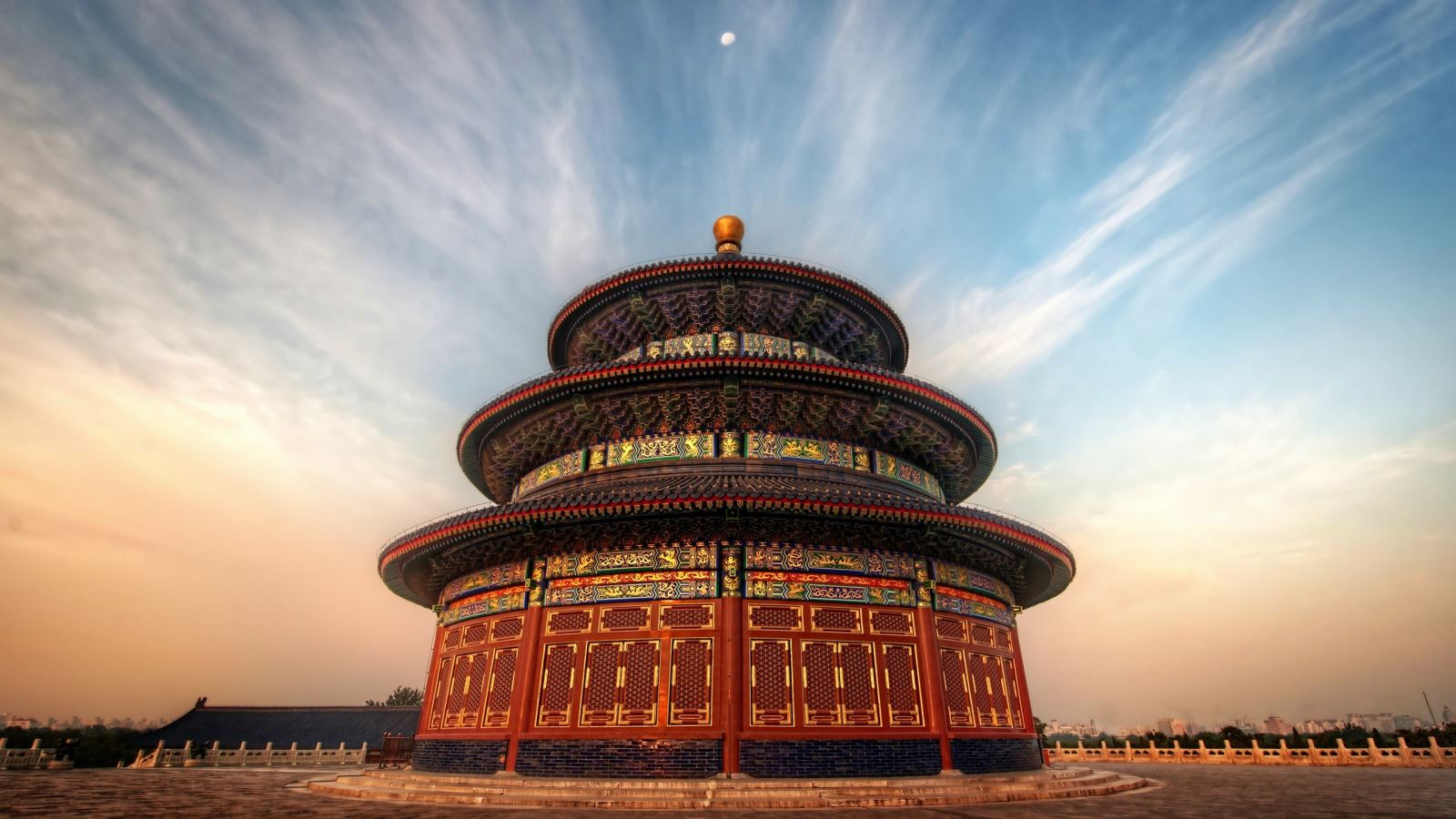
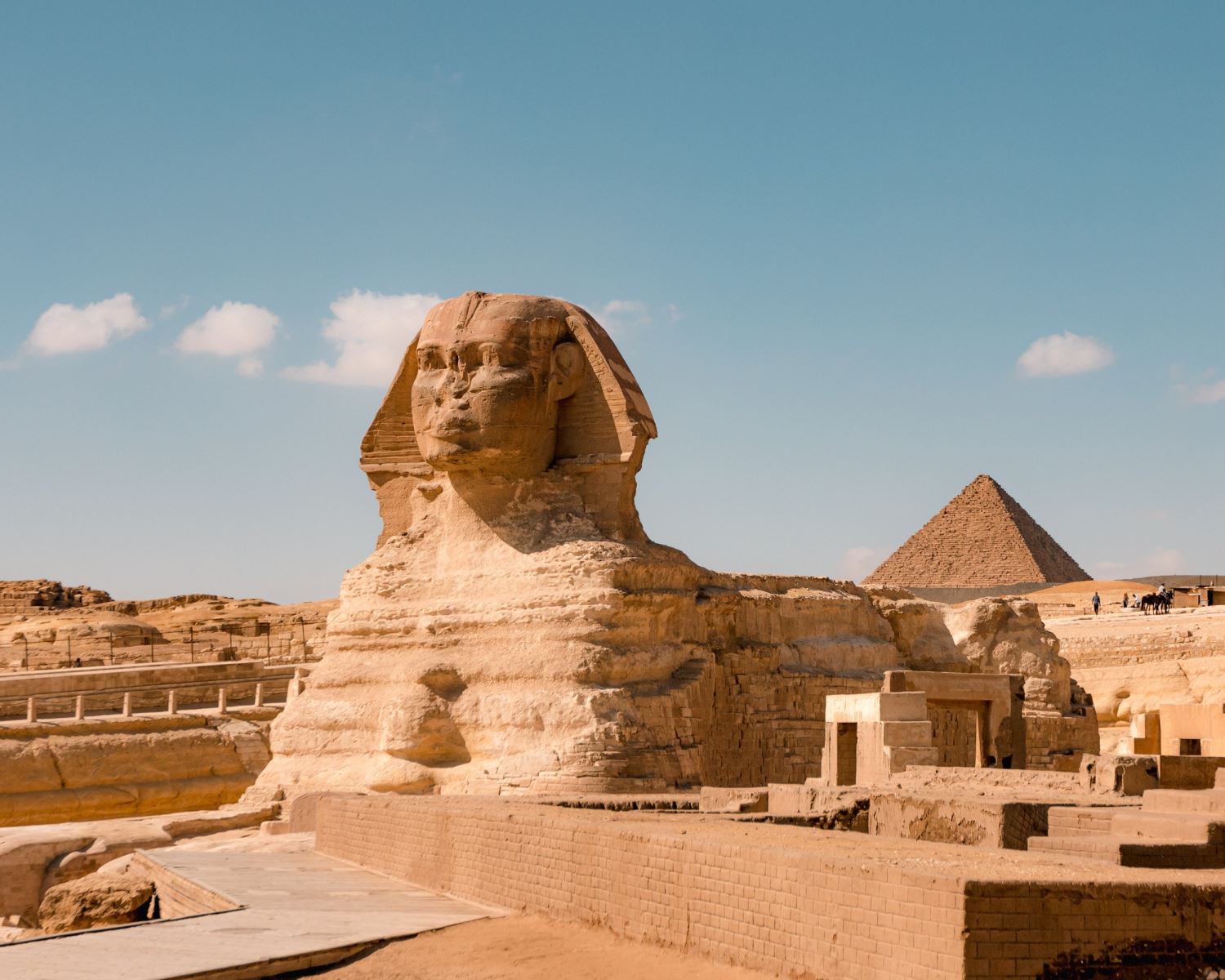
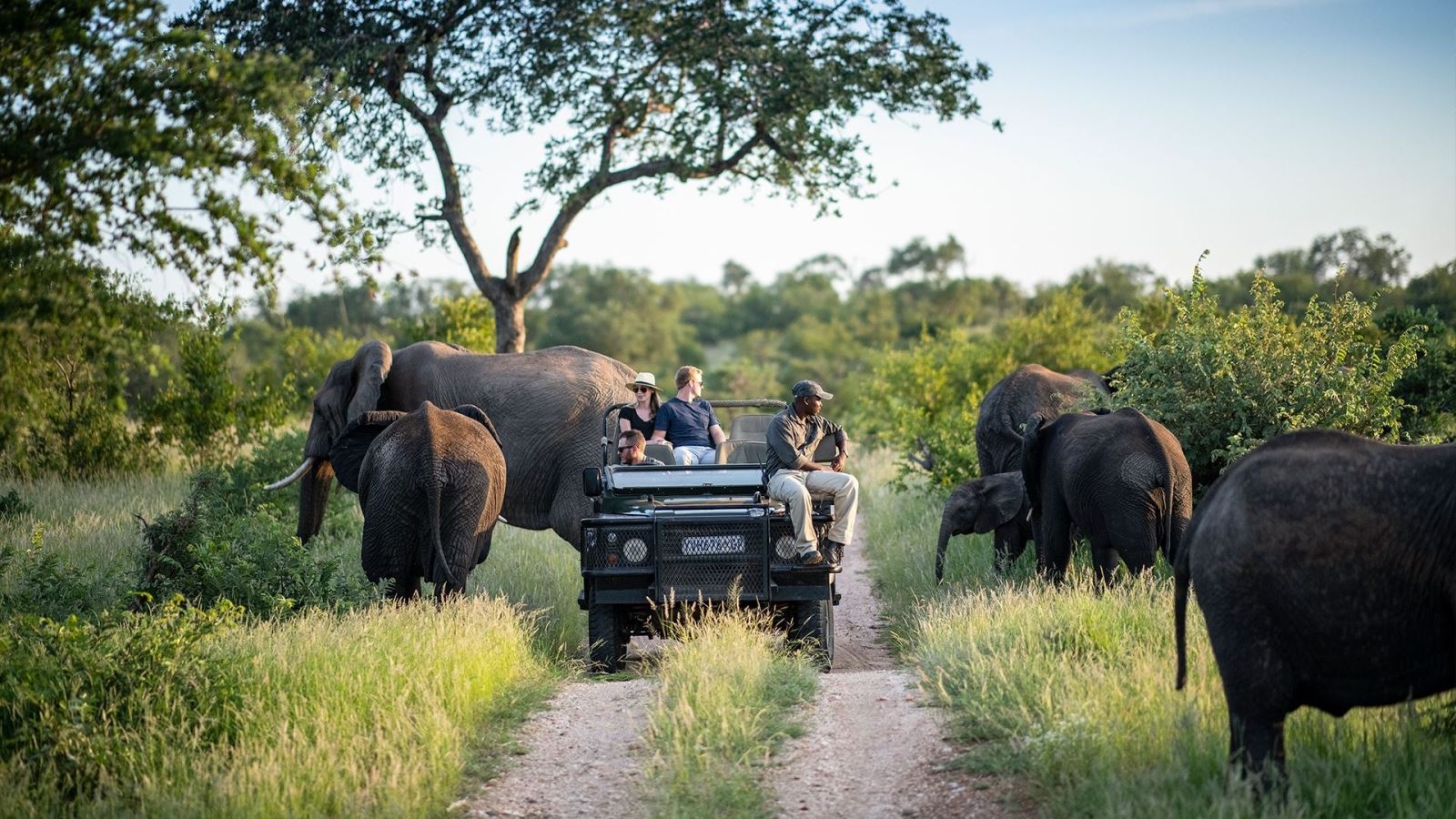
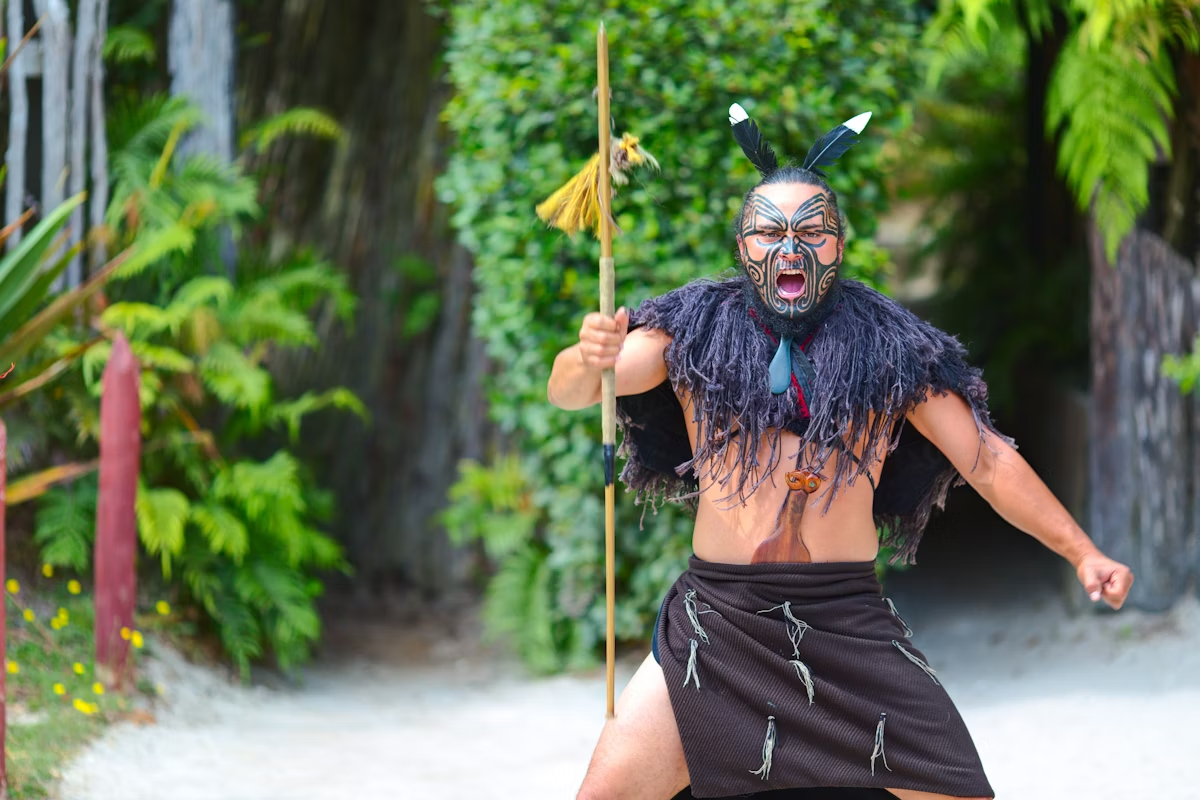

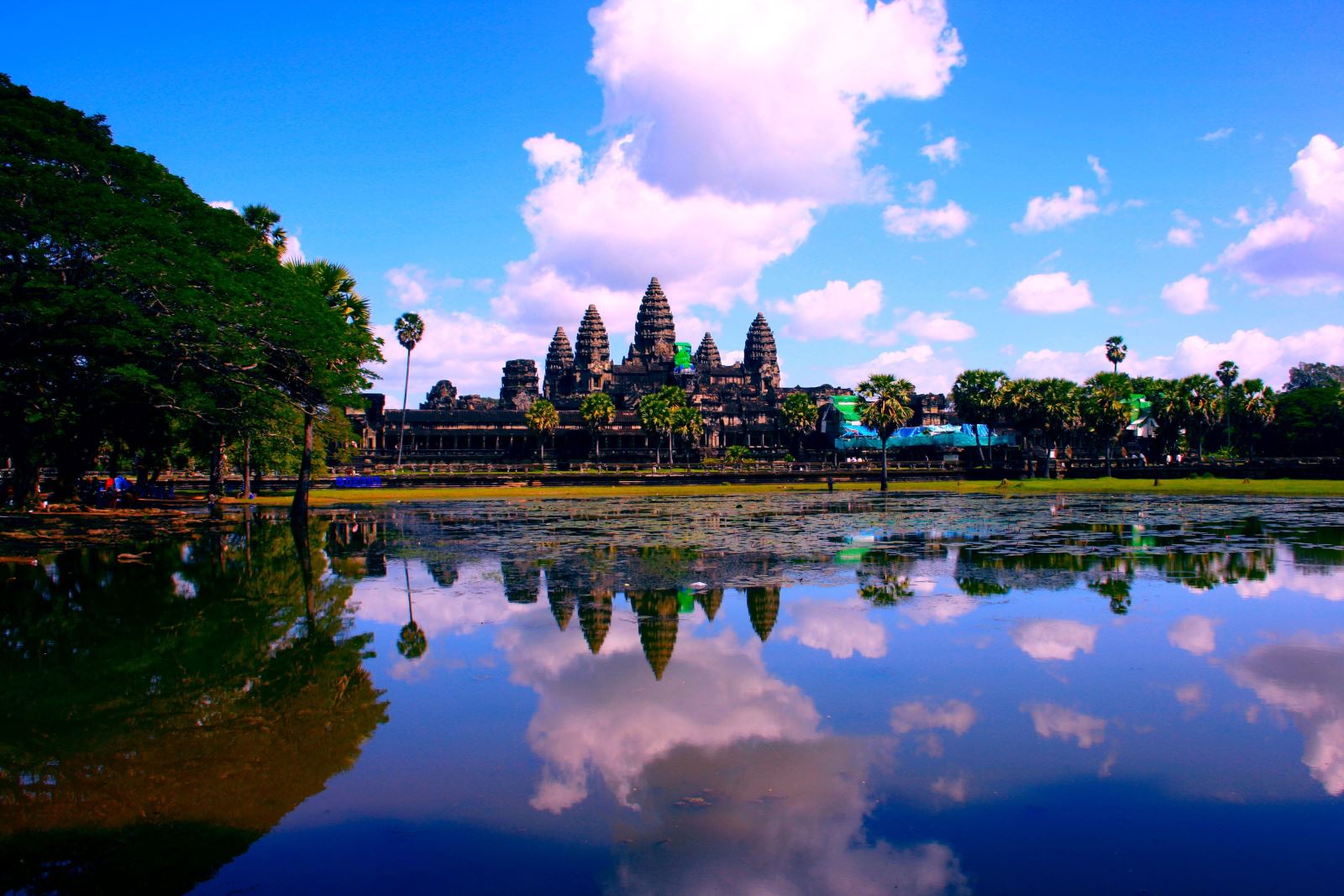
.png)
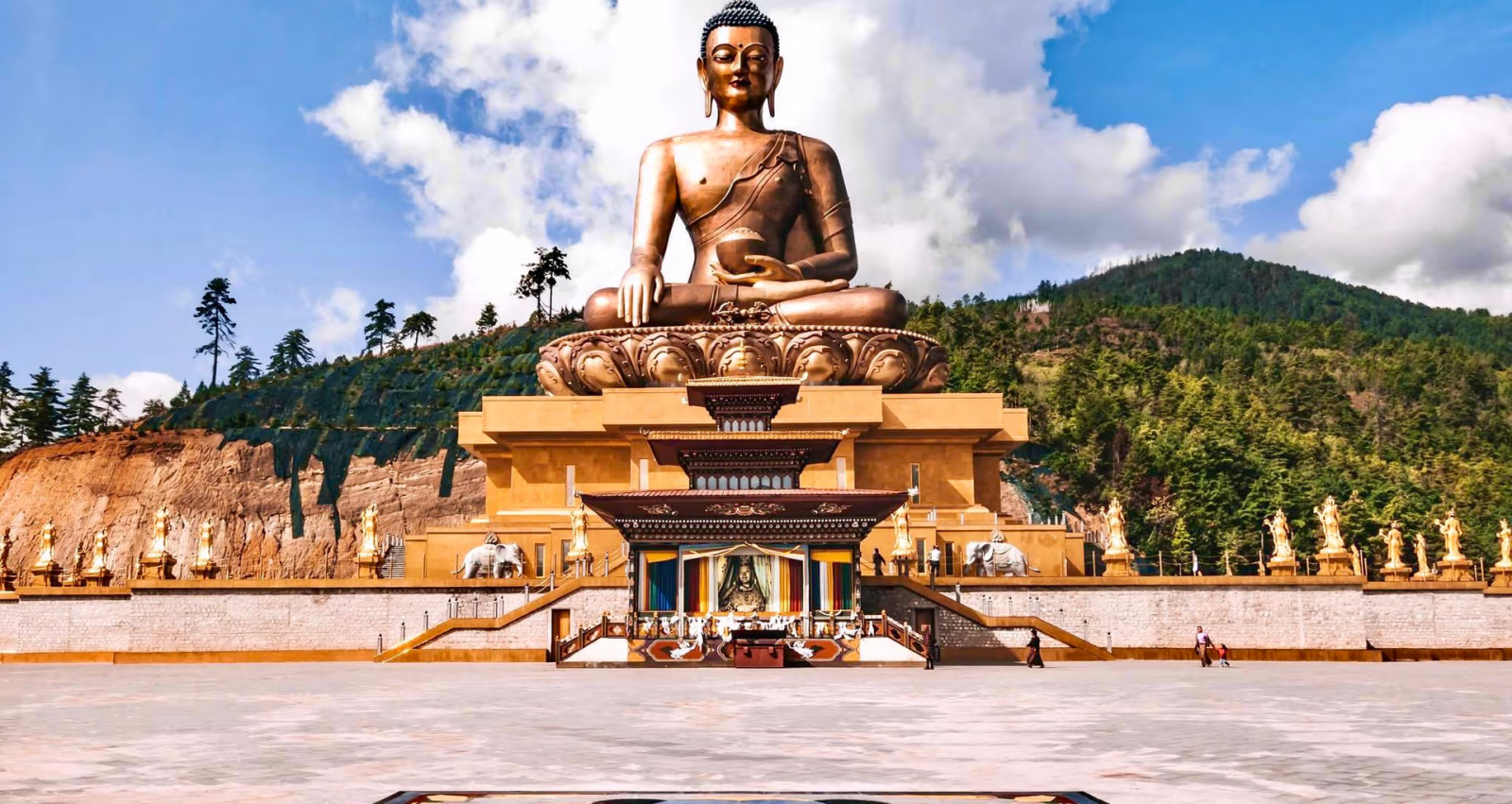

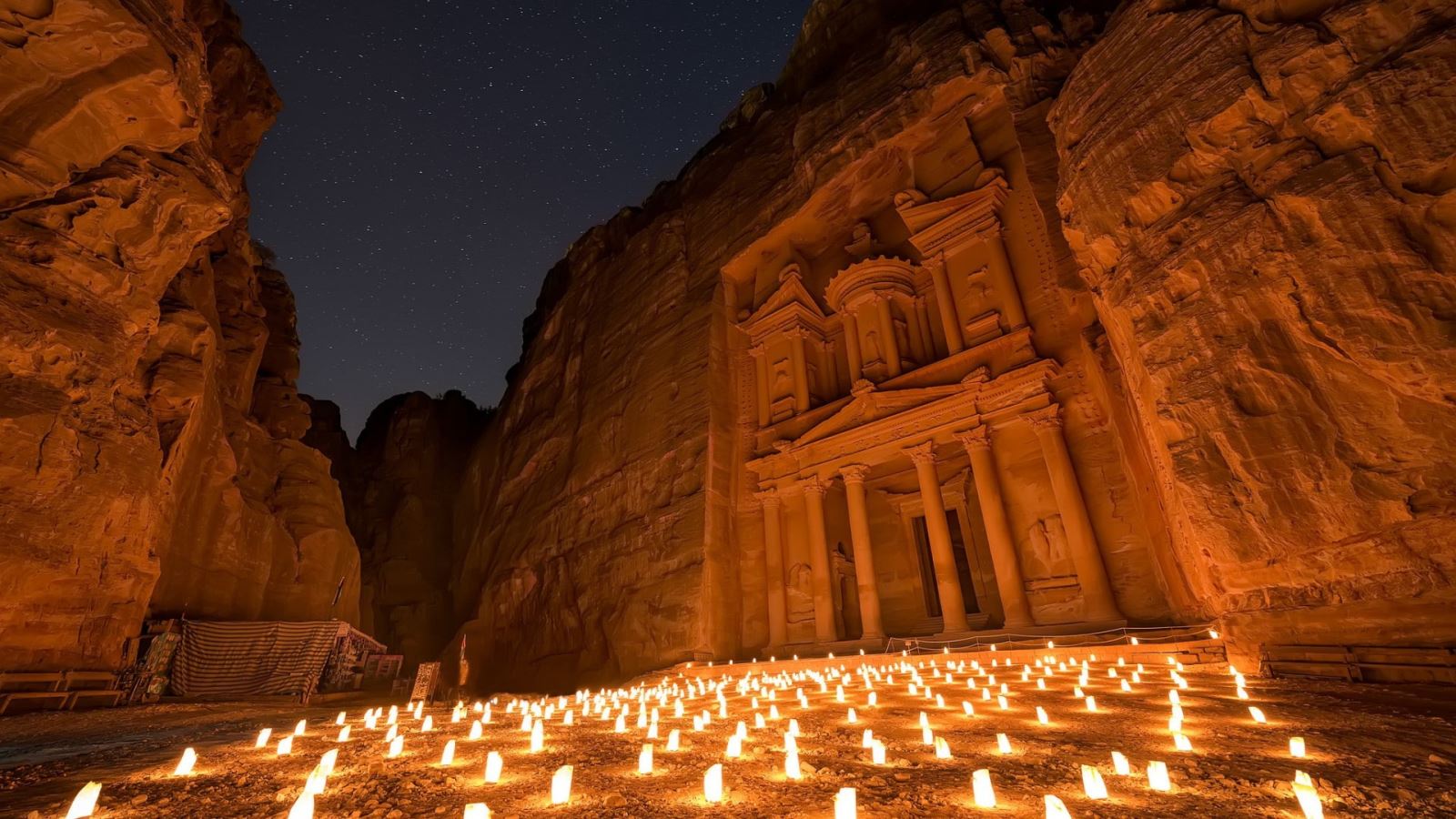

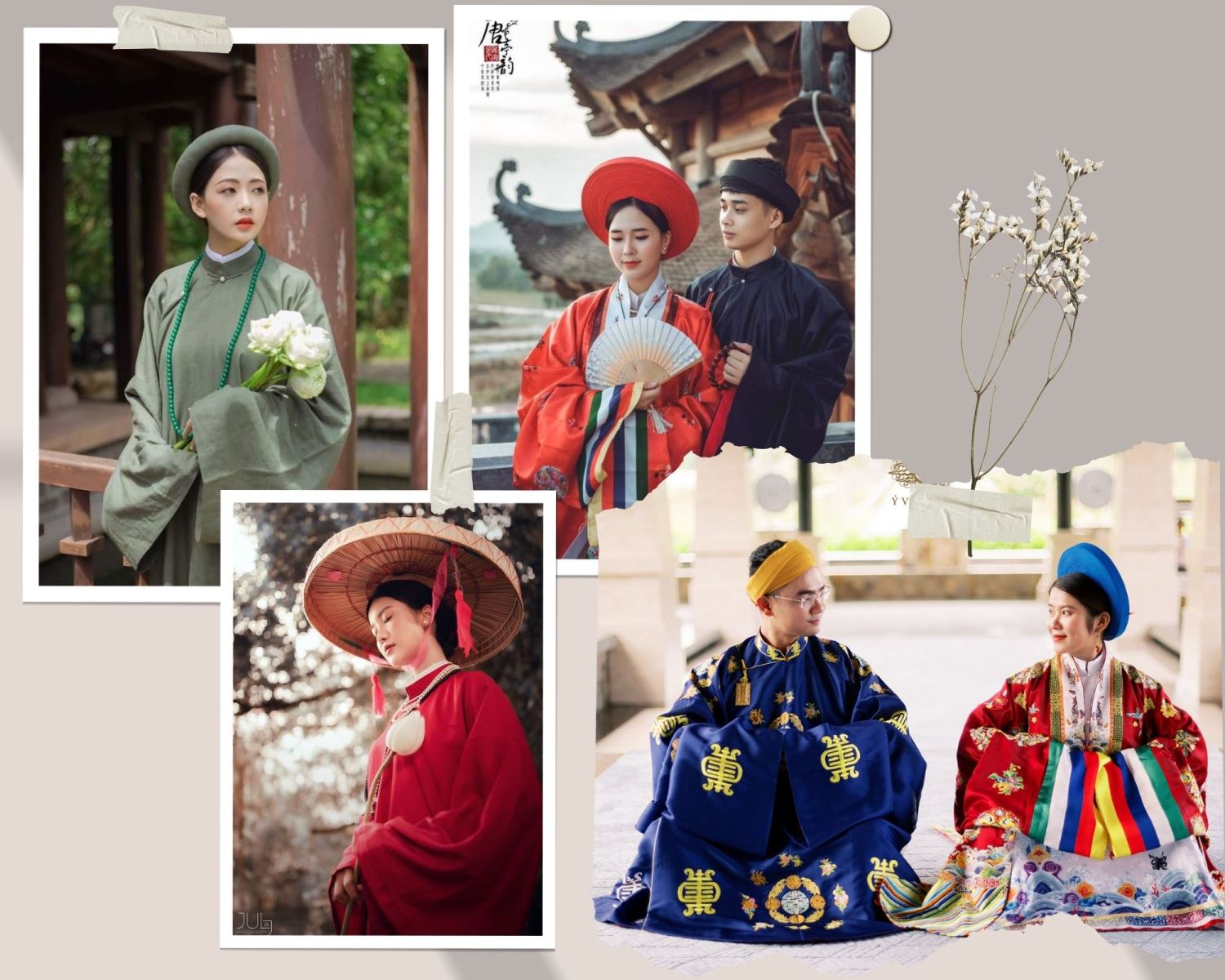



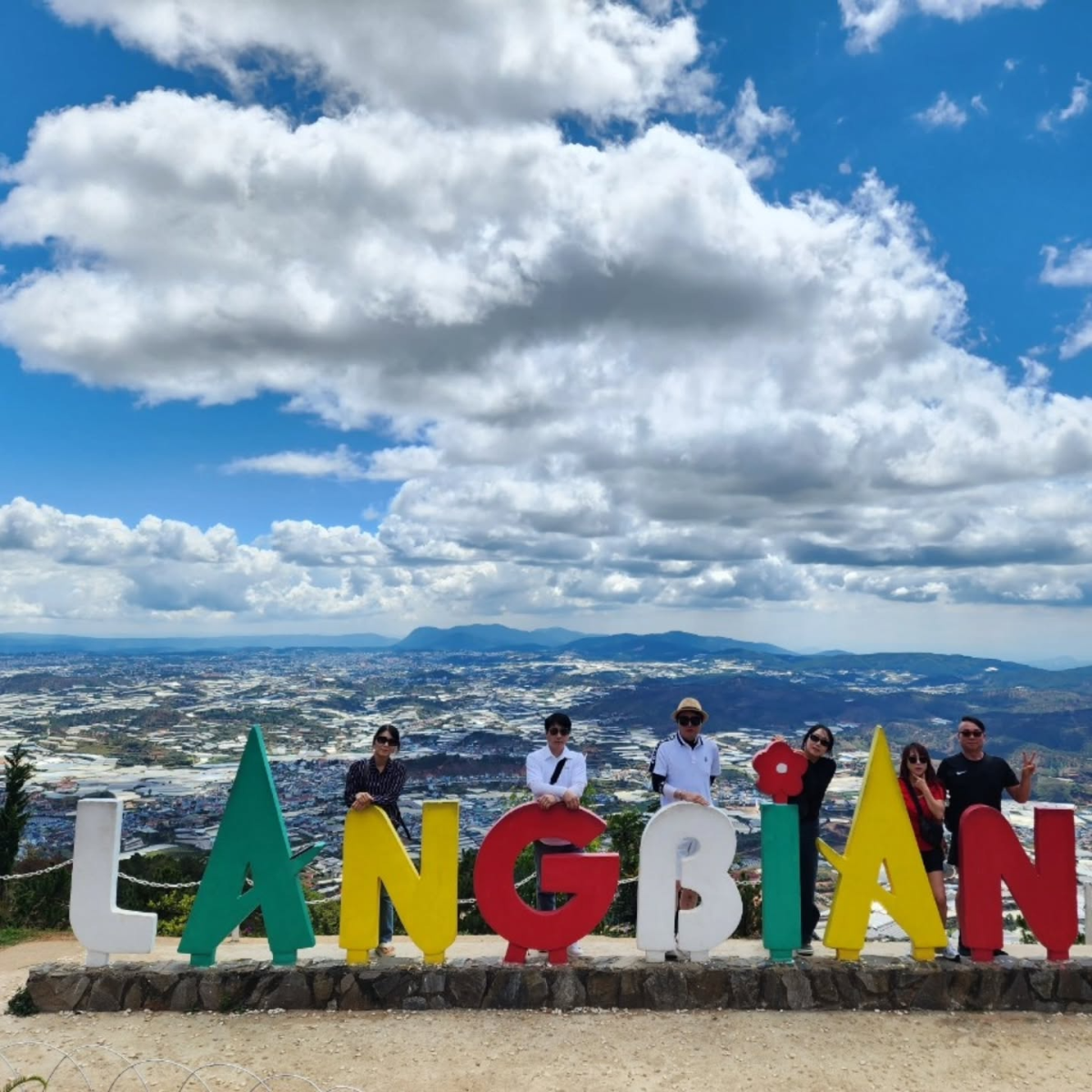

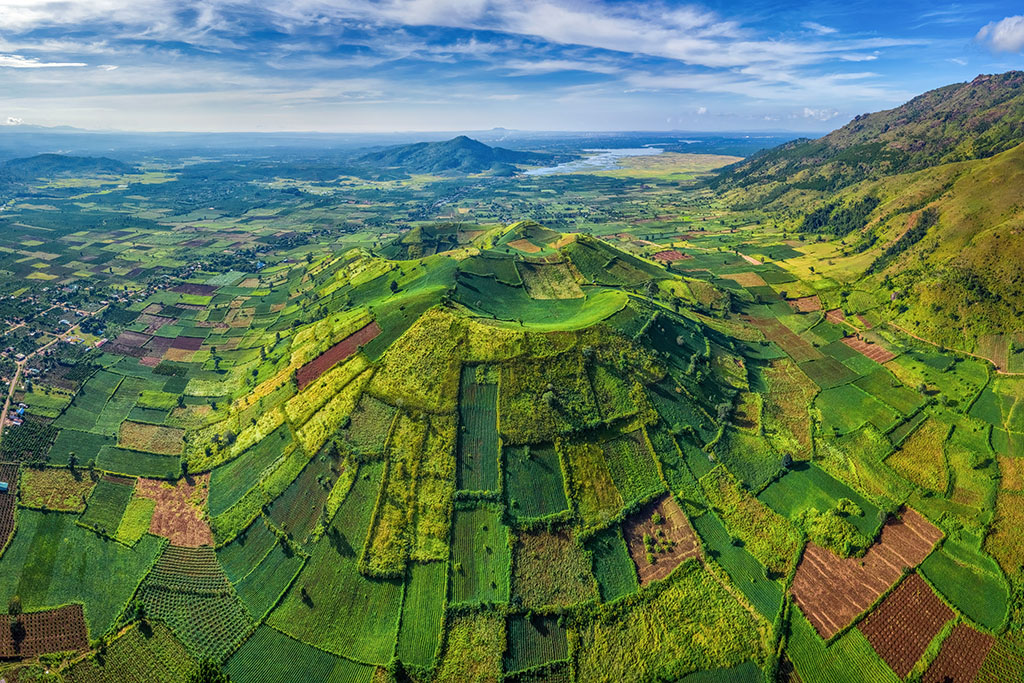

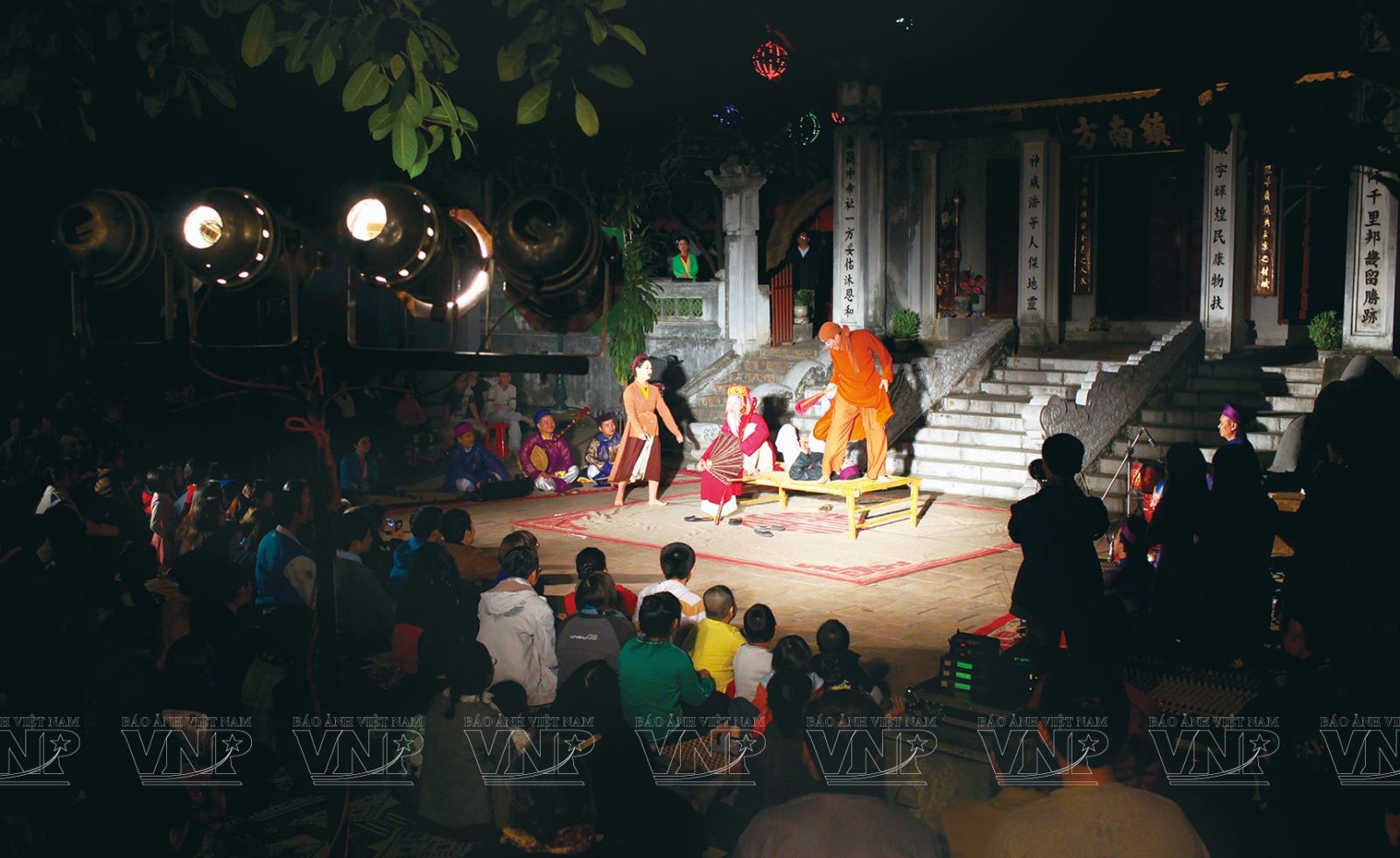
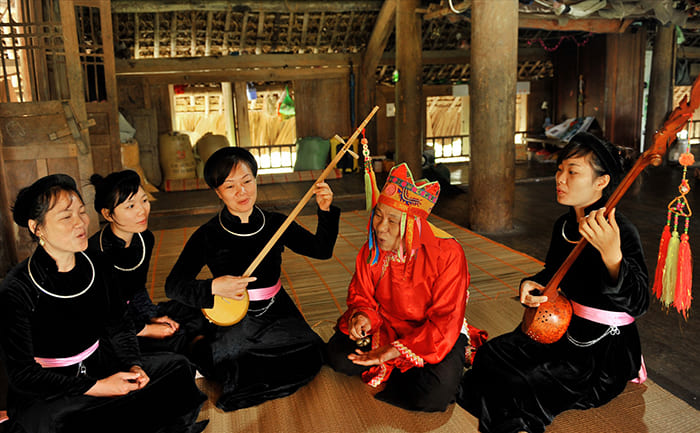
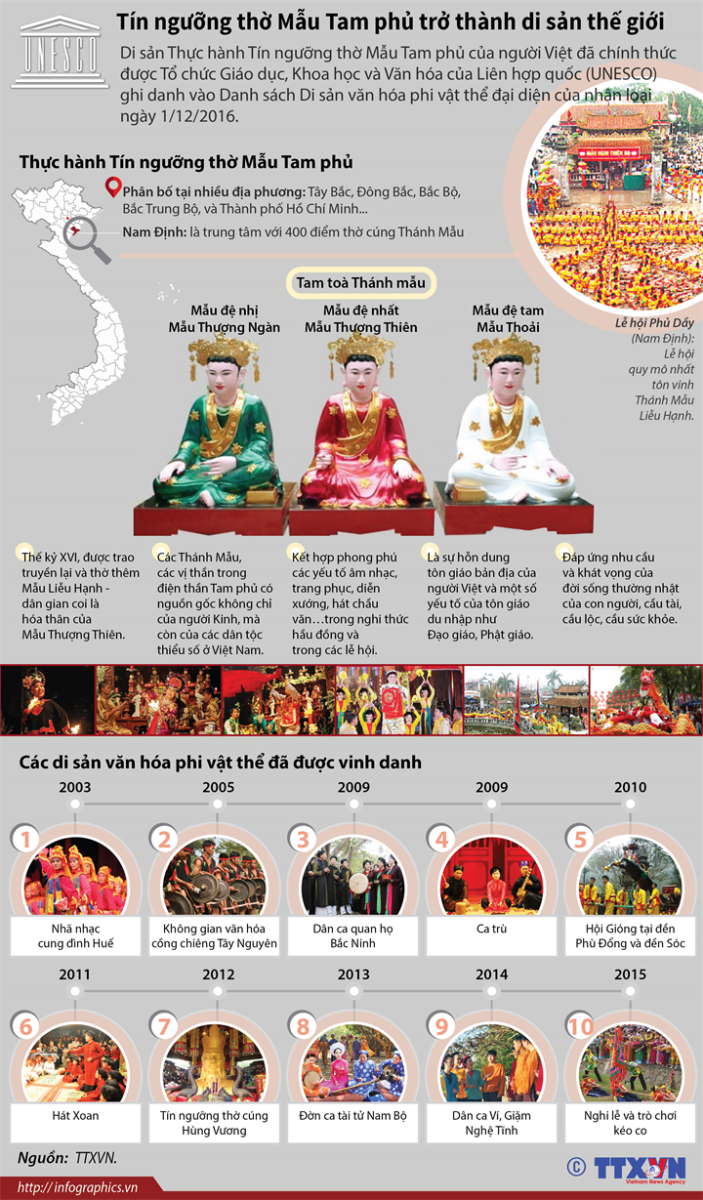
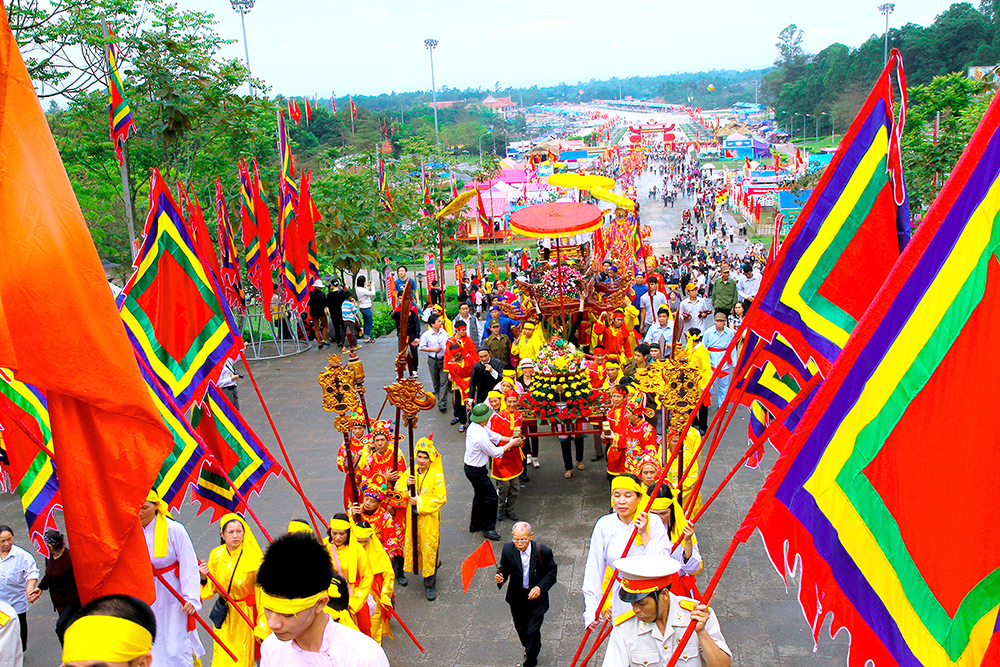
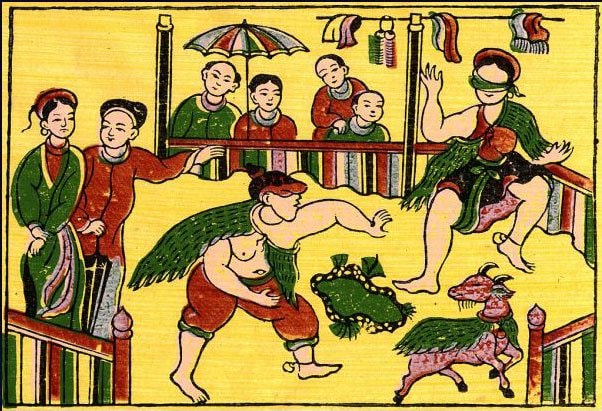
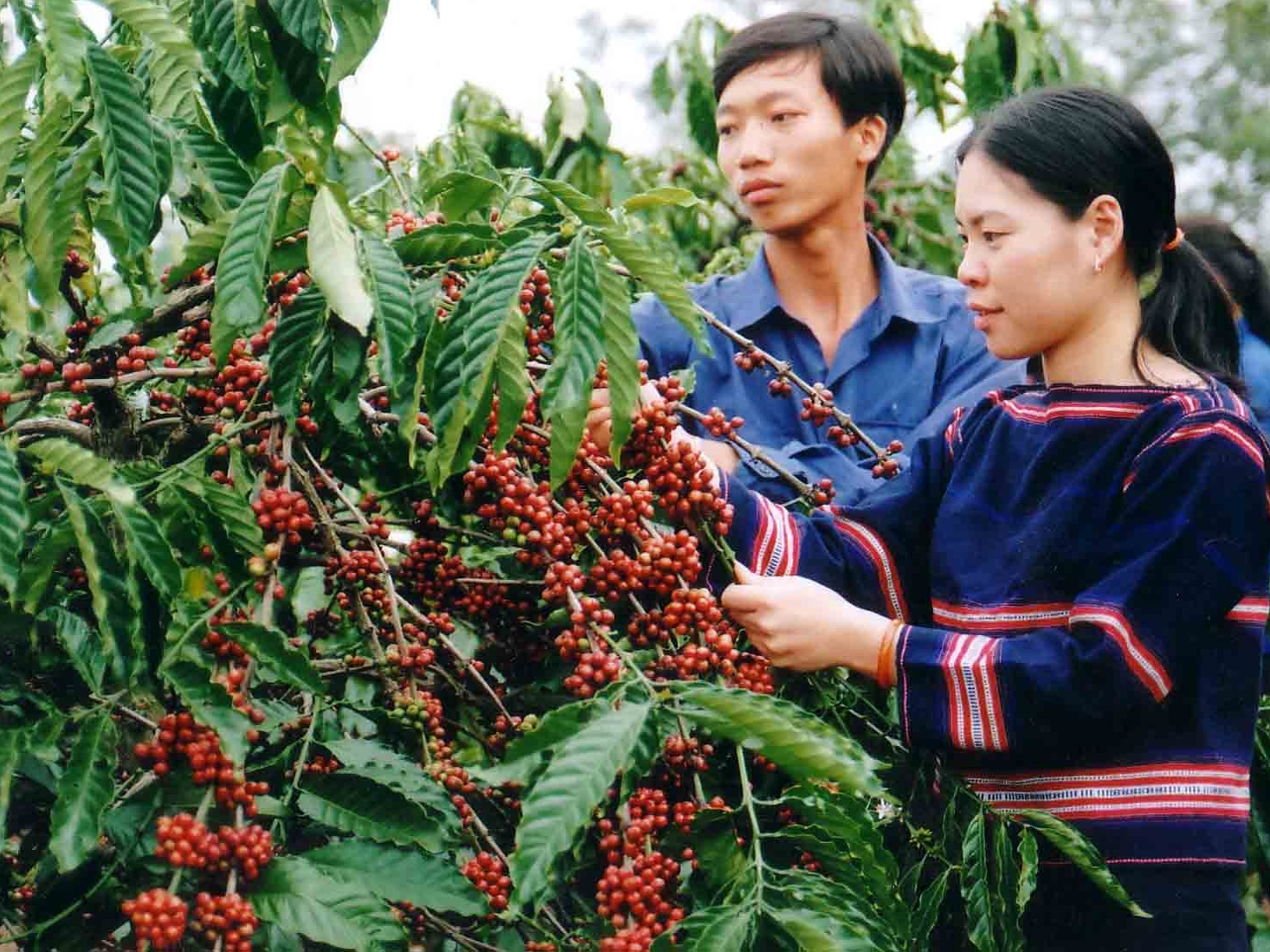
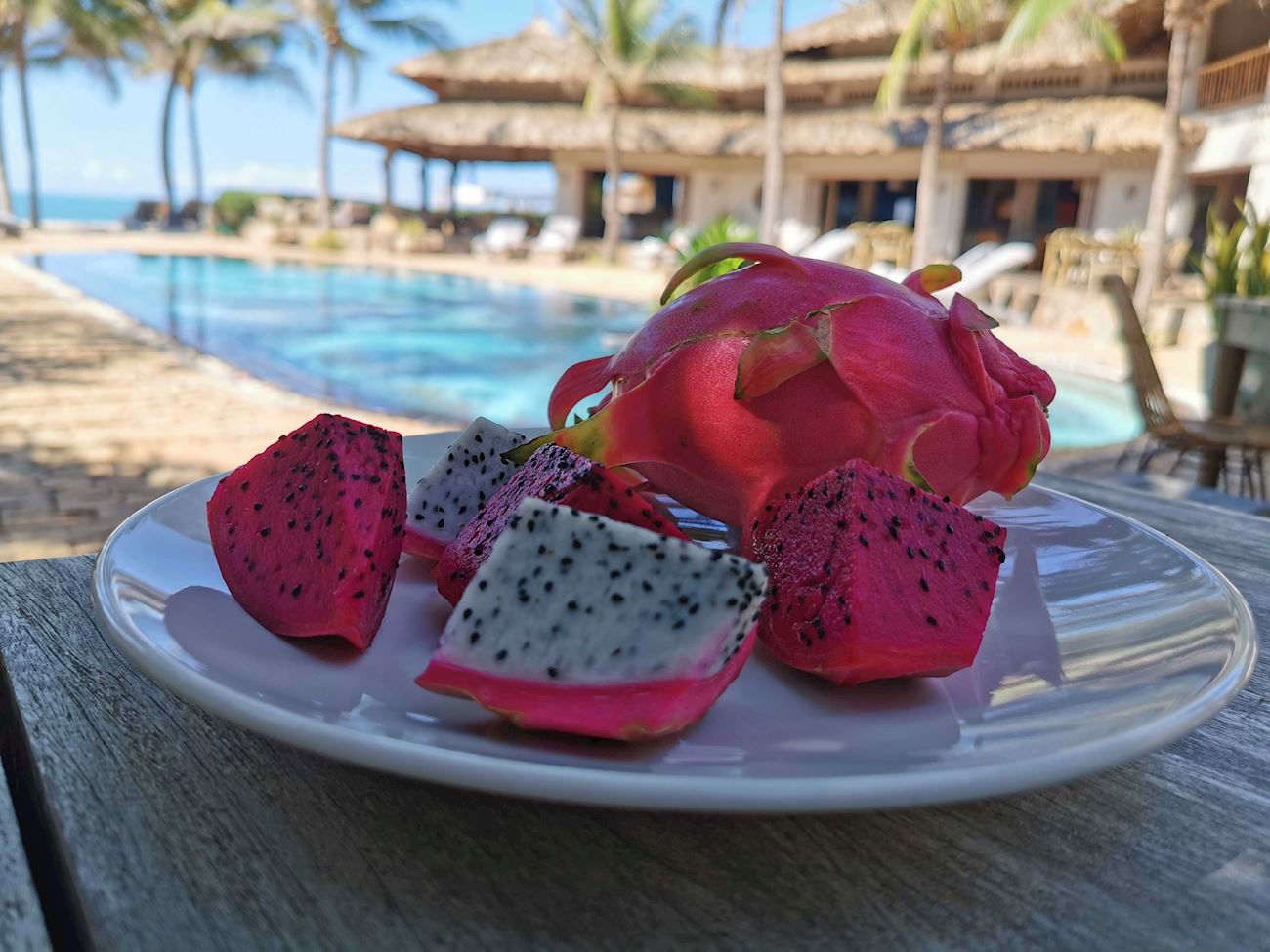
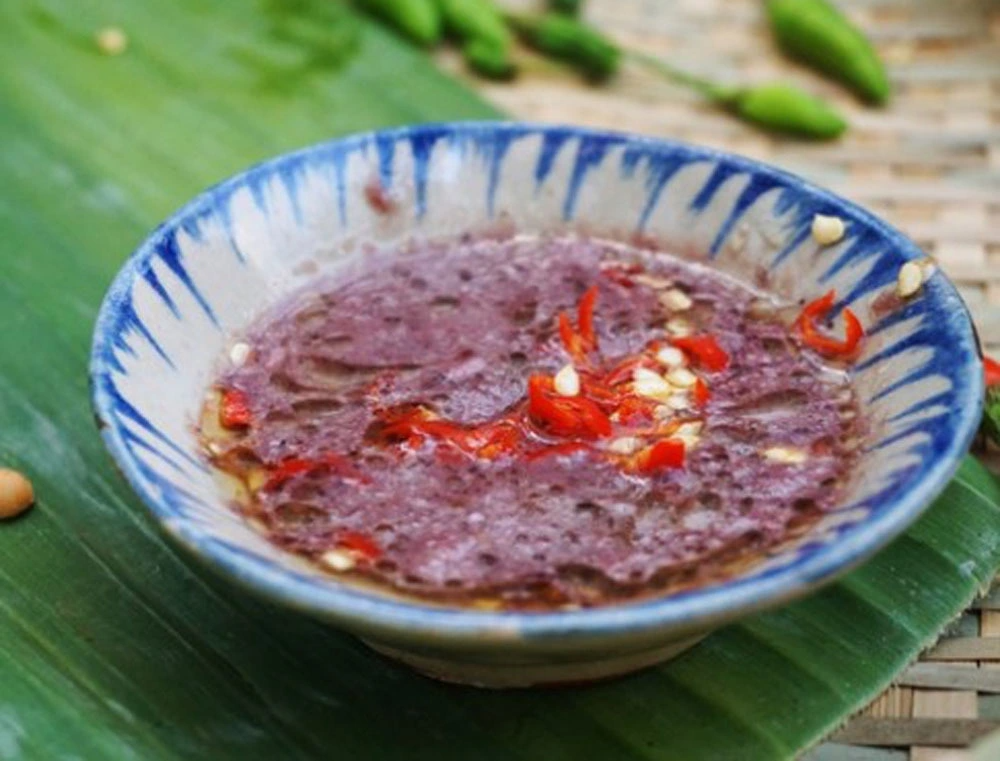
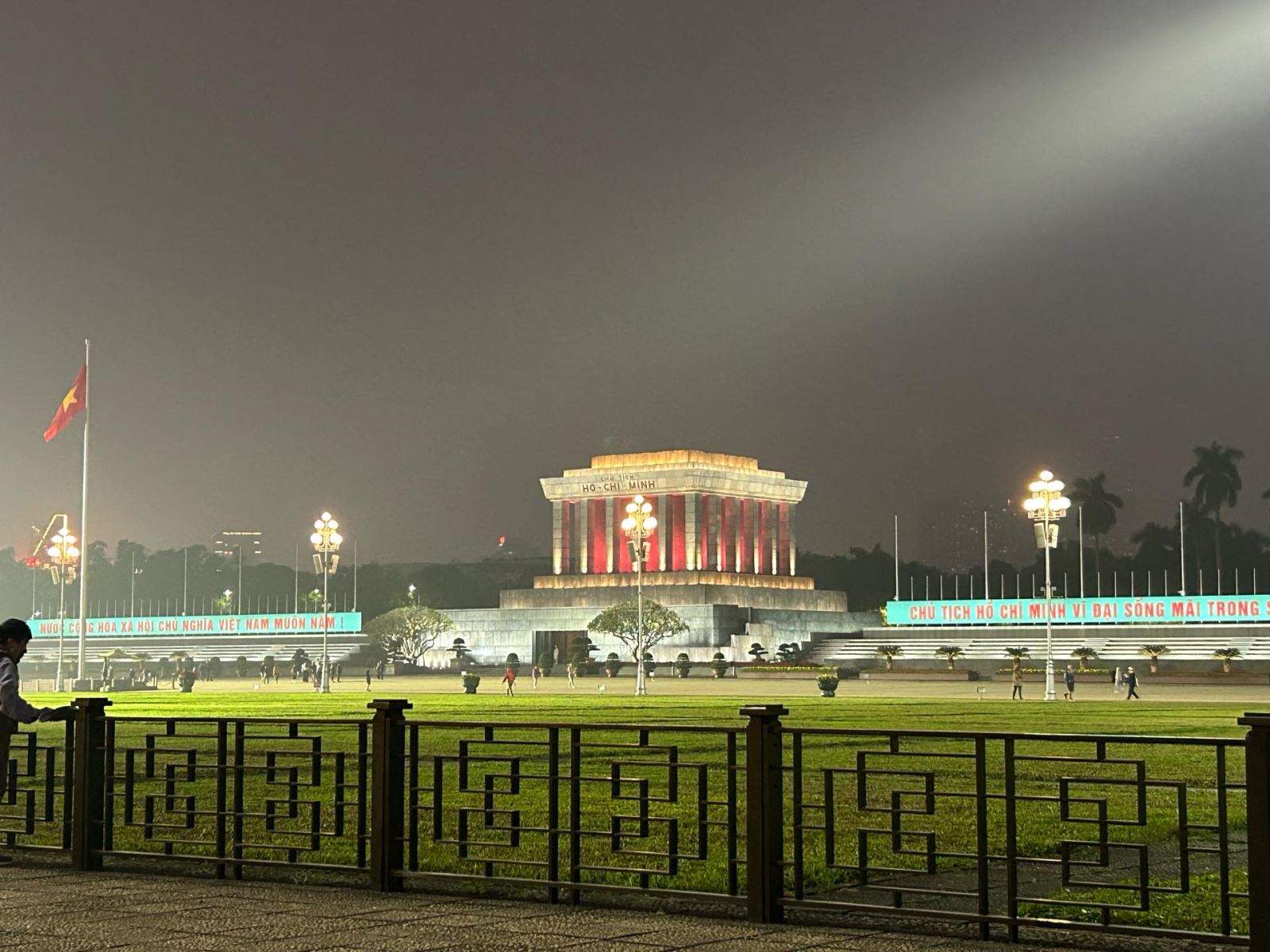
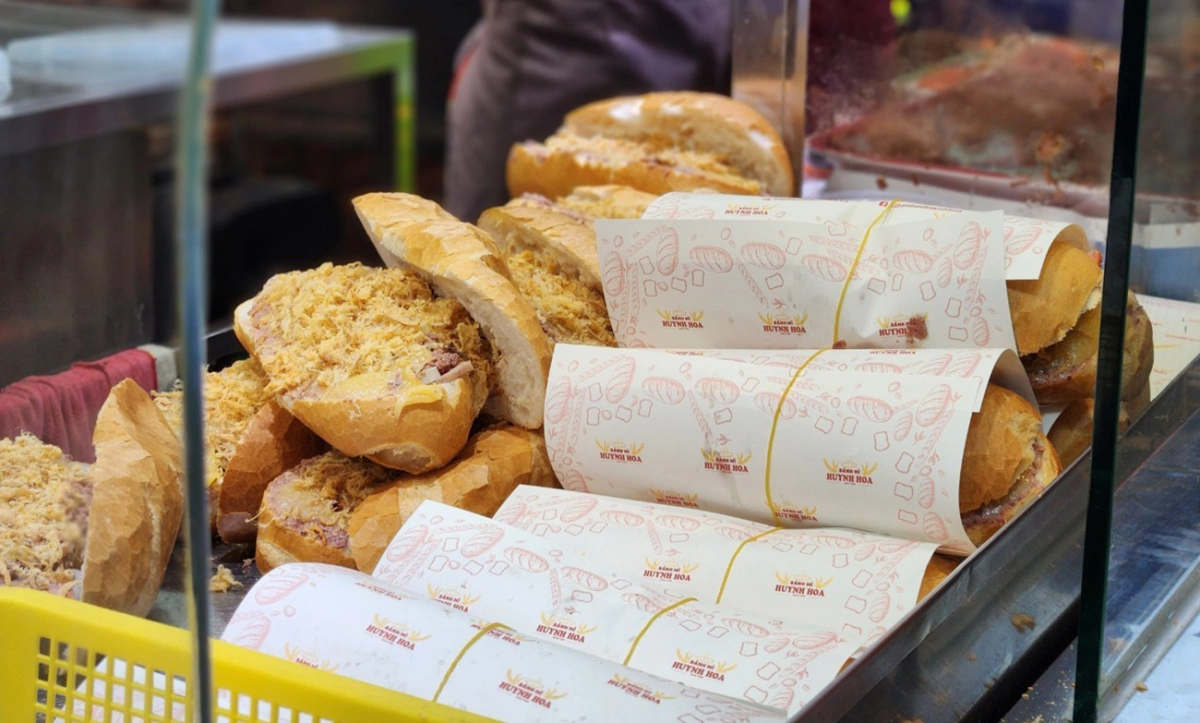
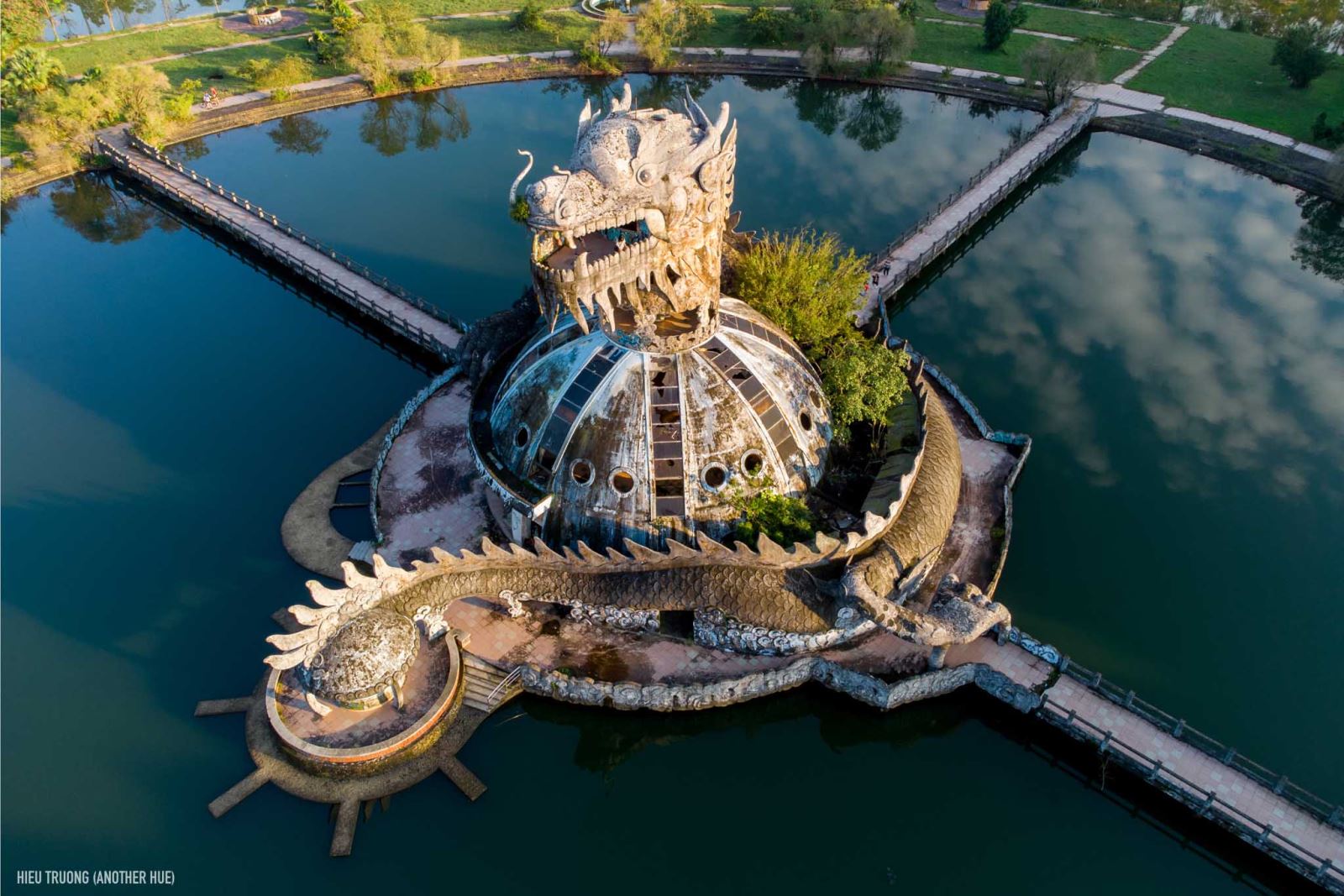
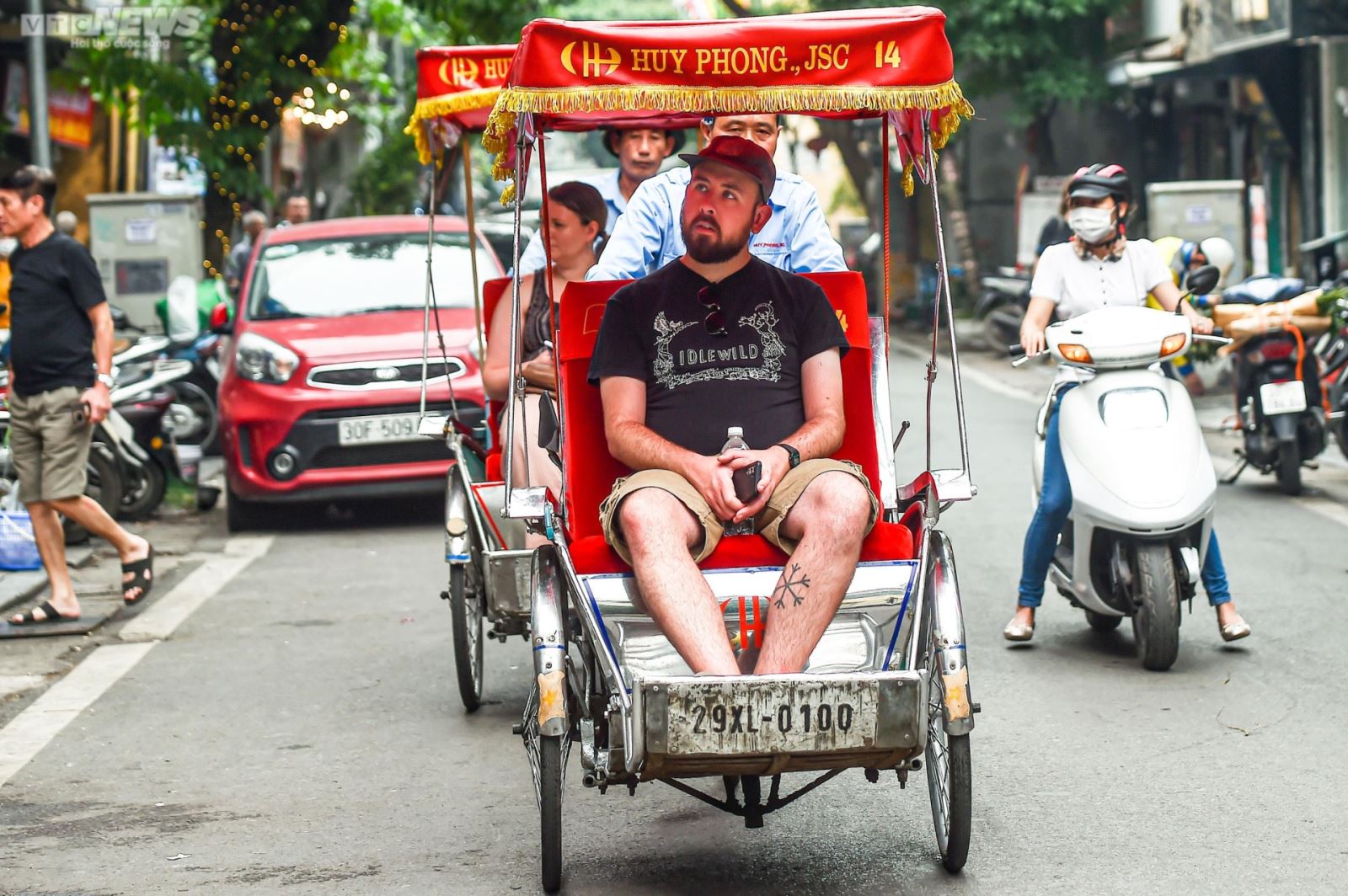
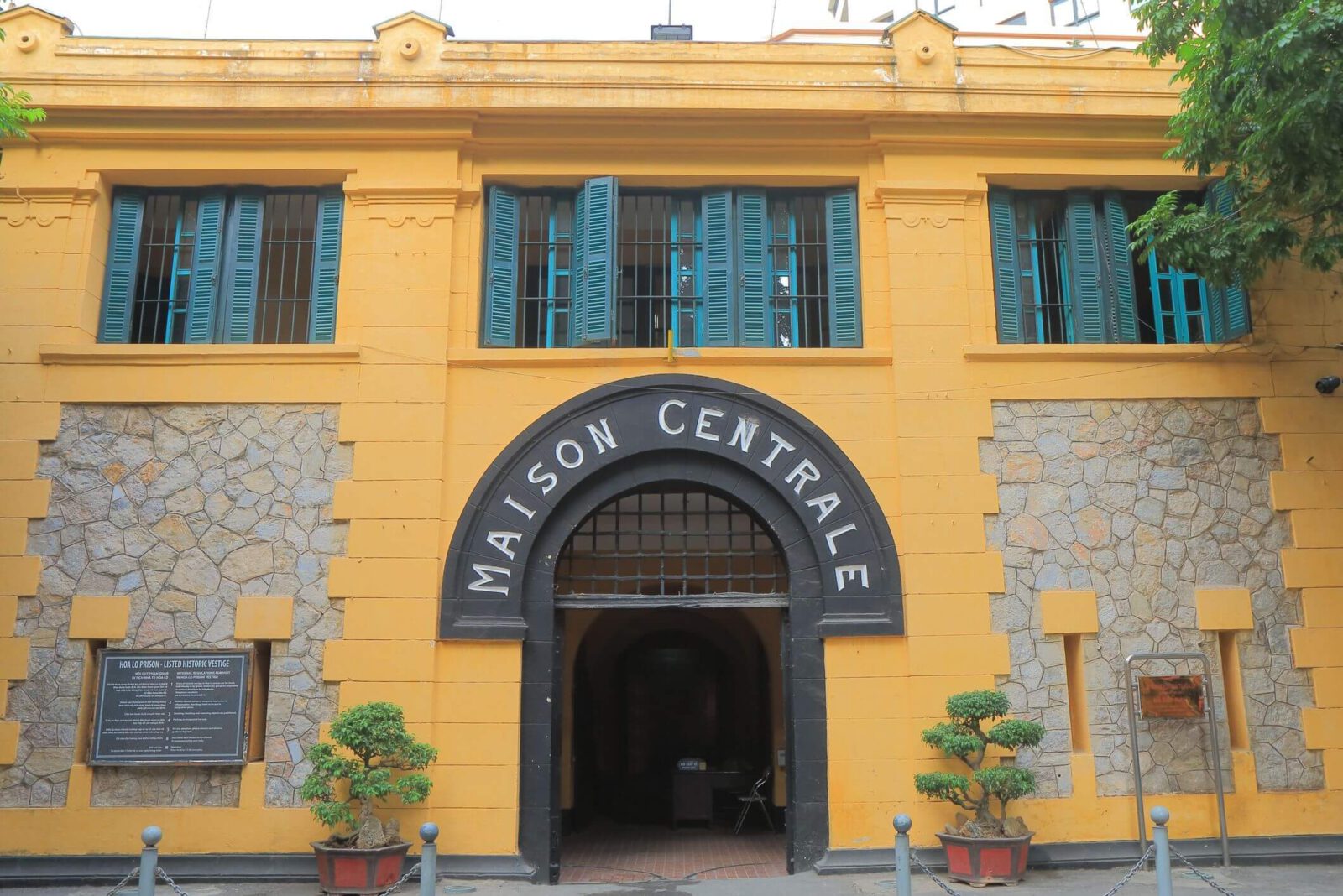
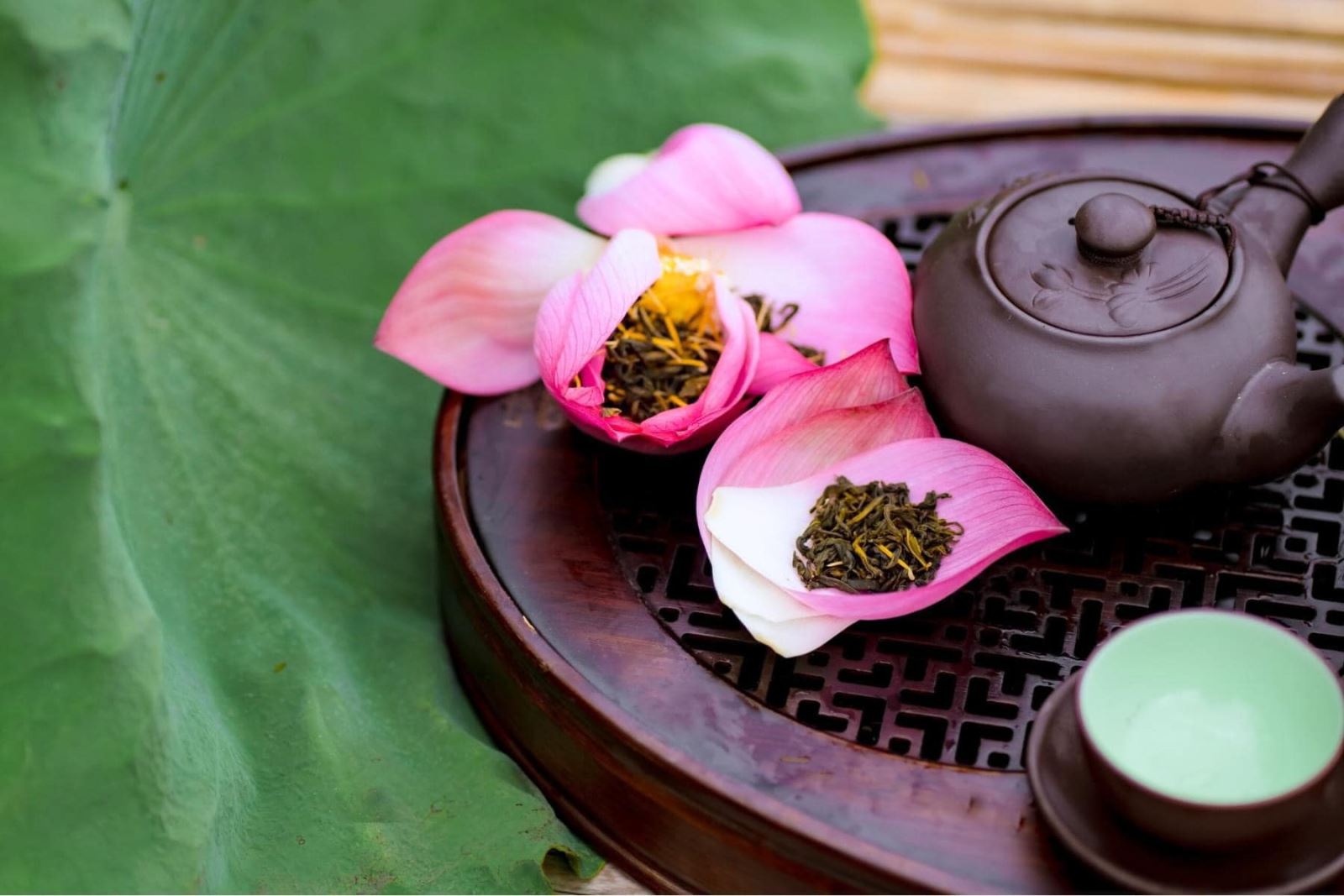
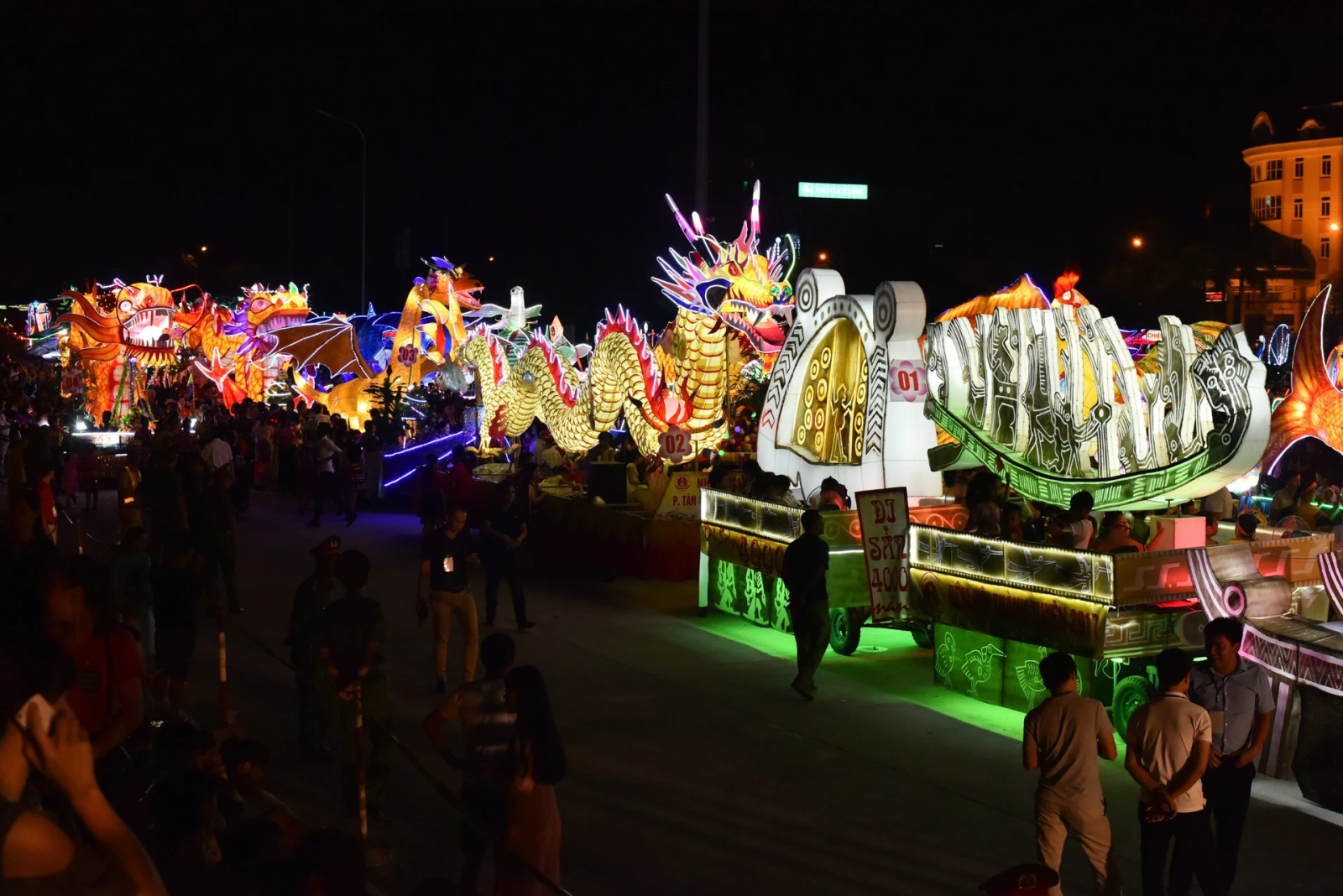
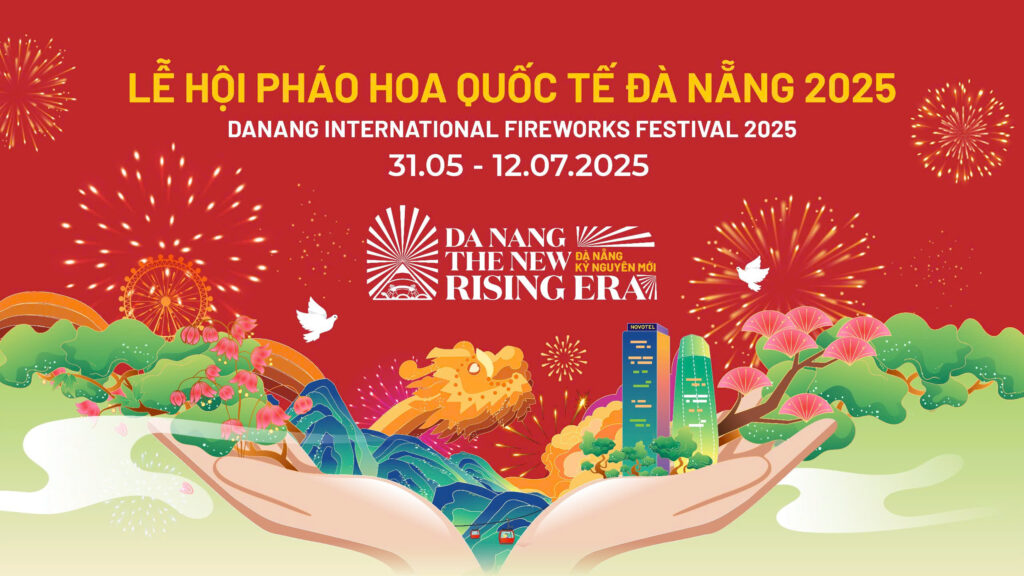
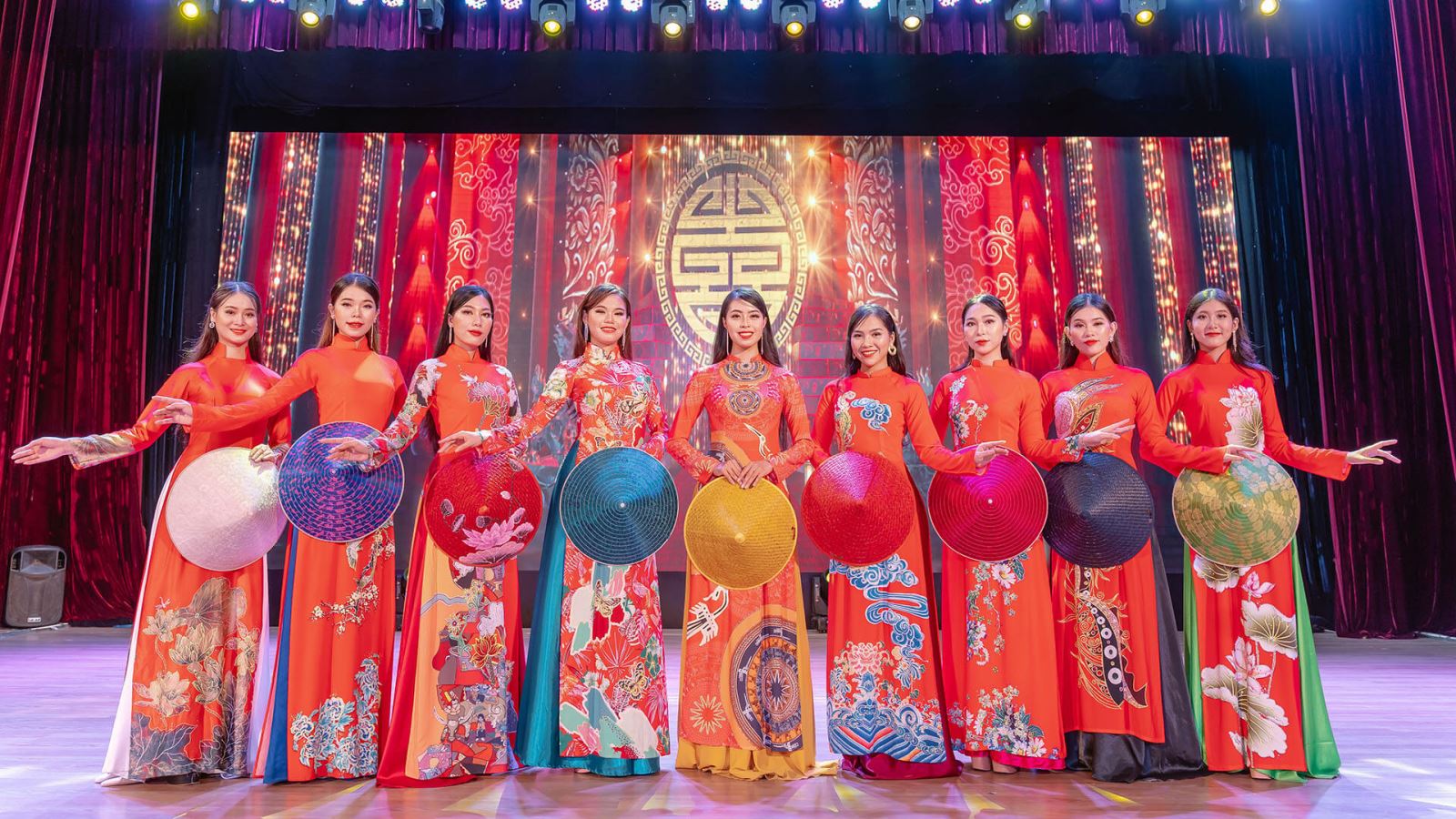


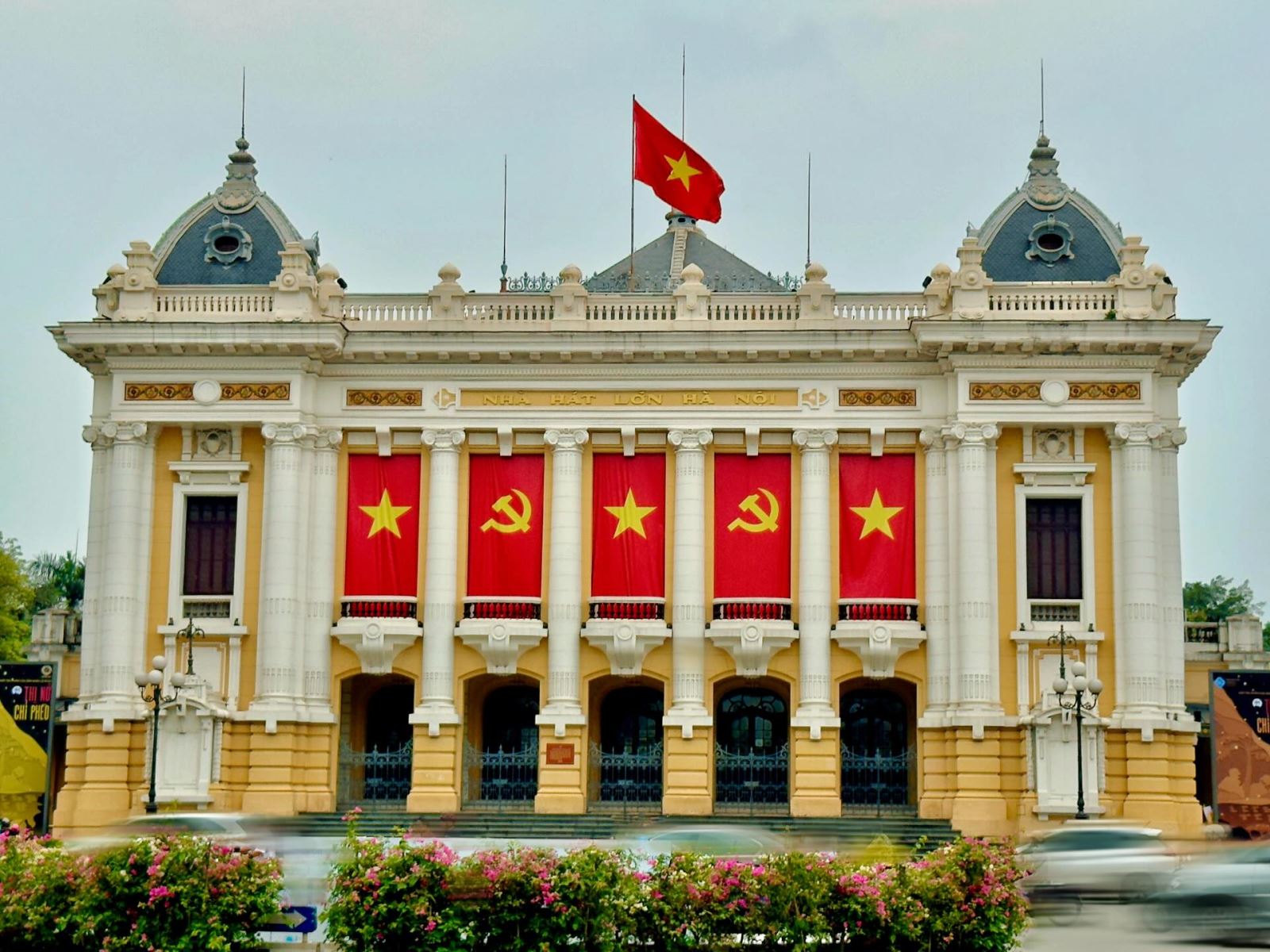
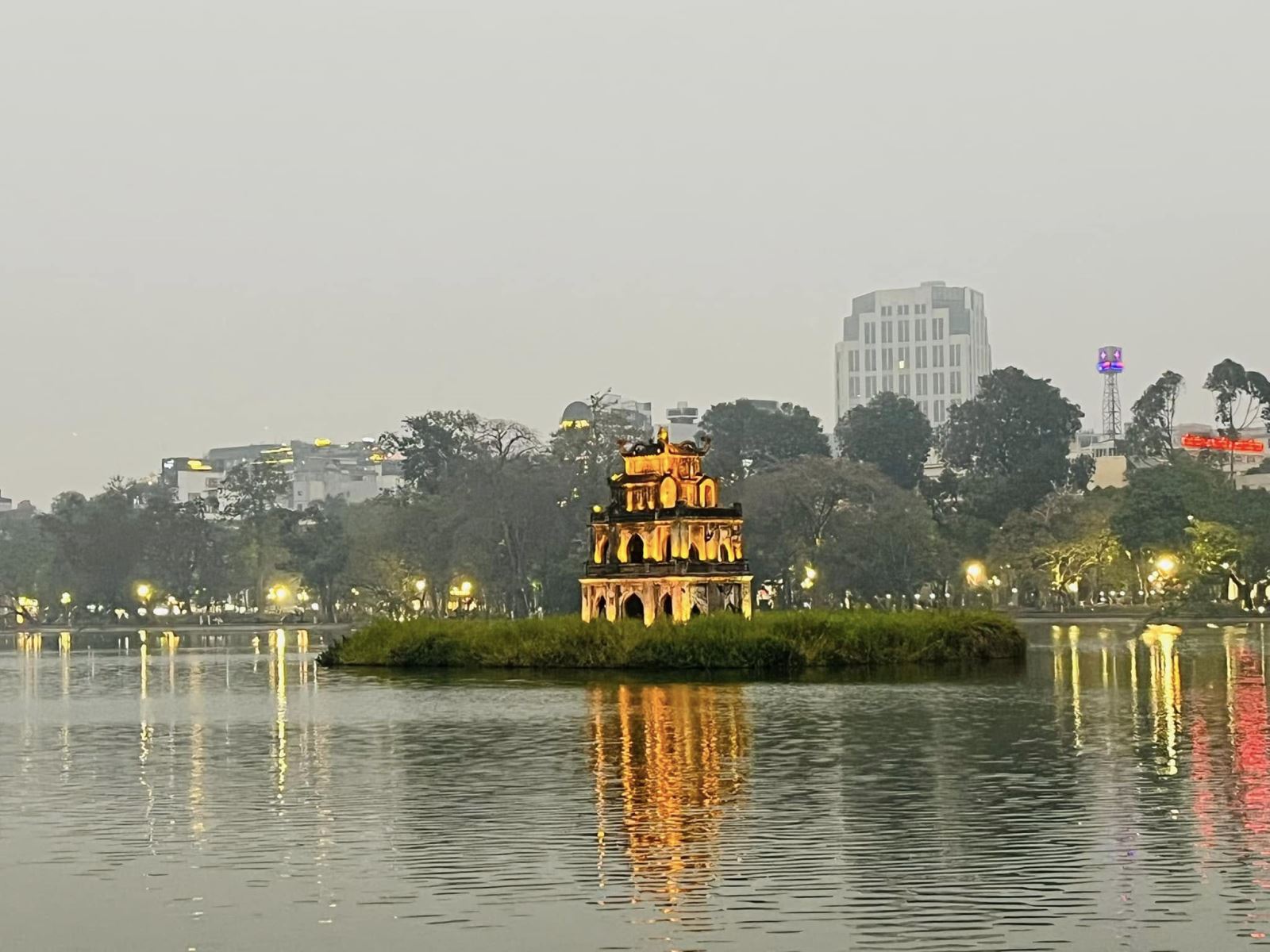
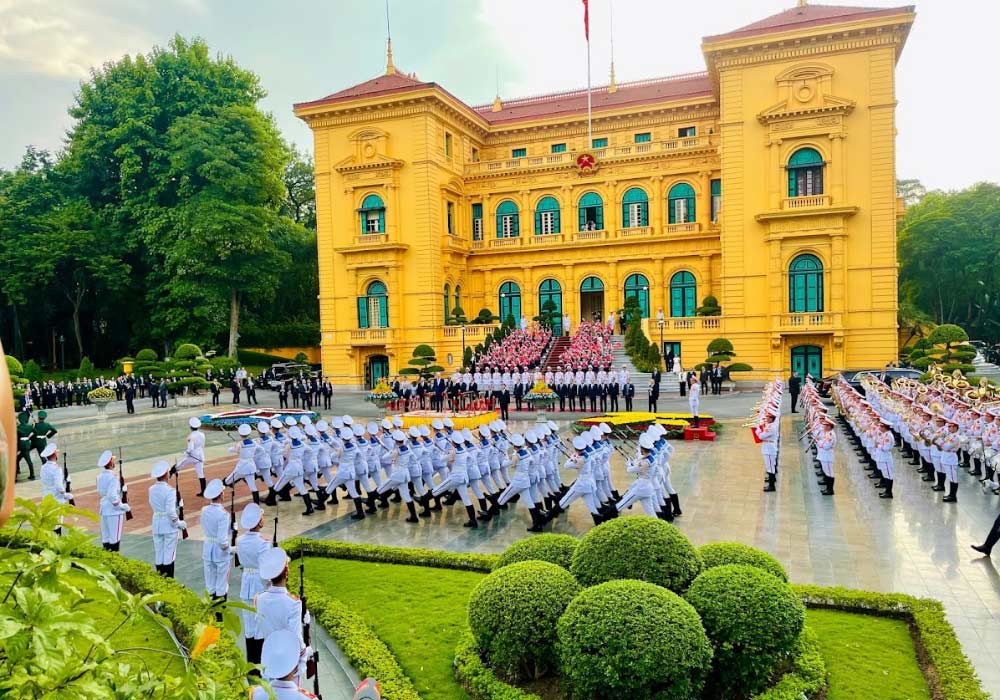
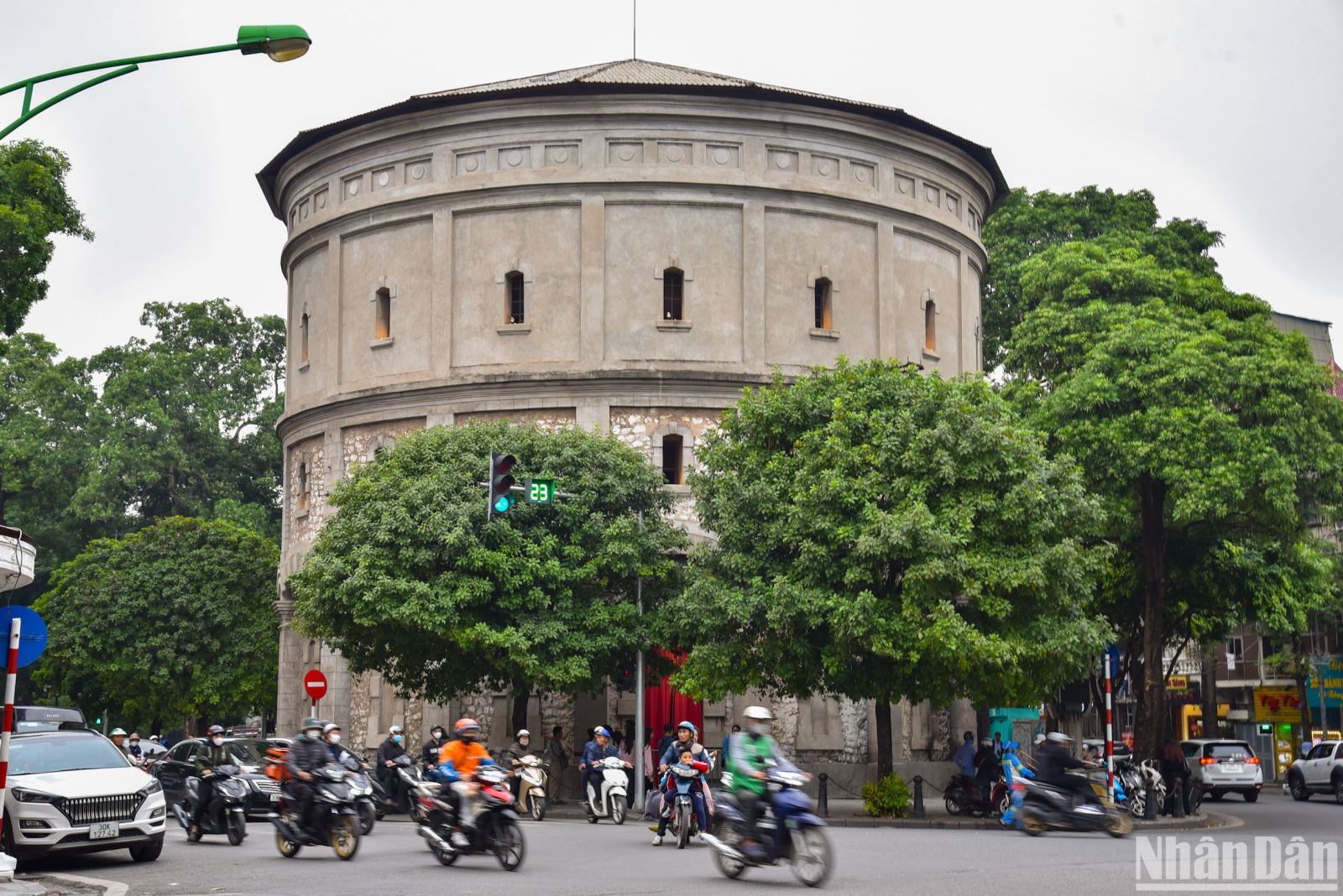
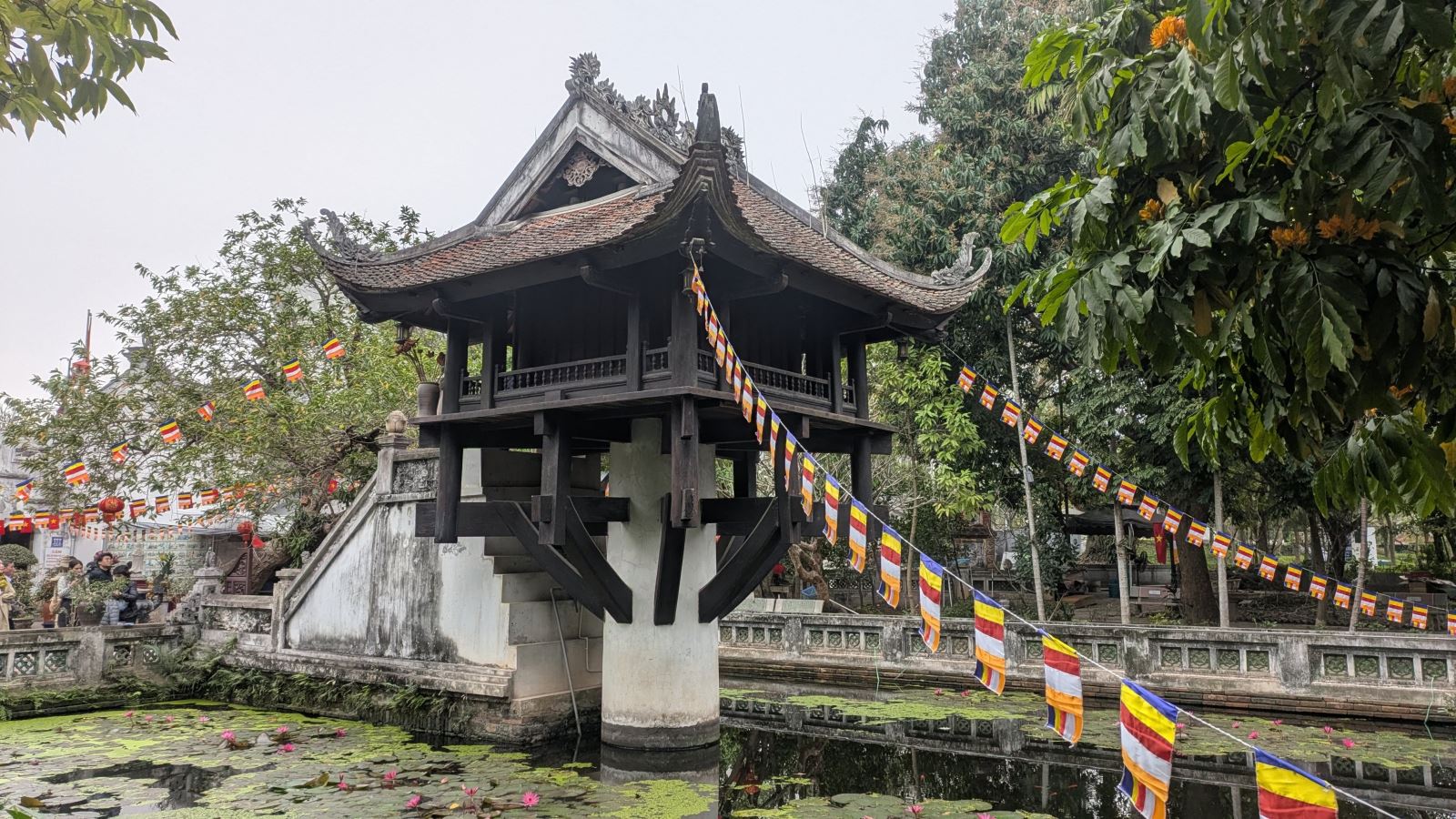
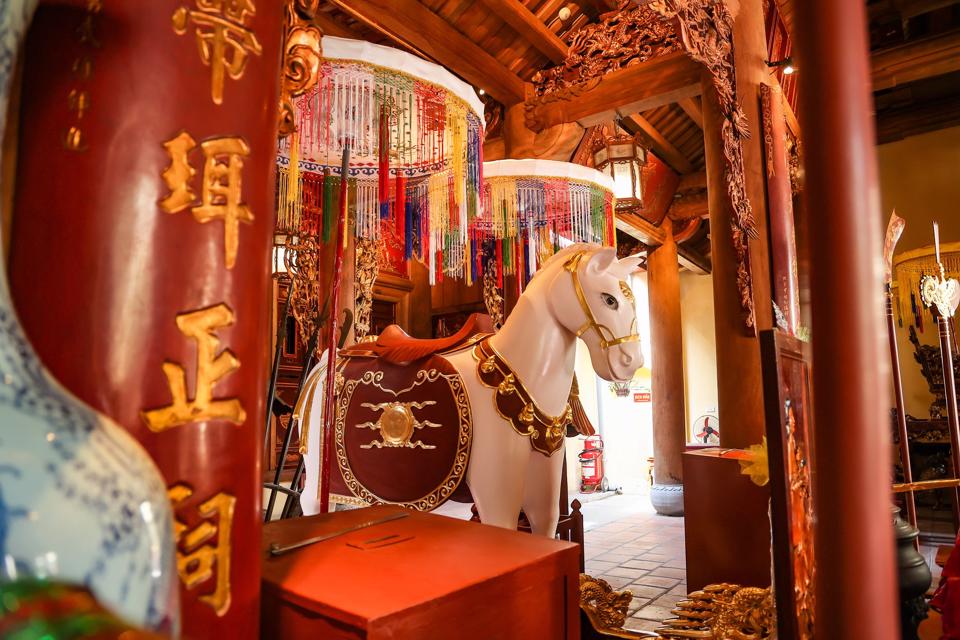
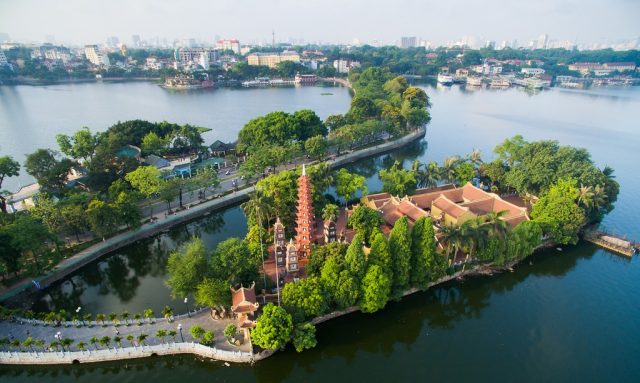
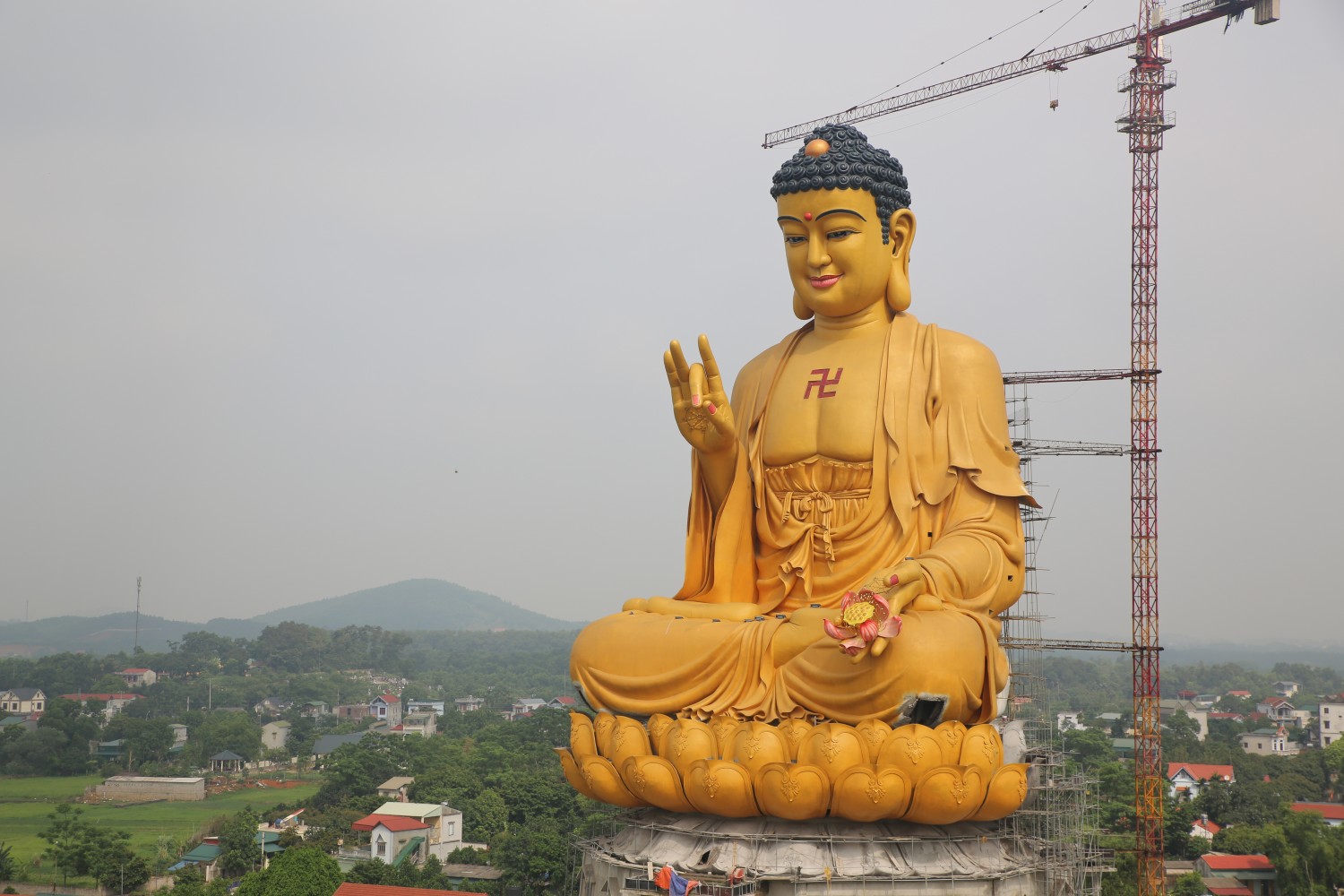
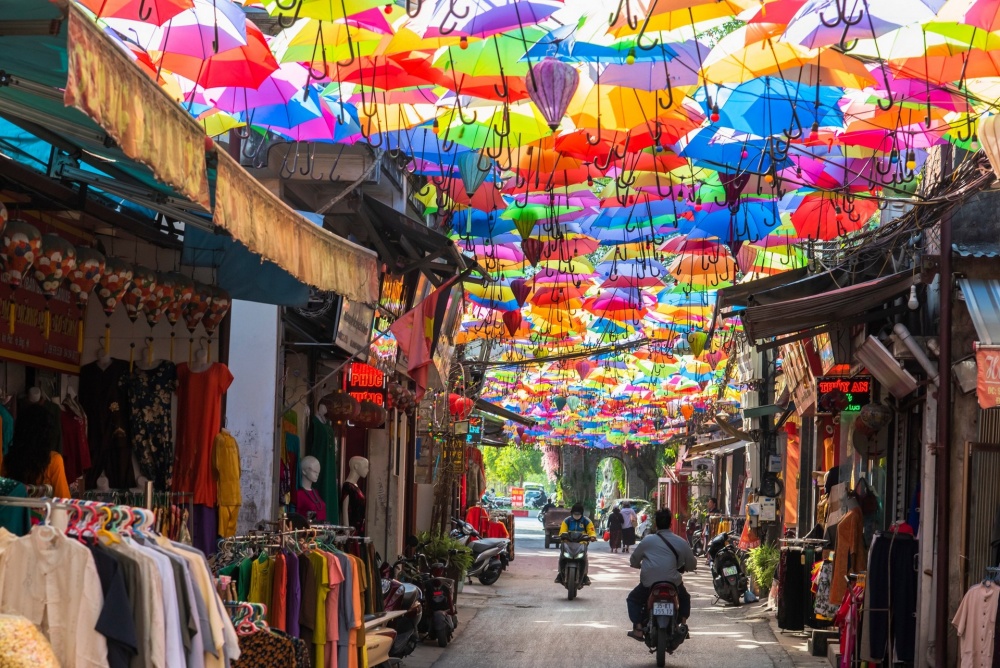
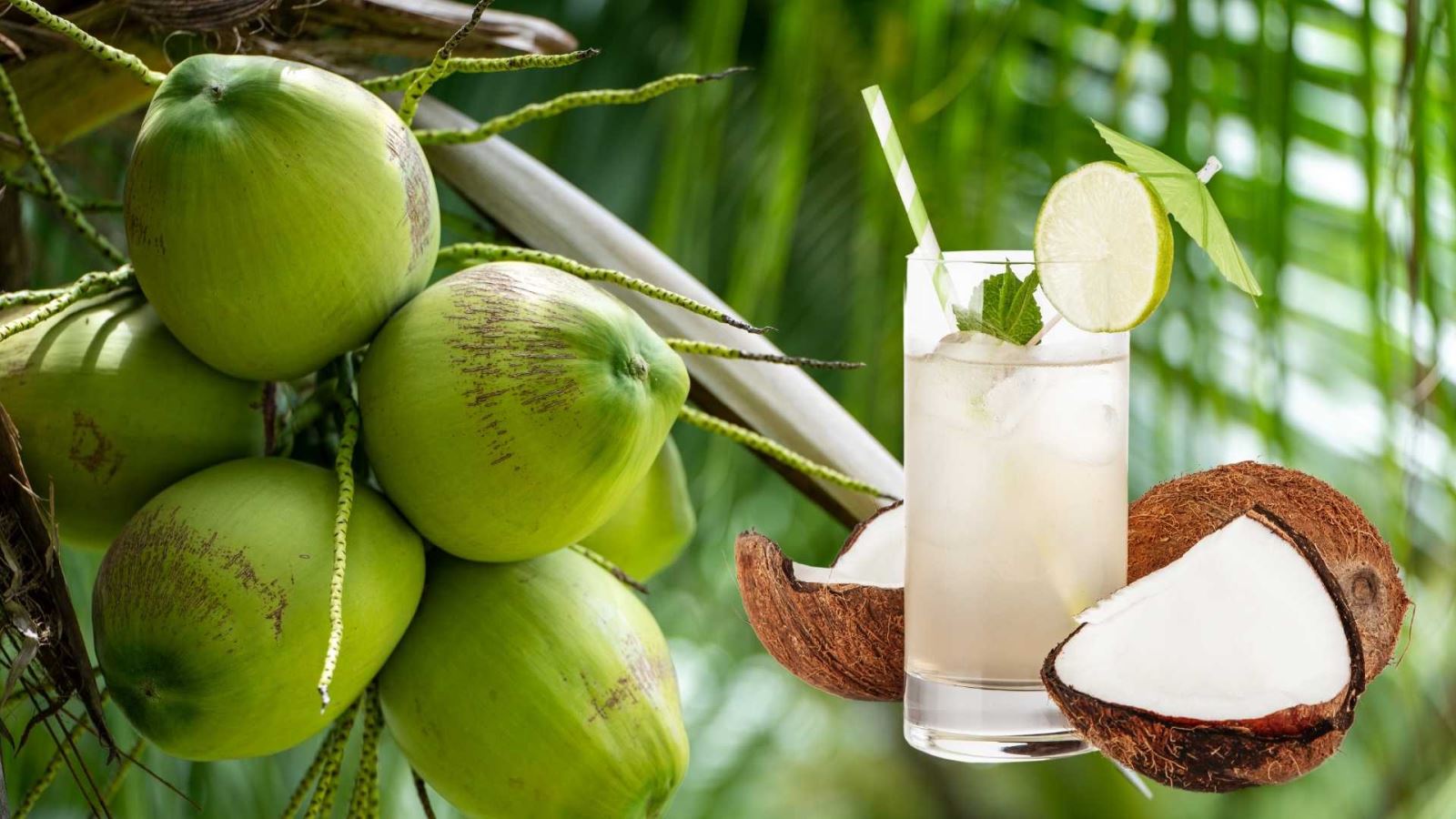
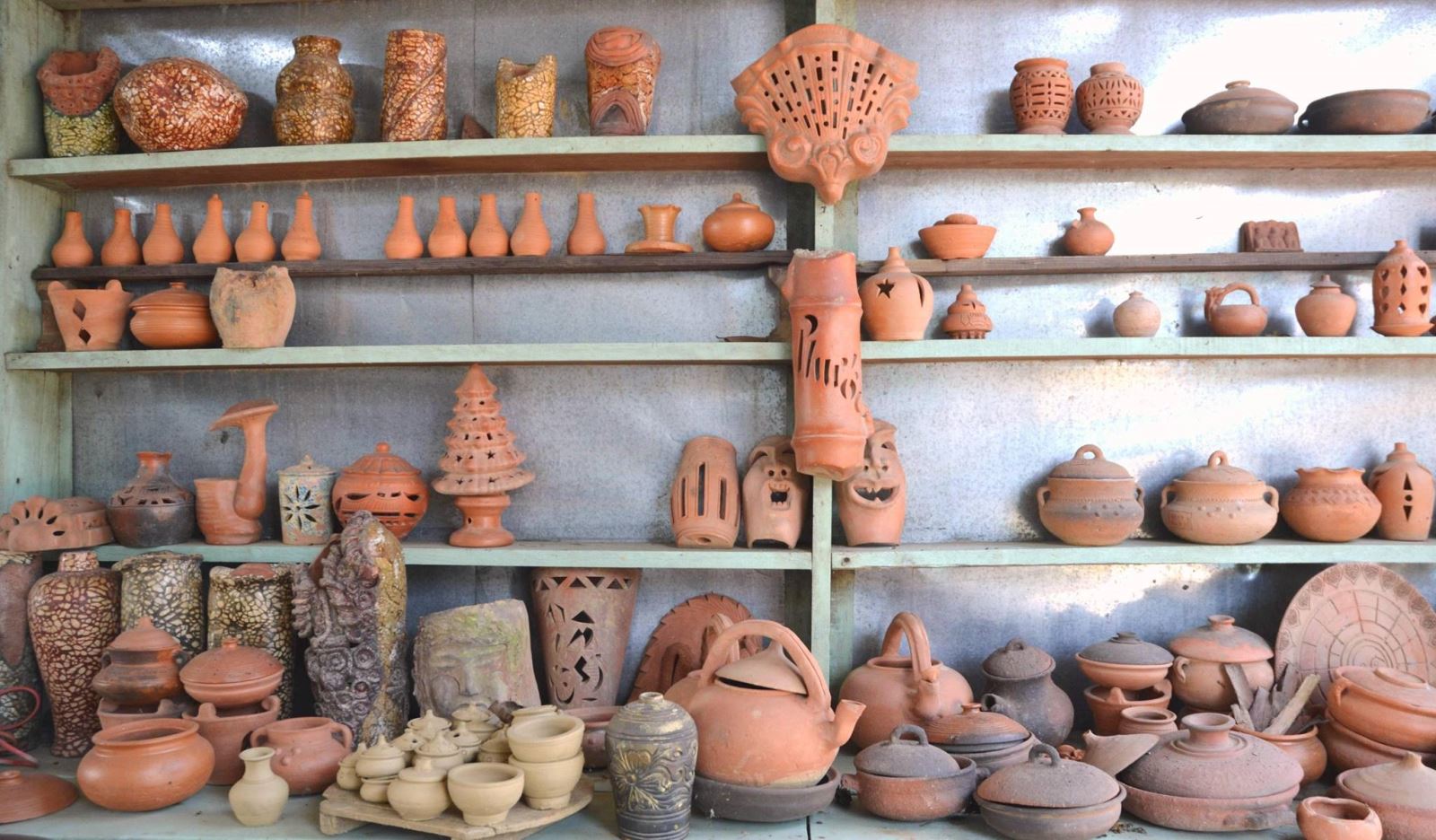
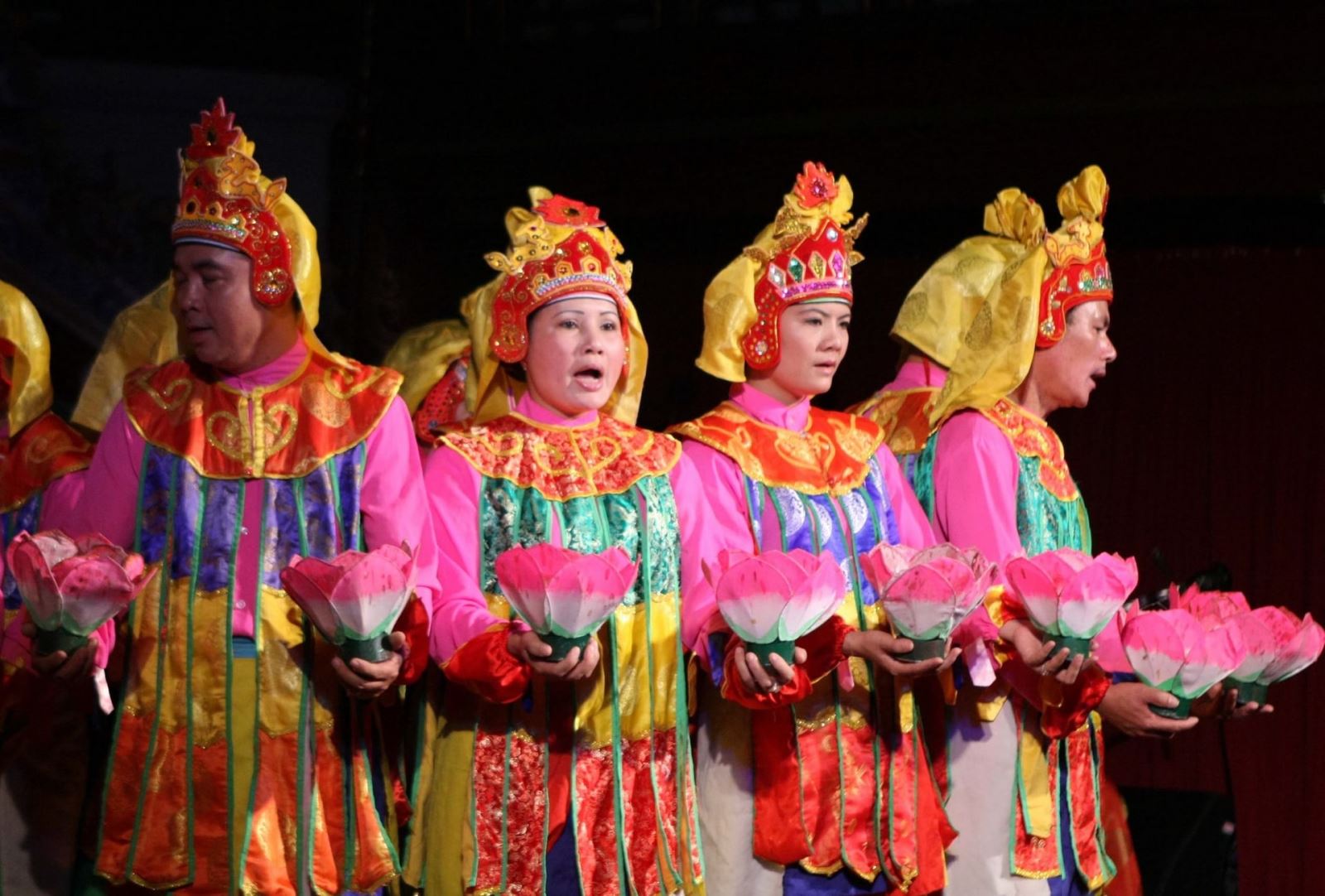
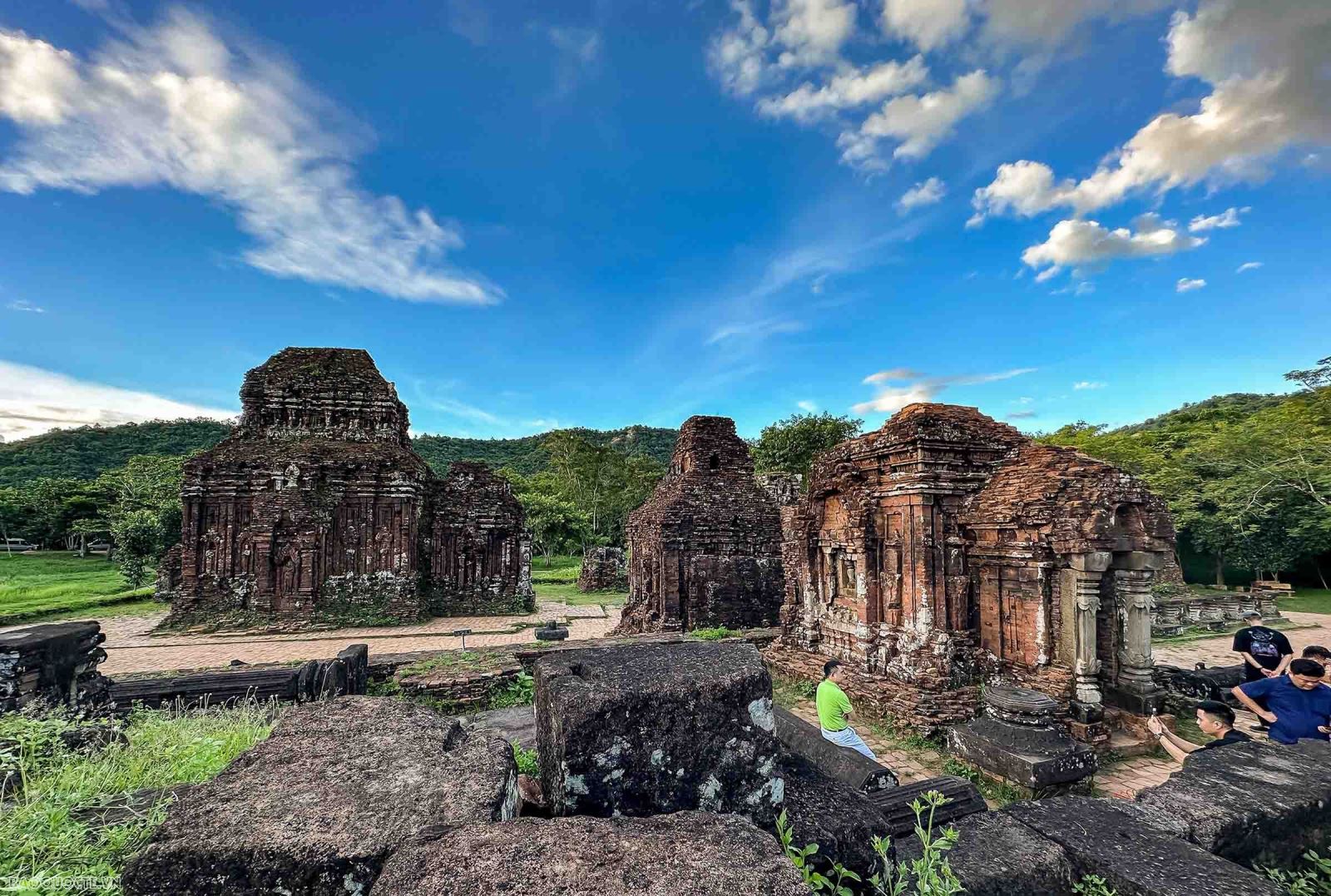
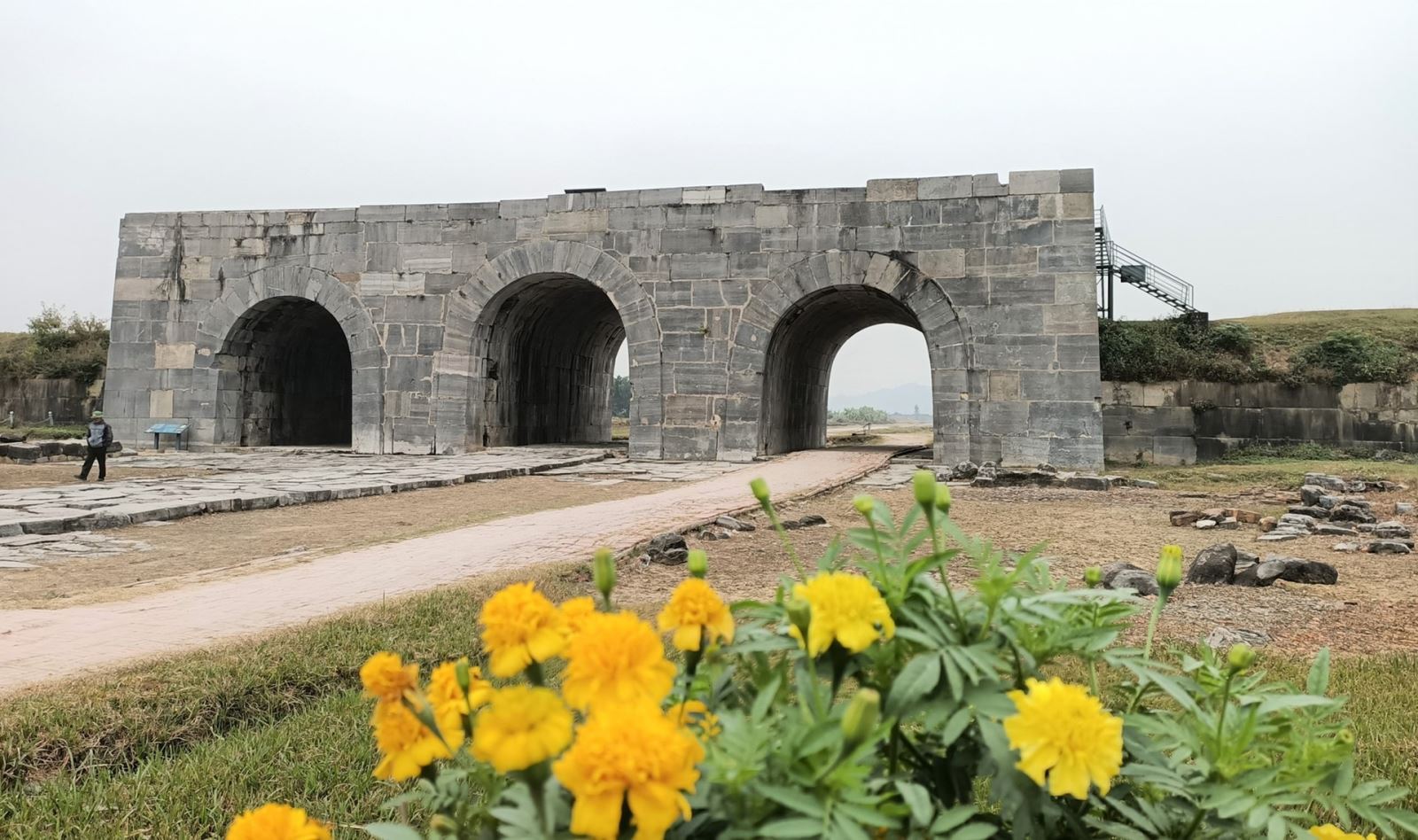

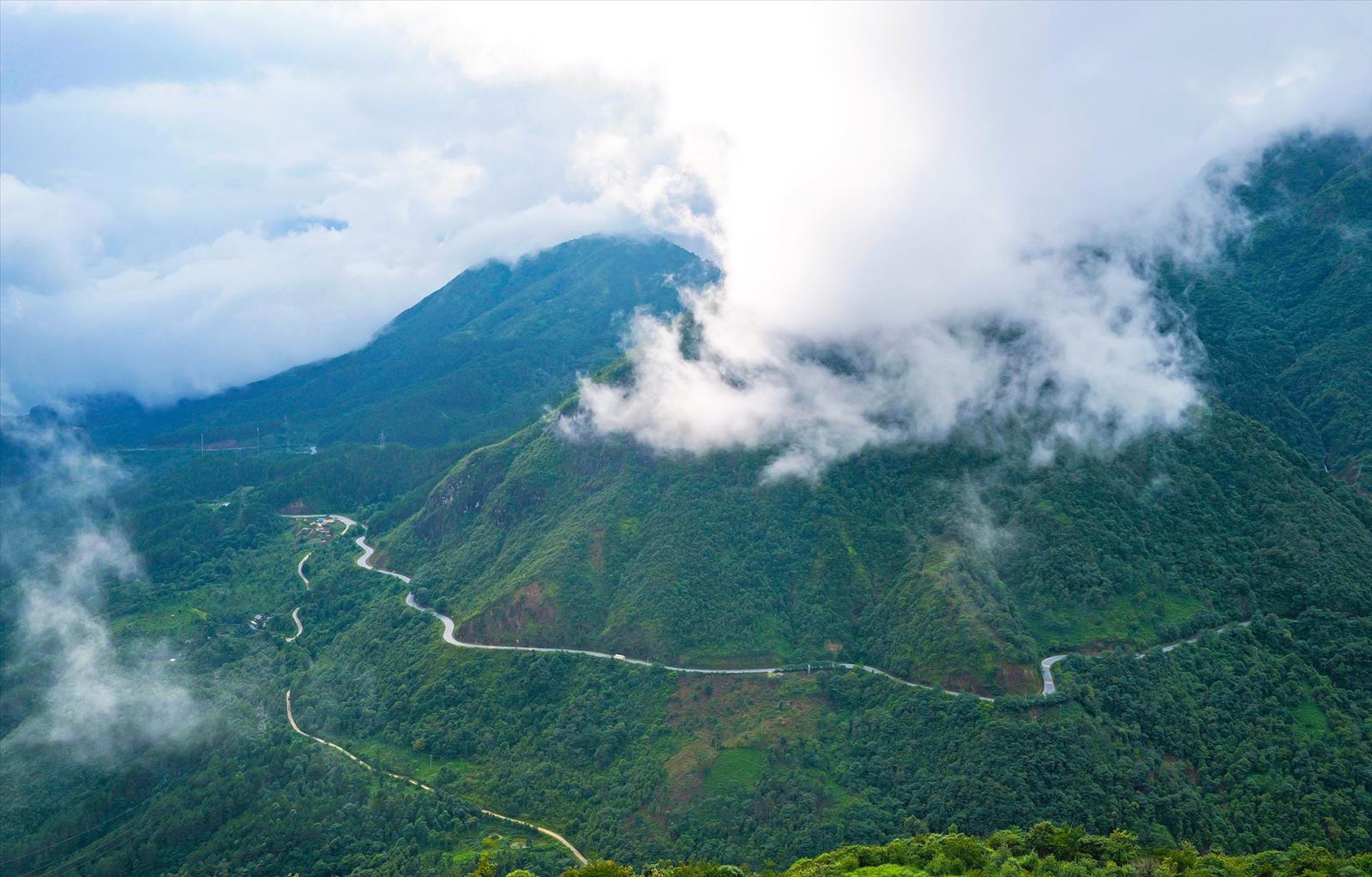
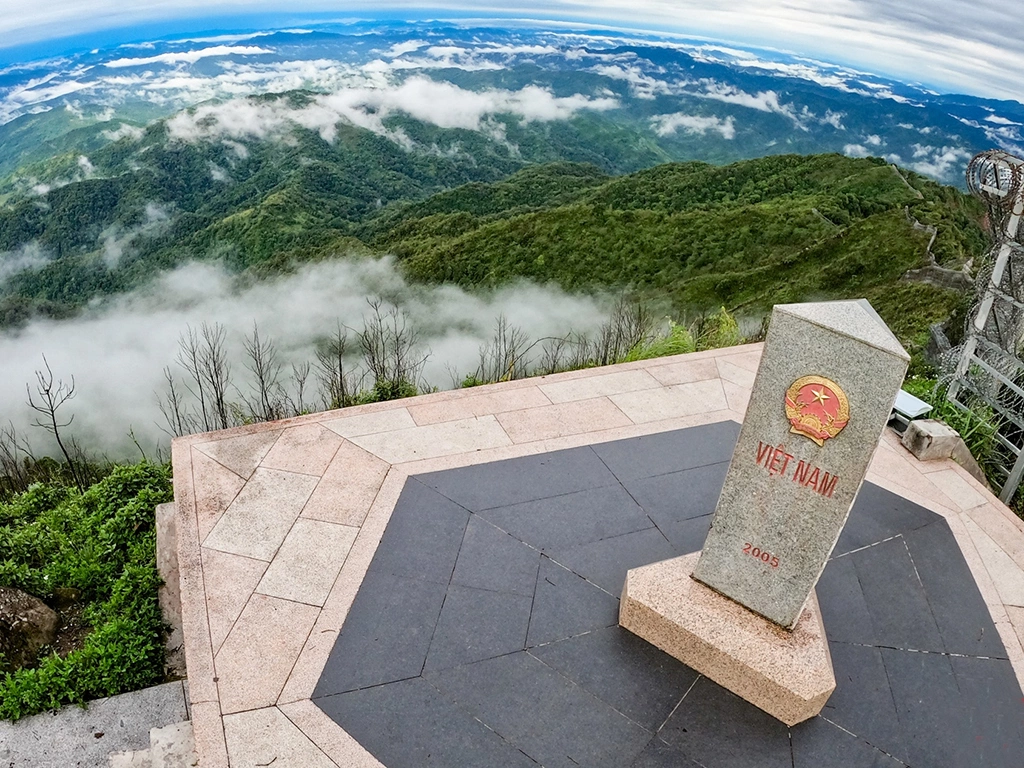


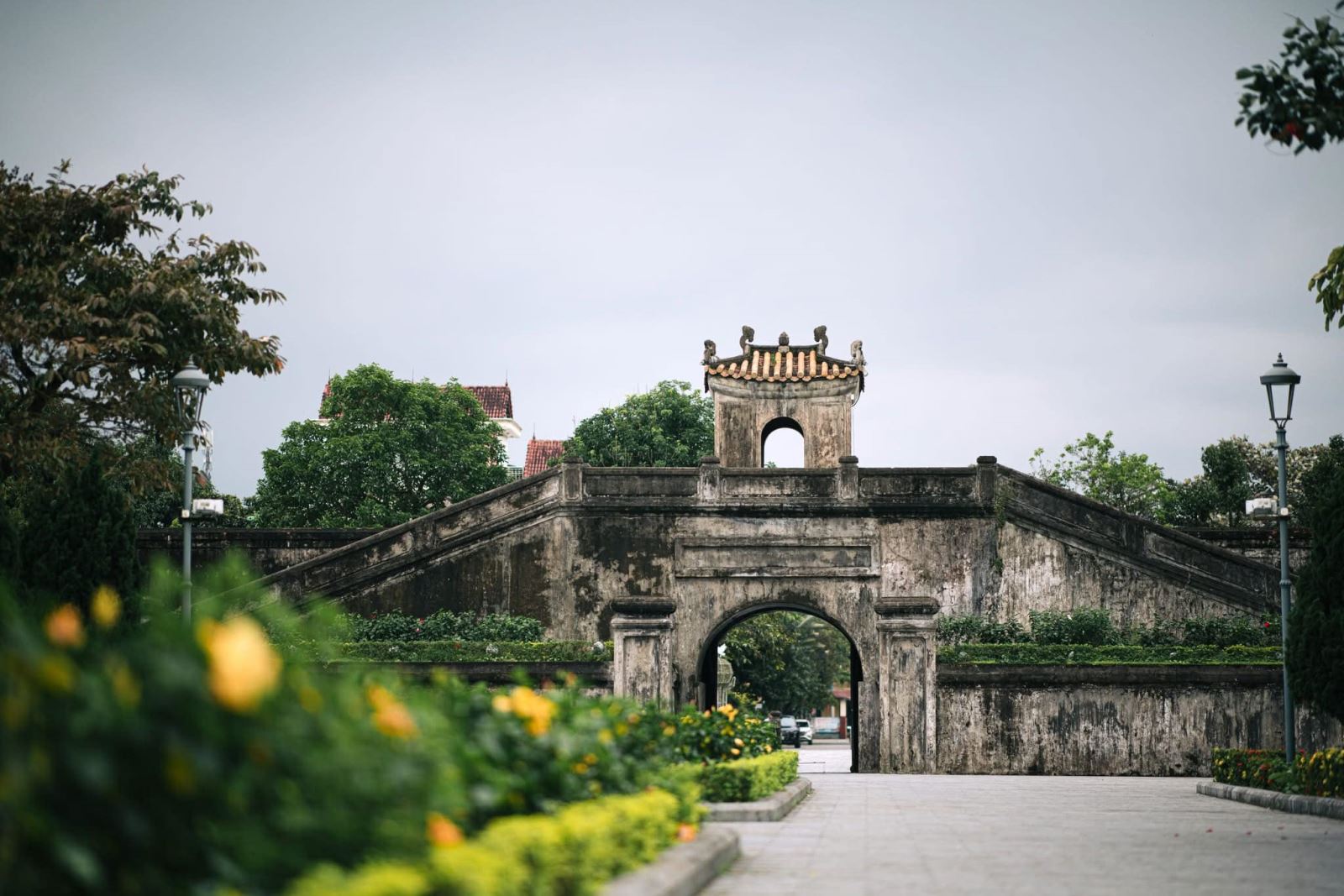
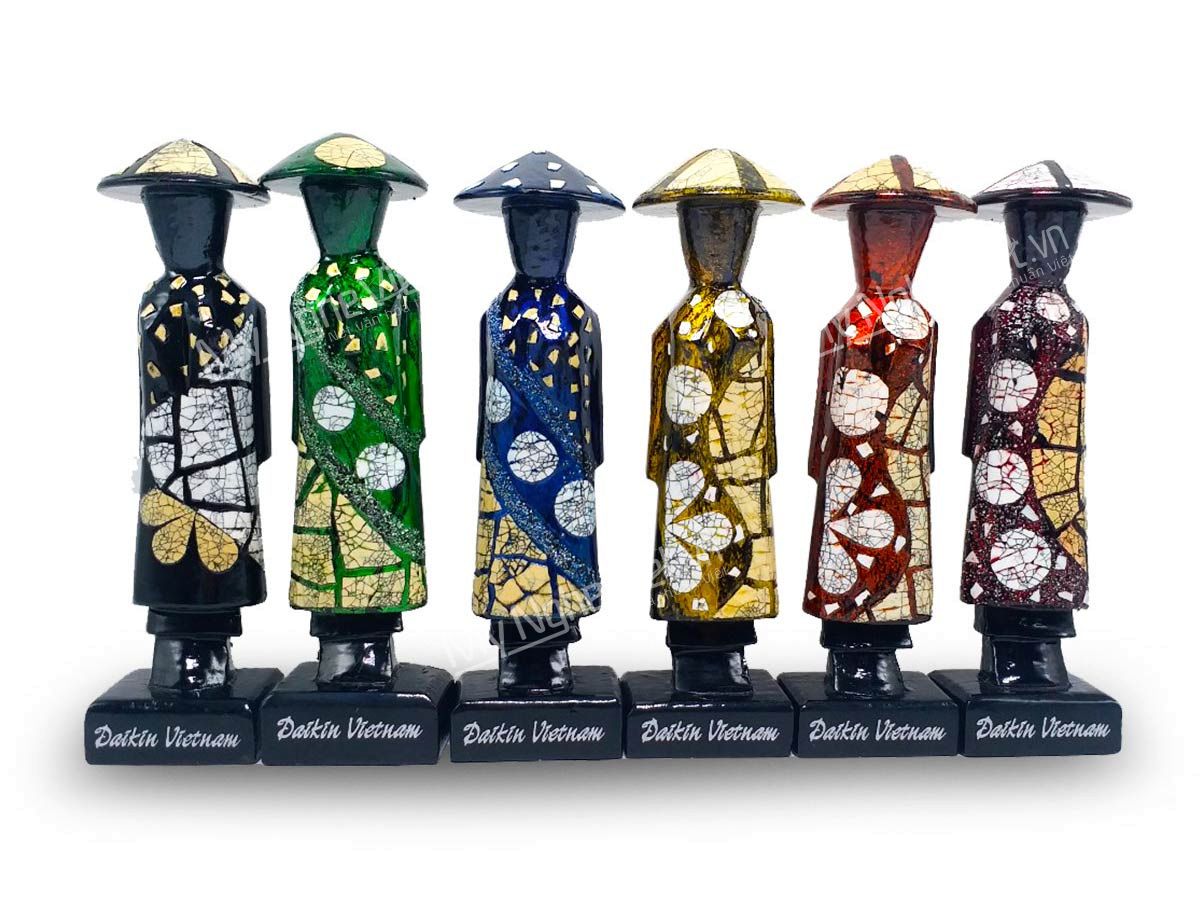
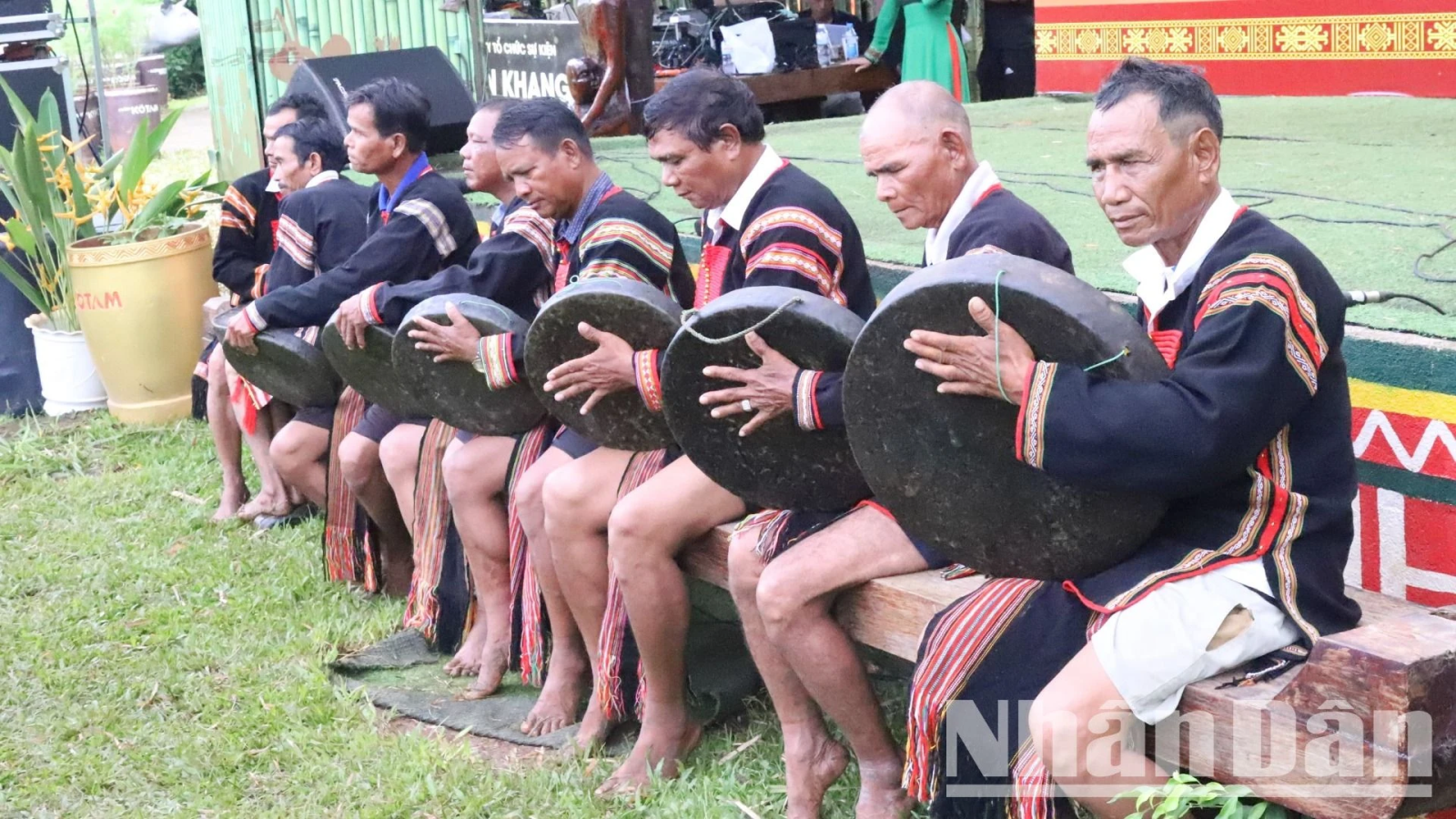

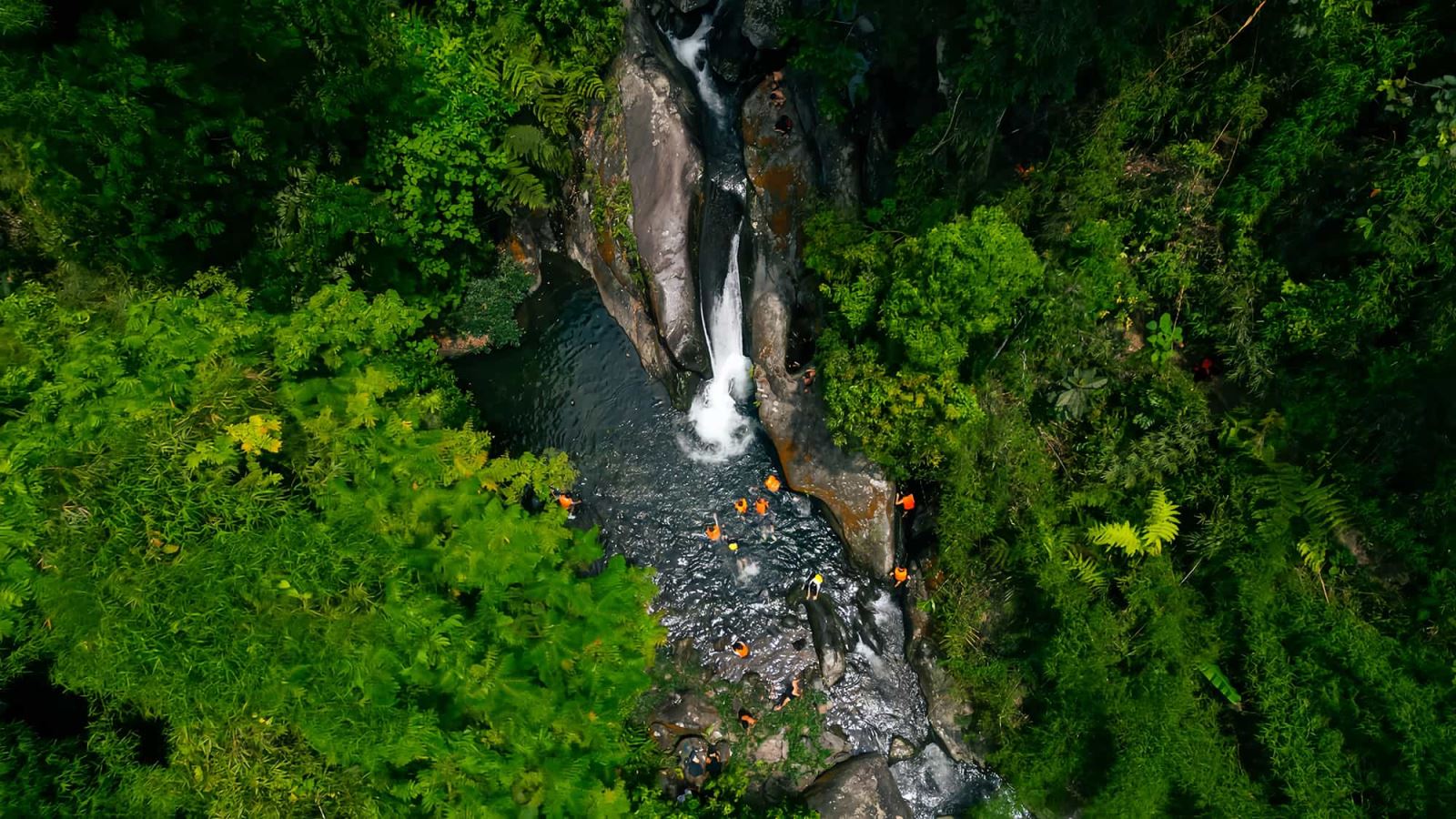
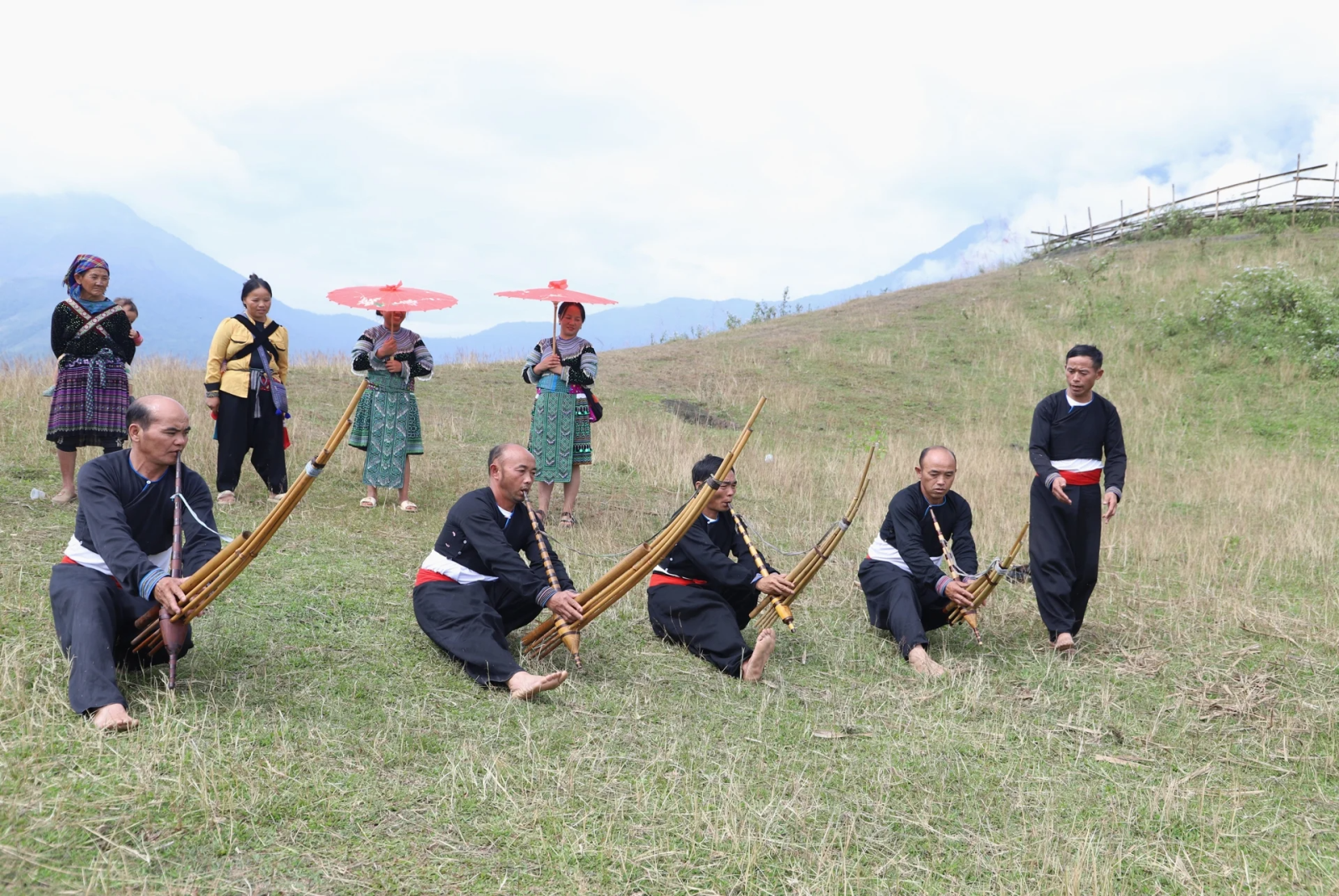
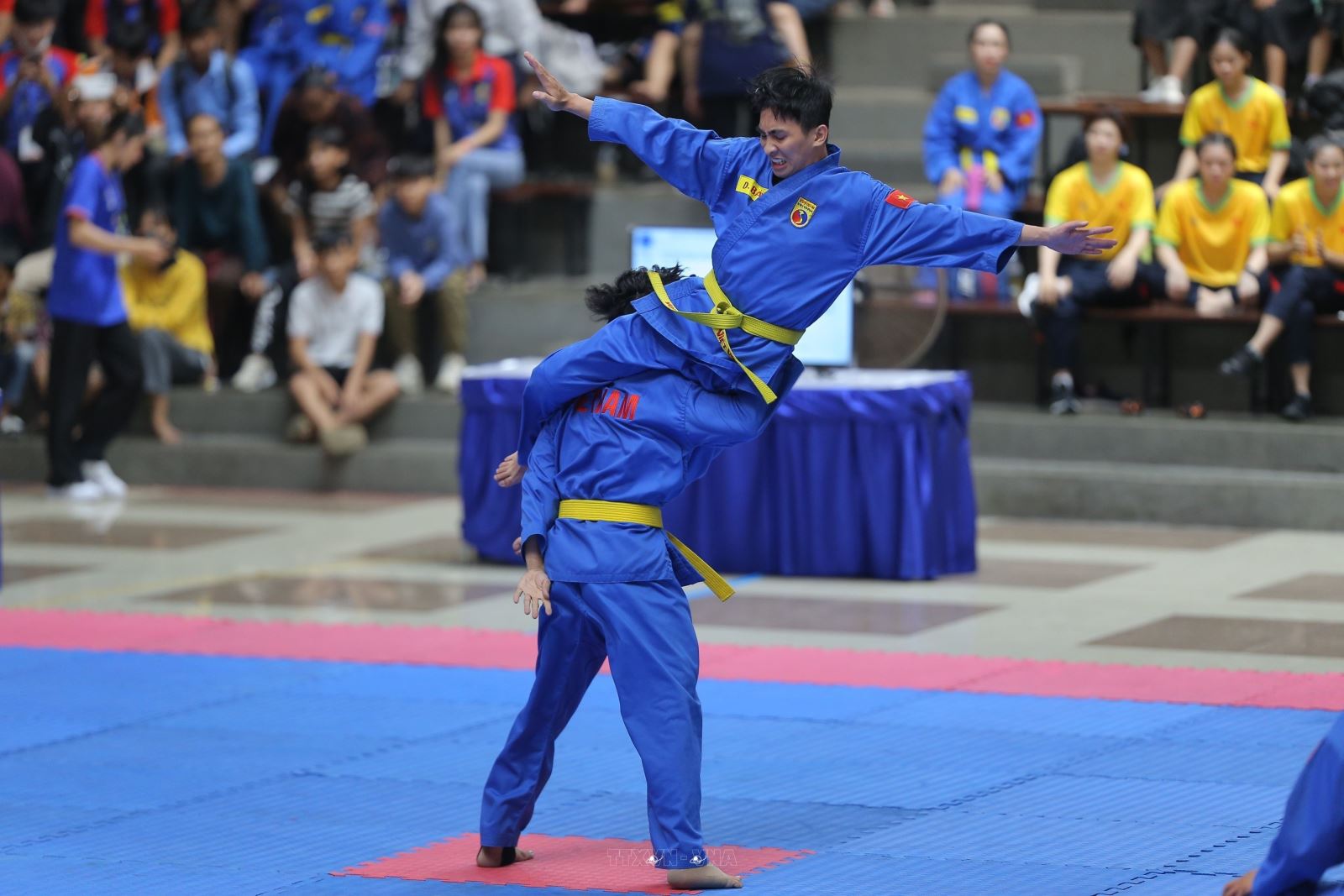
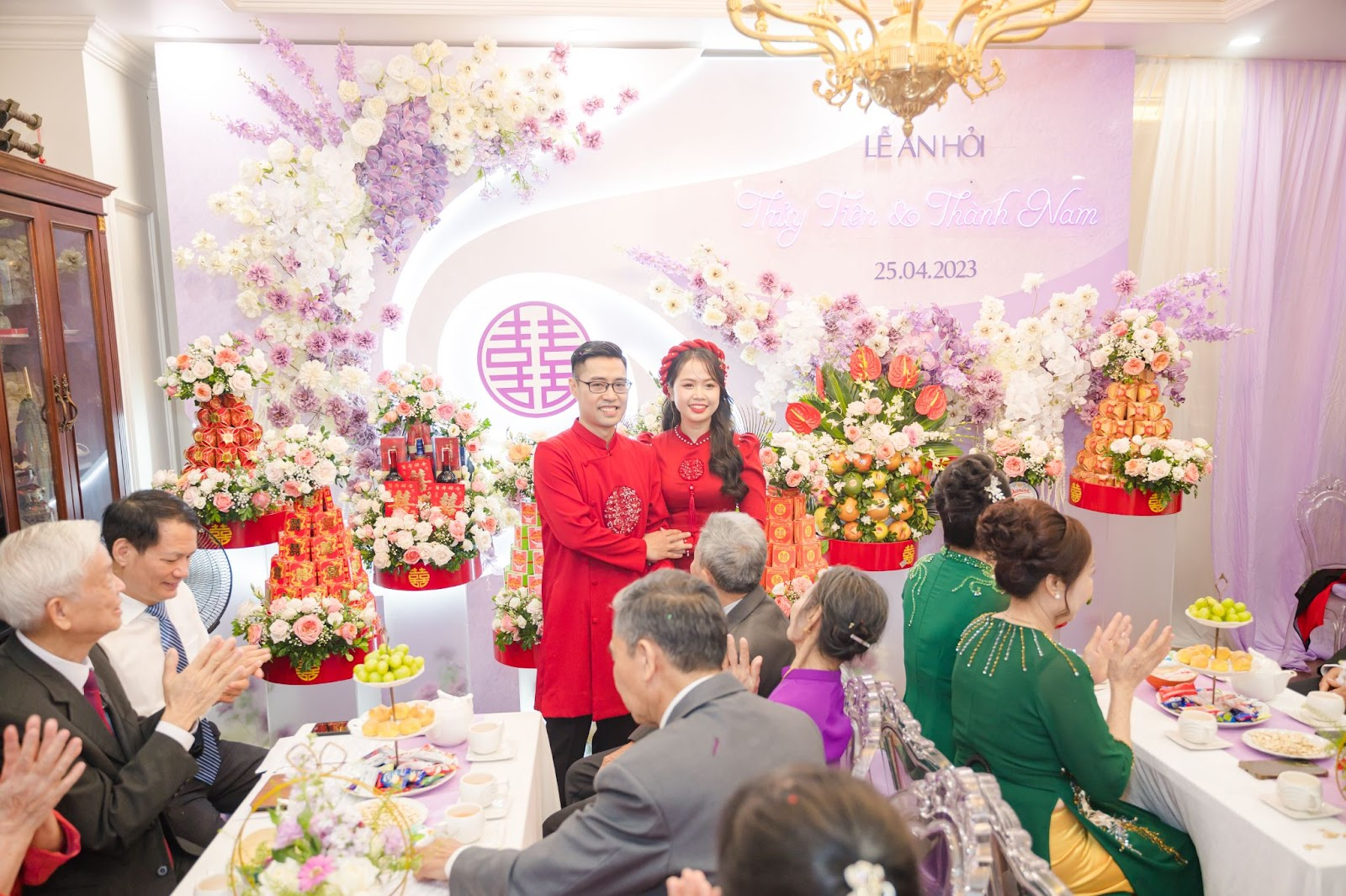
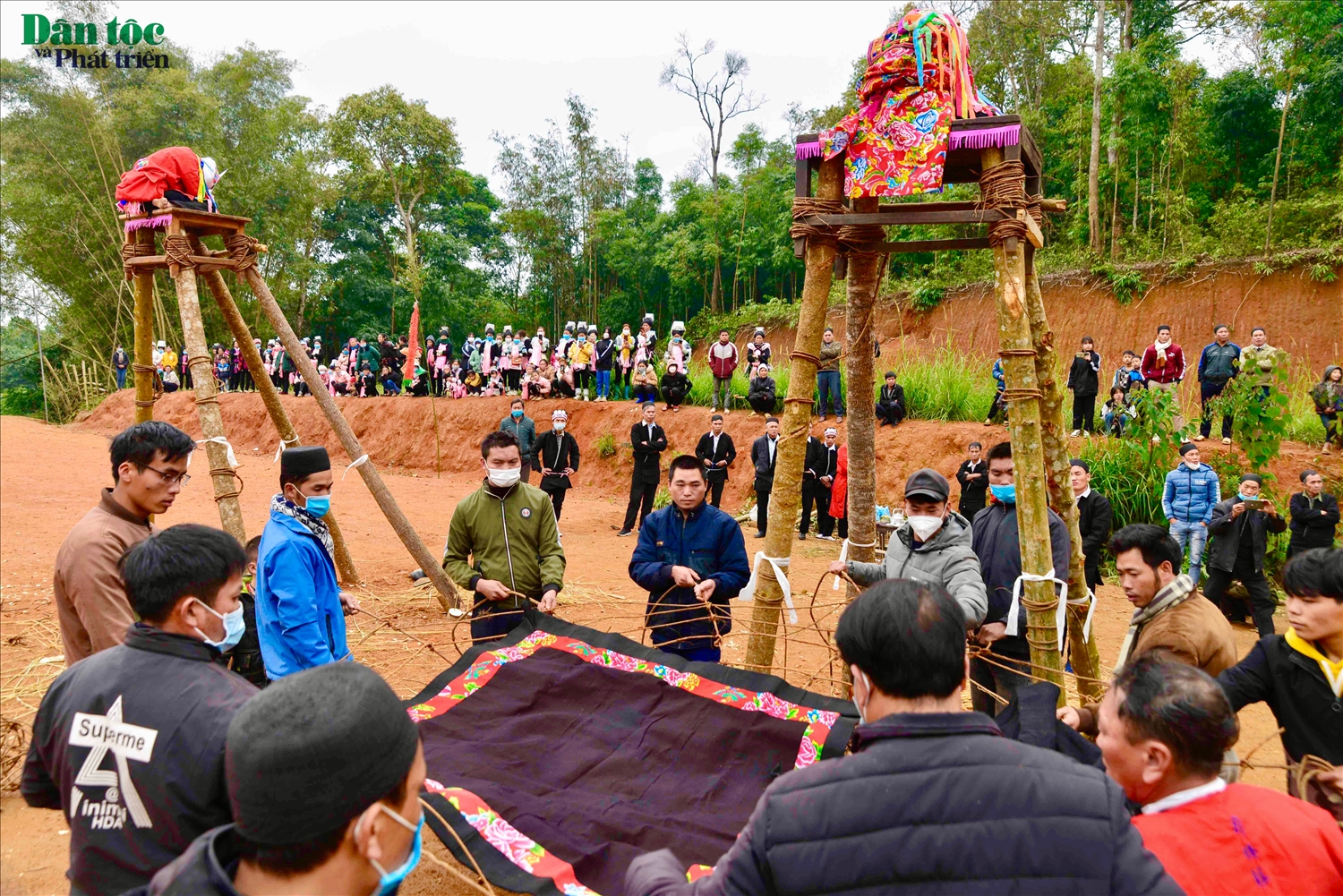
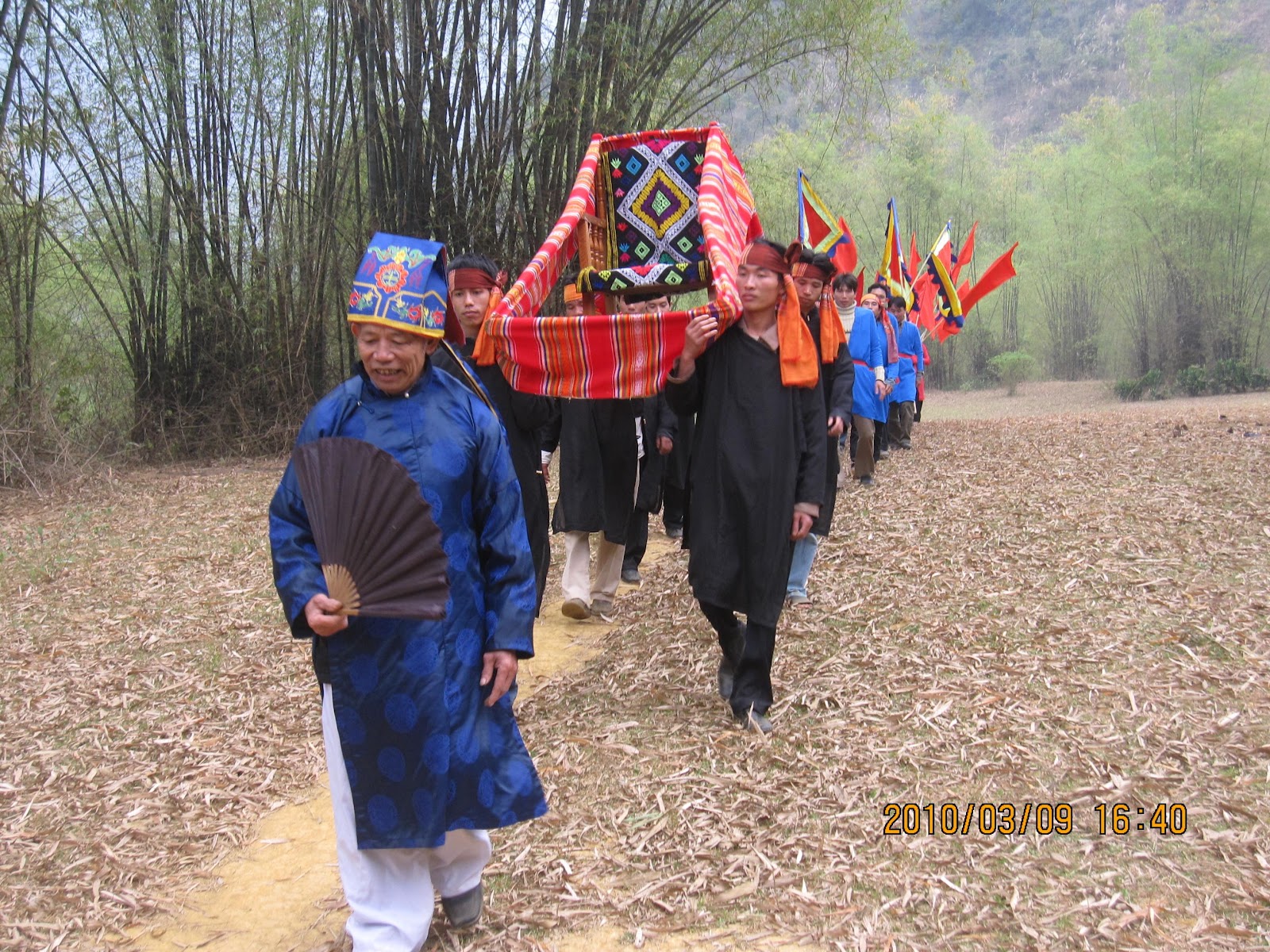
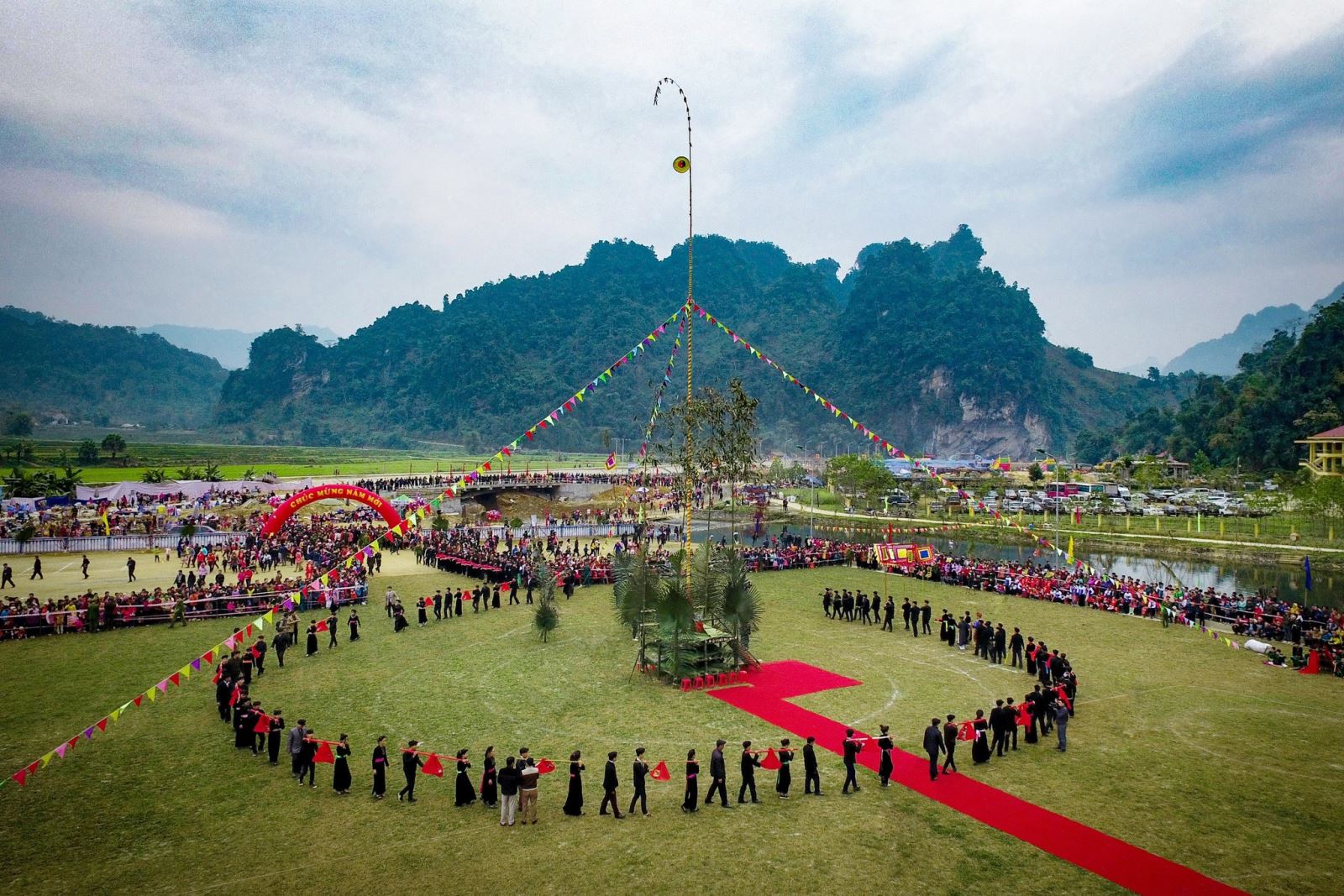
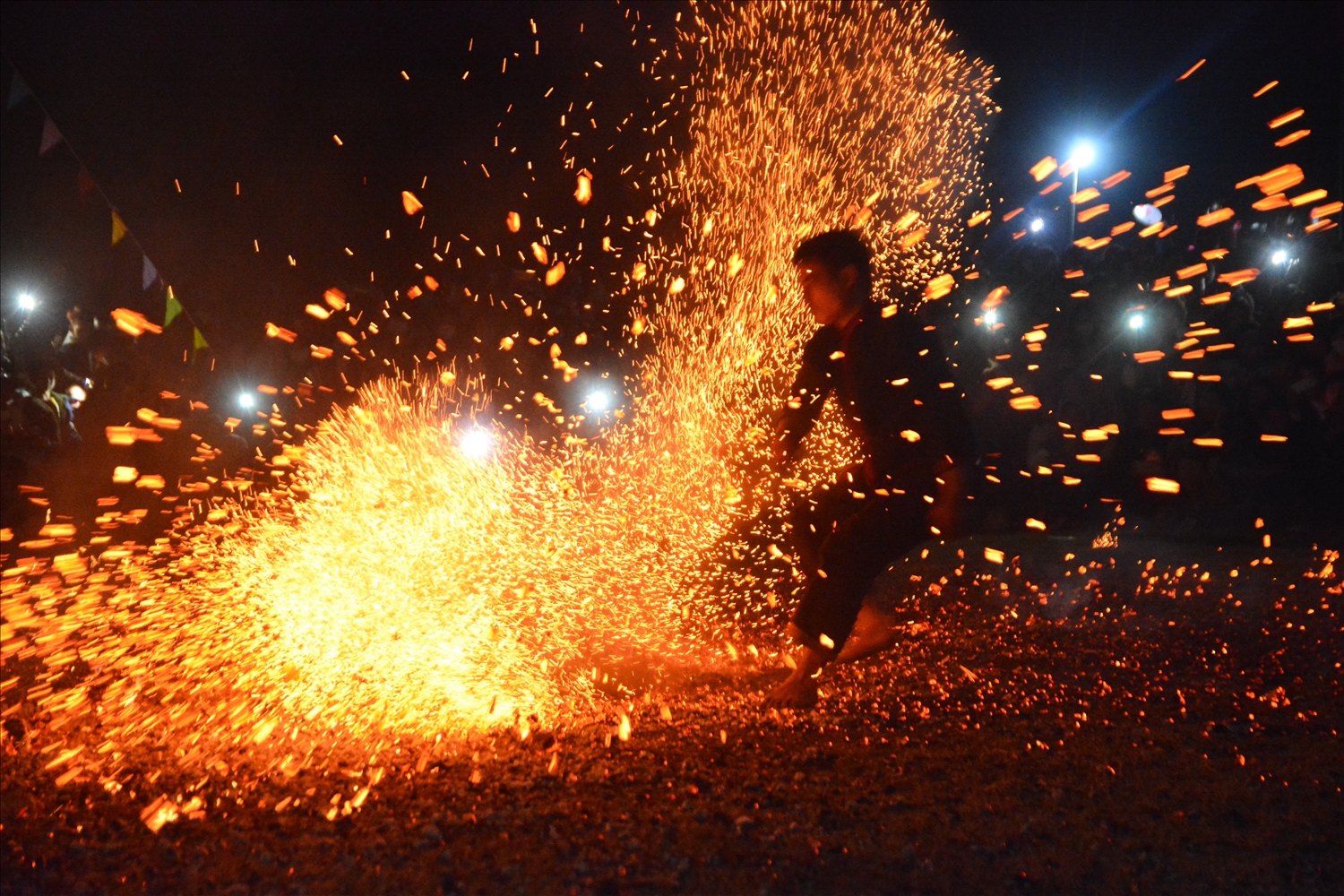
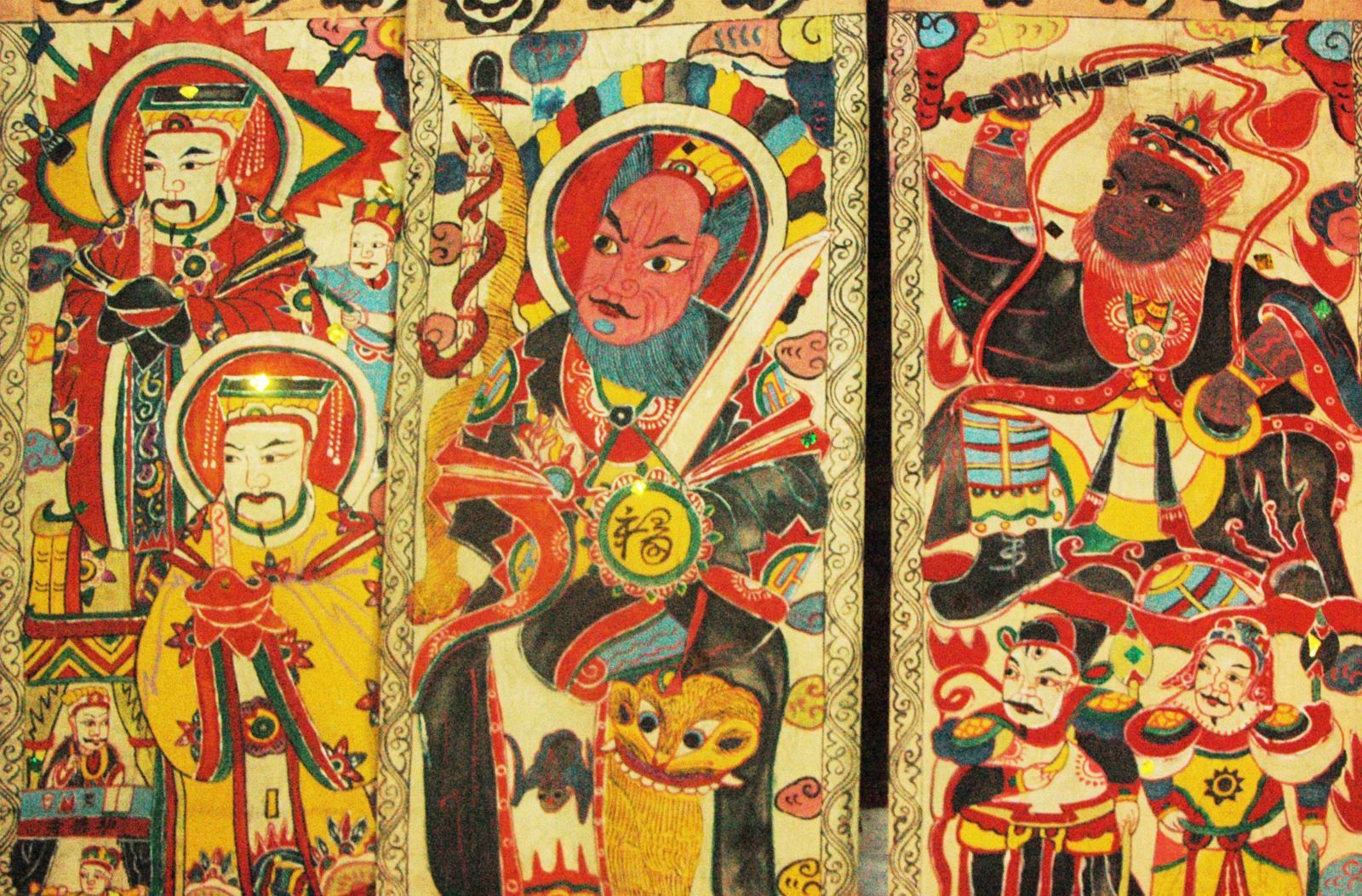

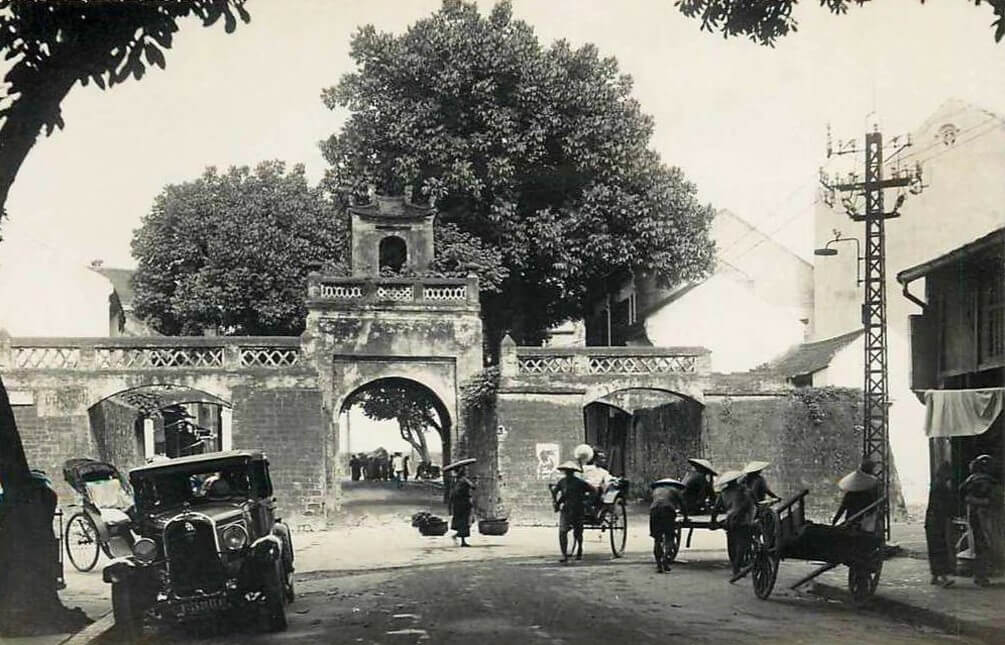
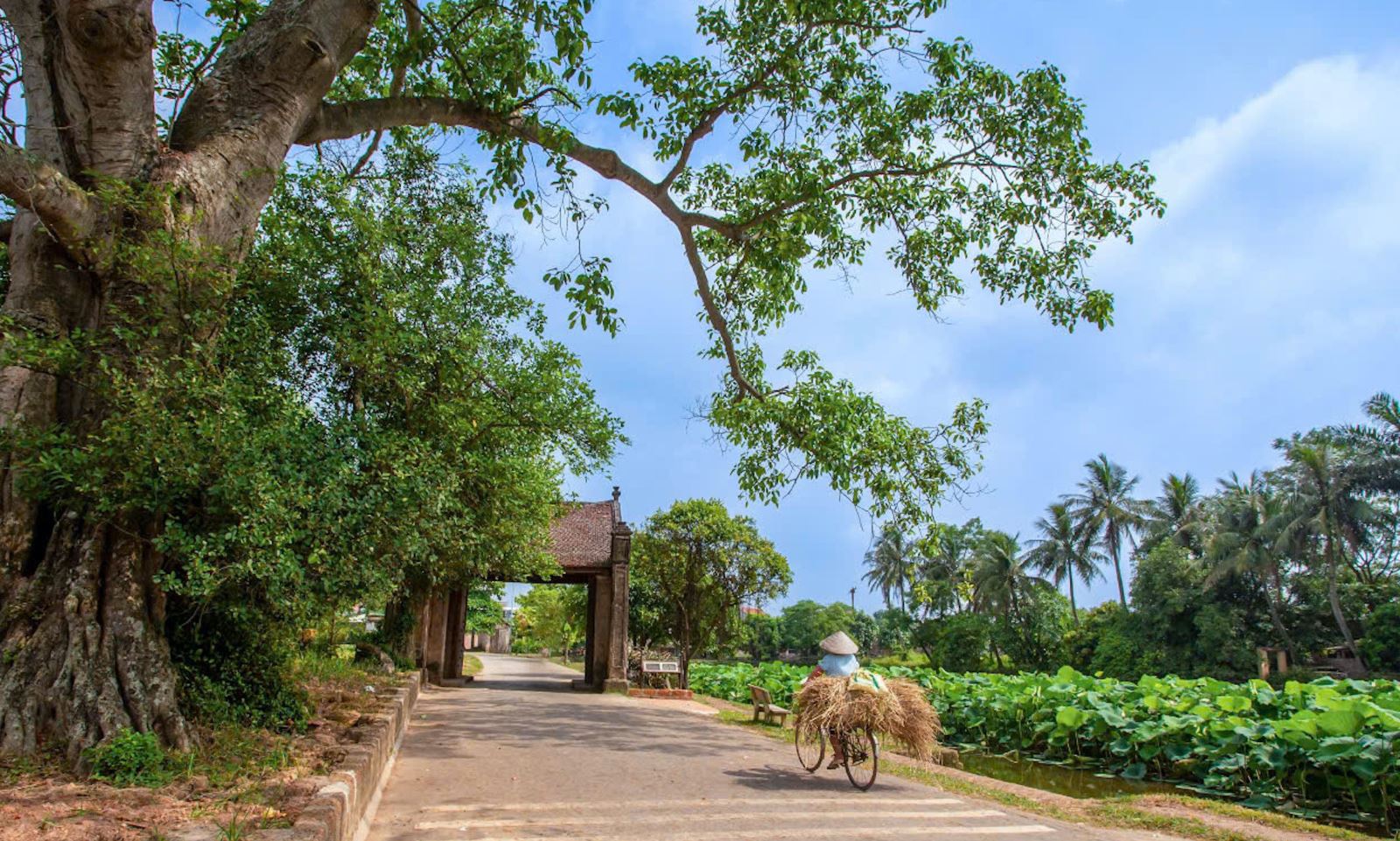
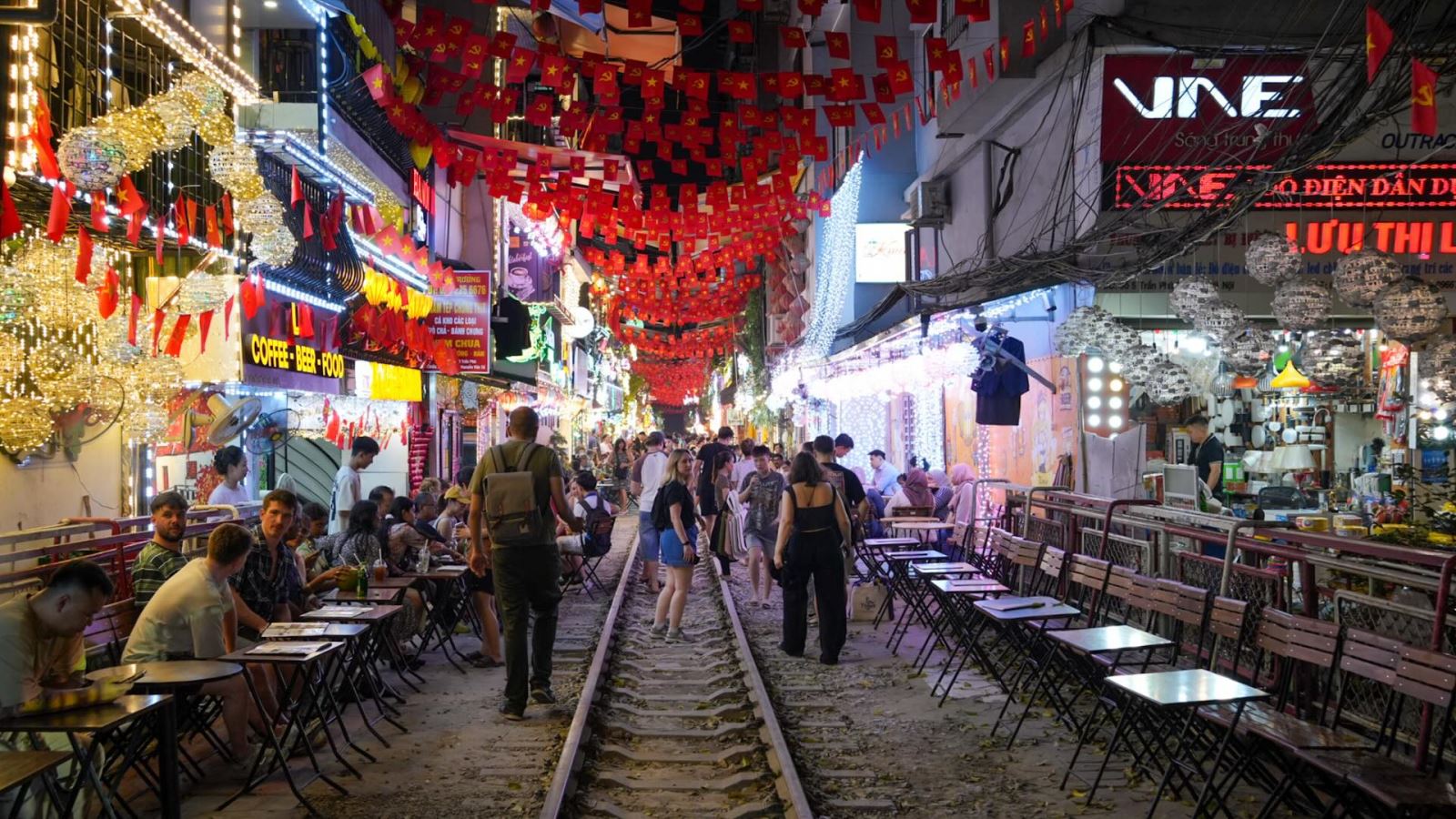
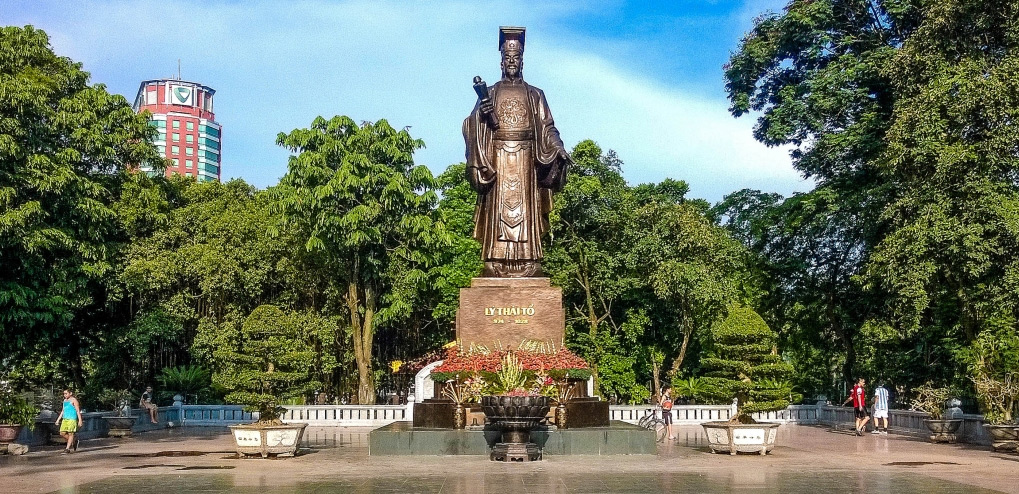

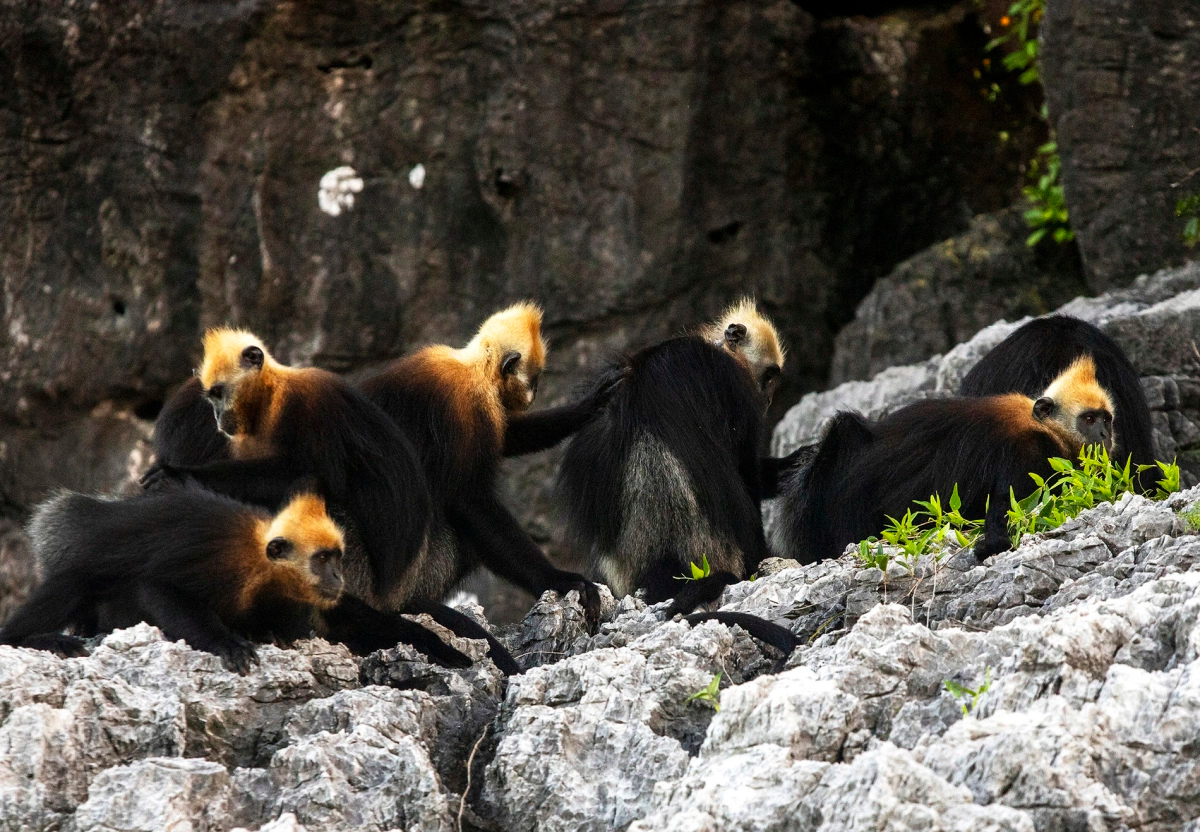
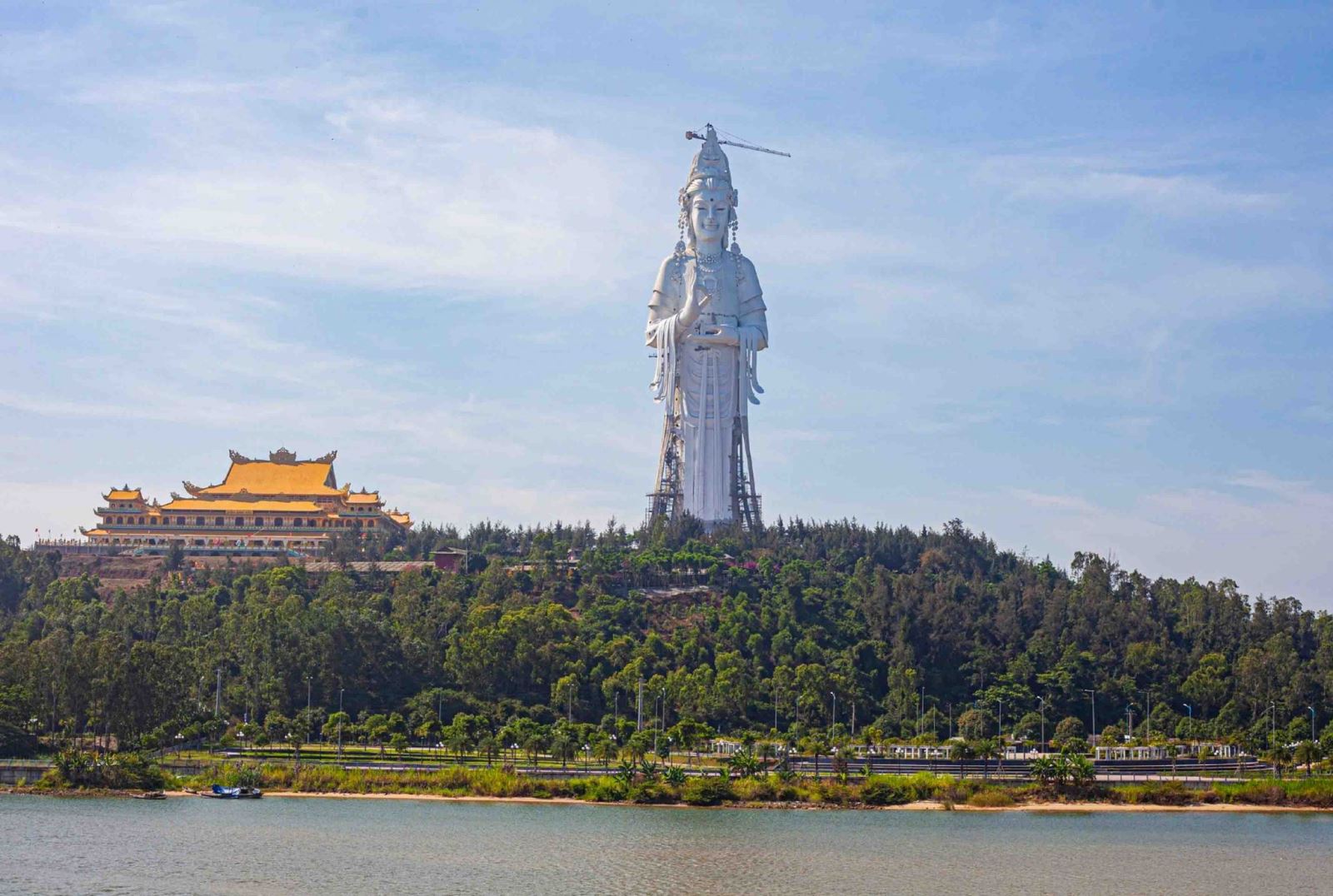
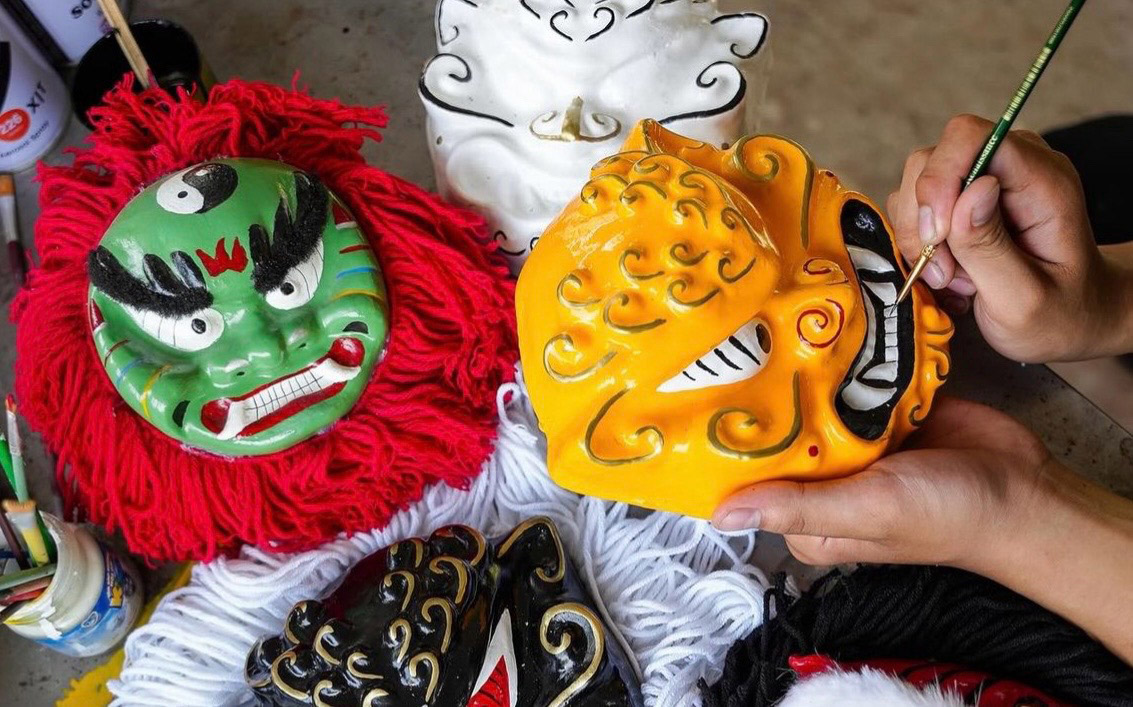
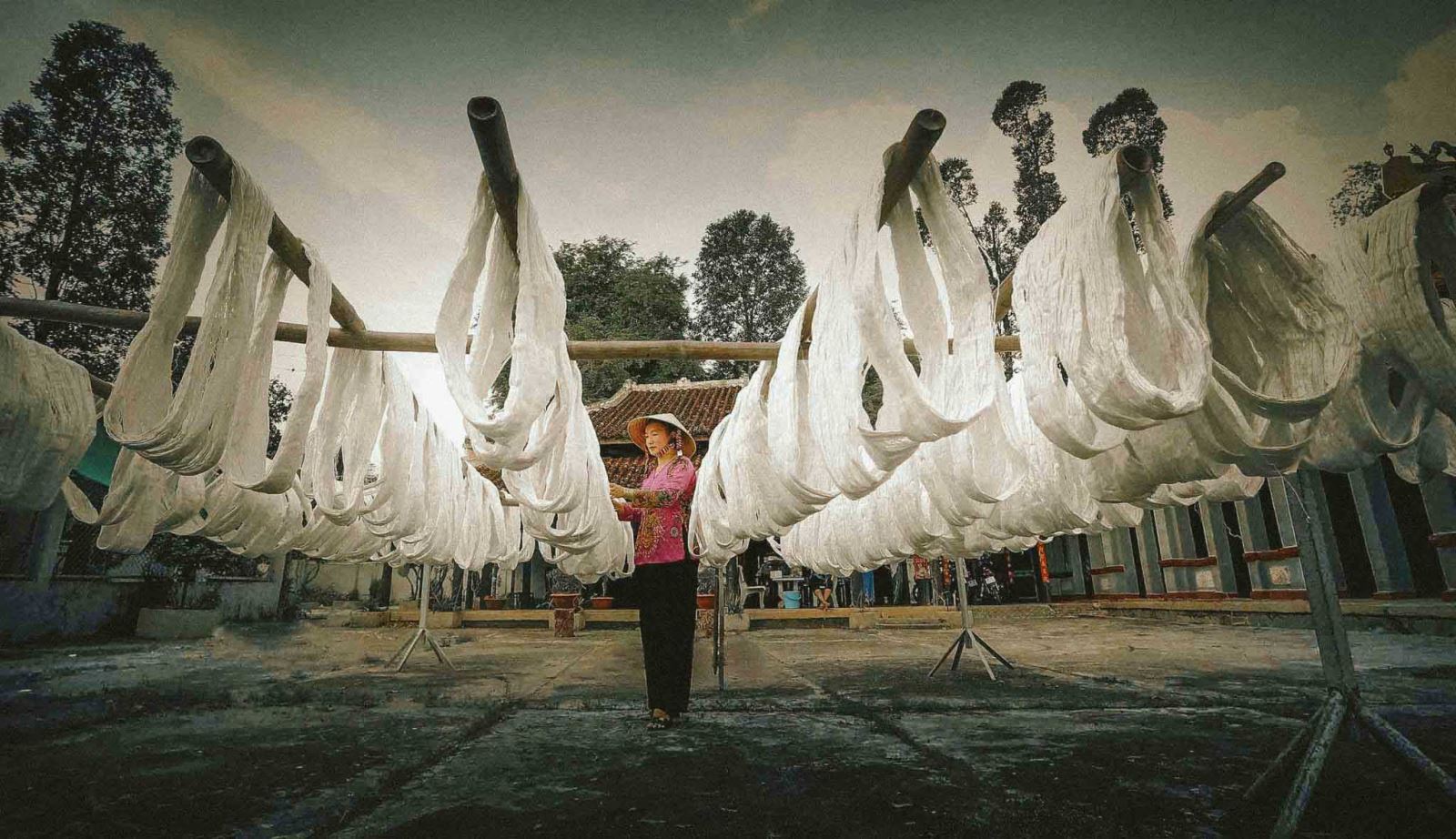

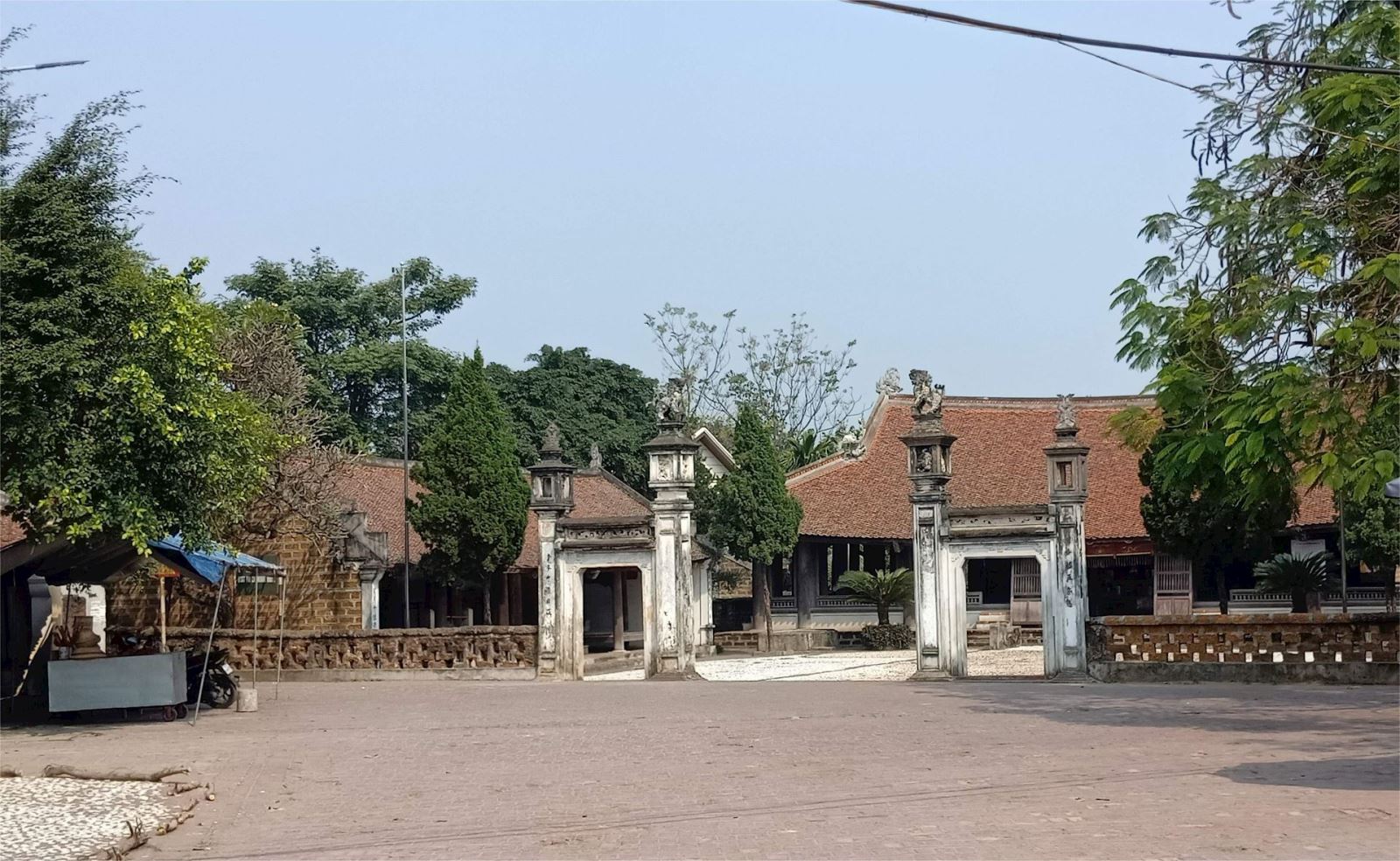
.png)